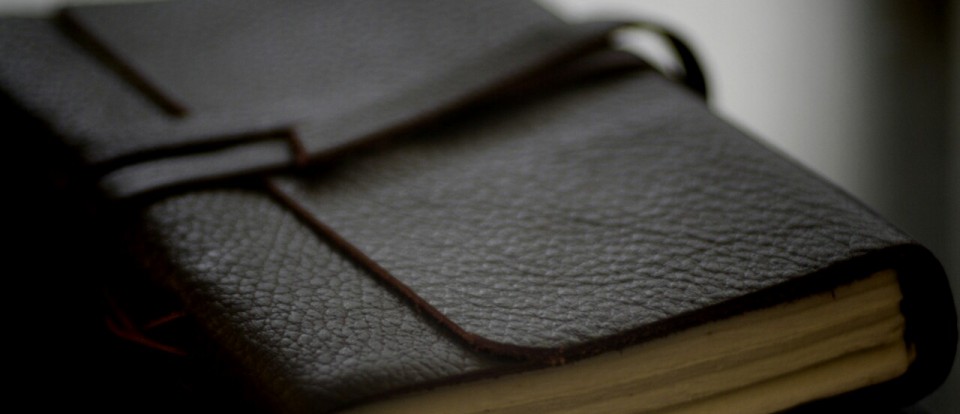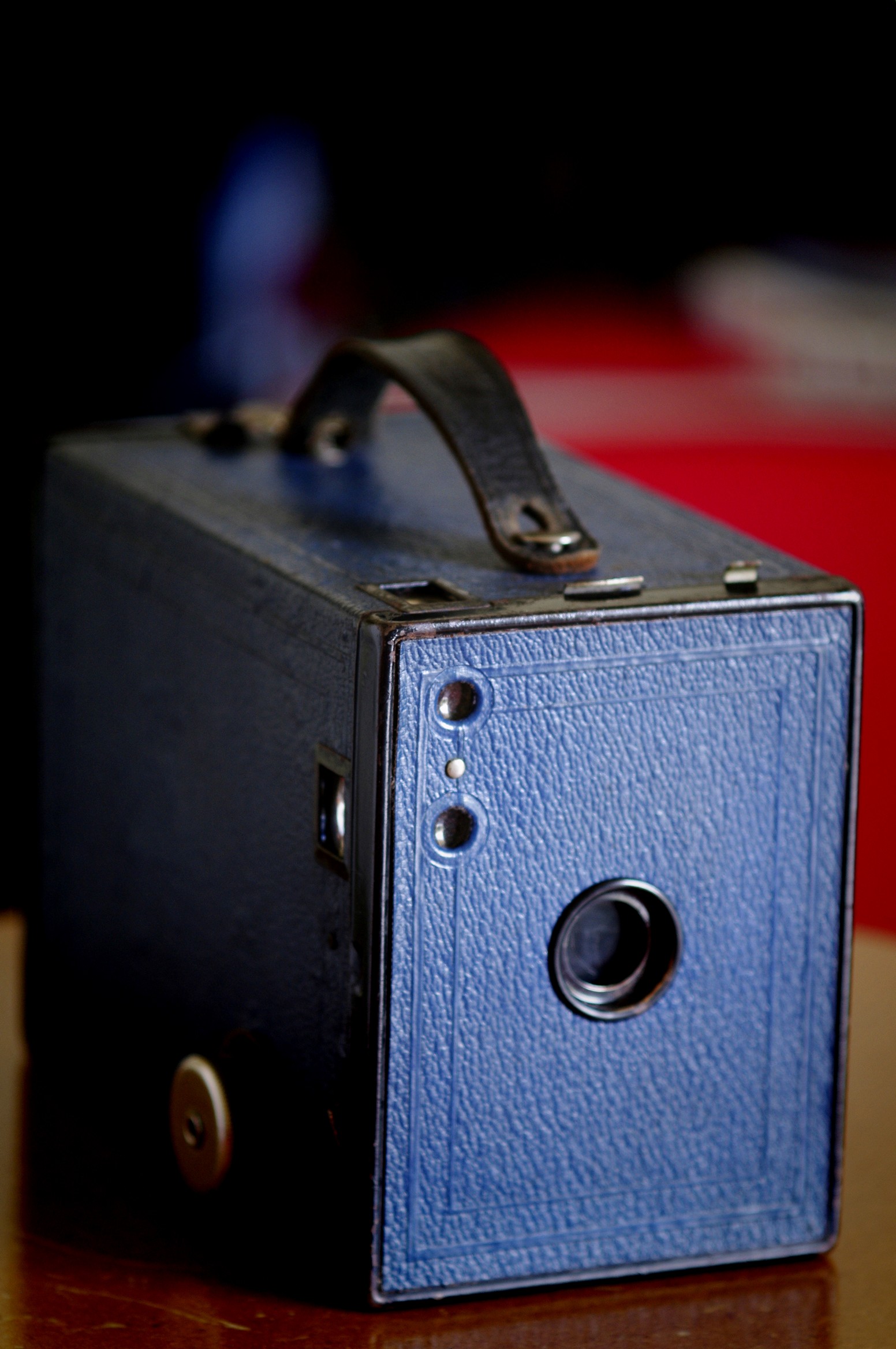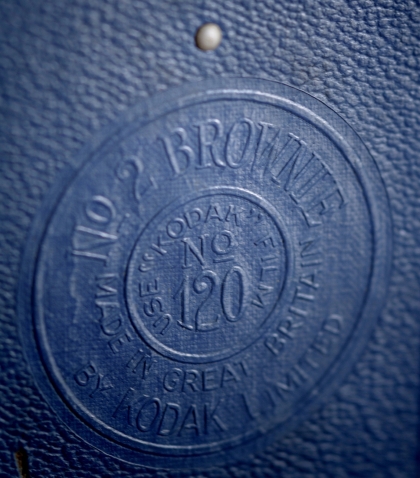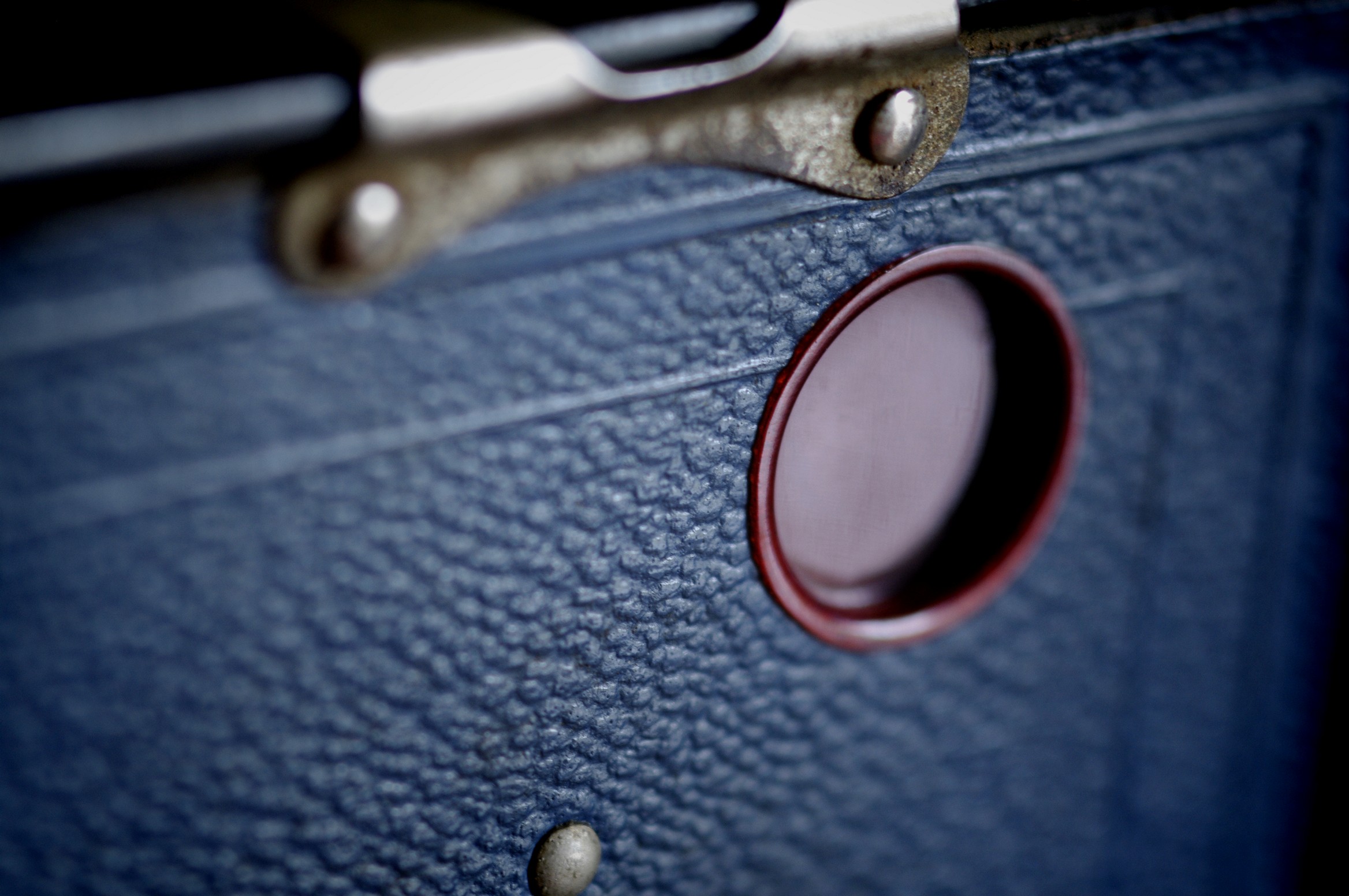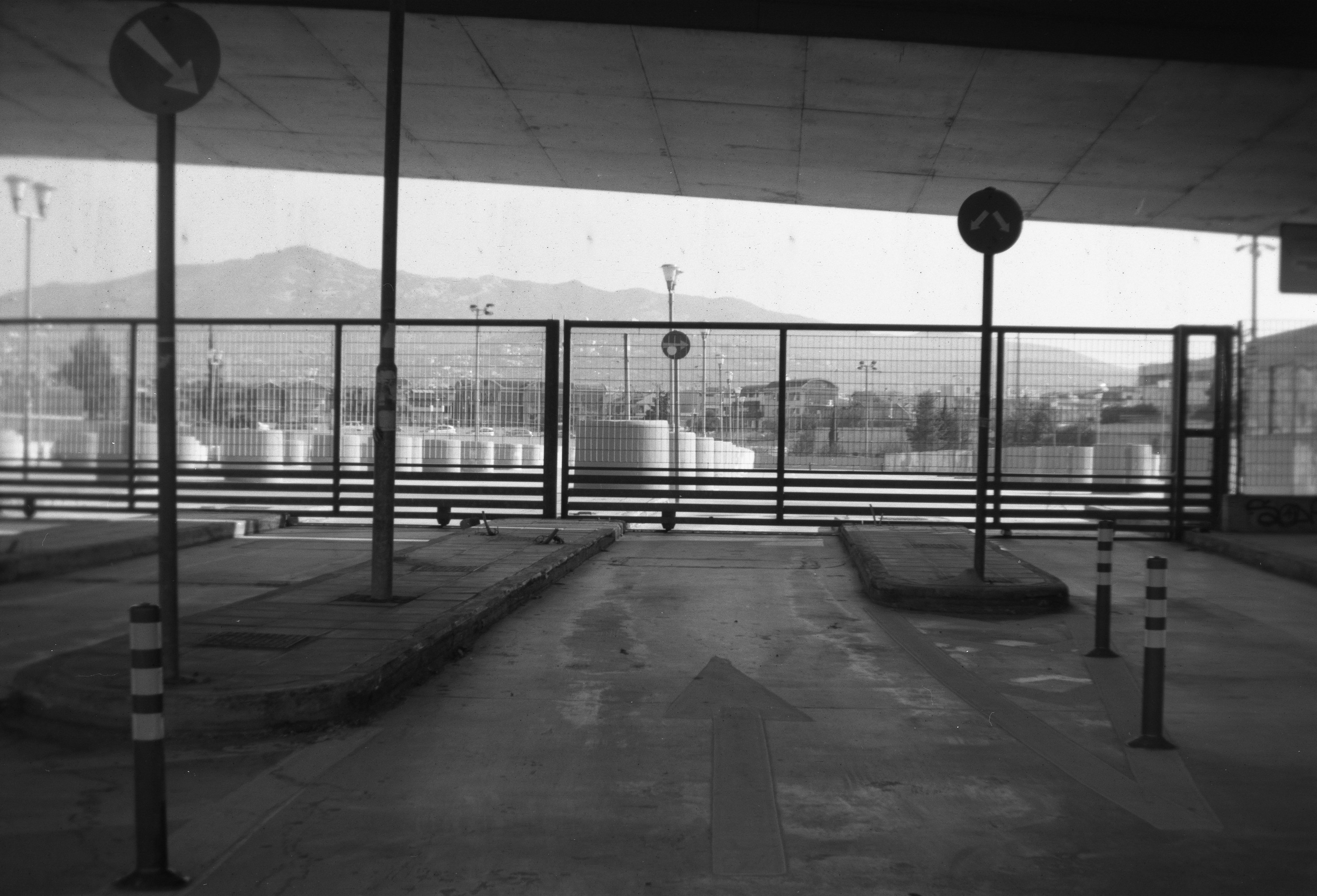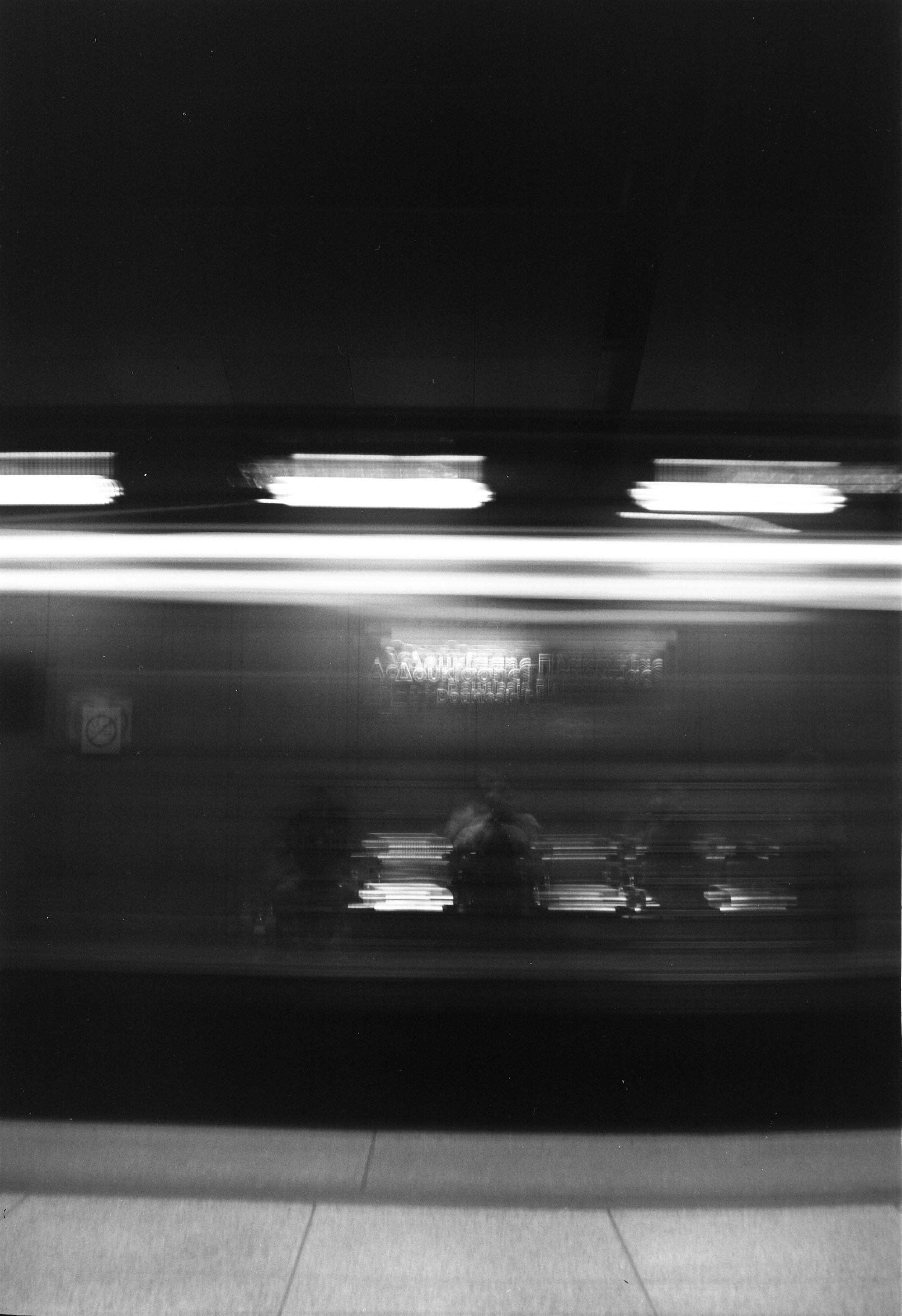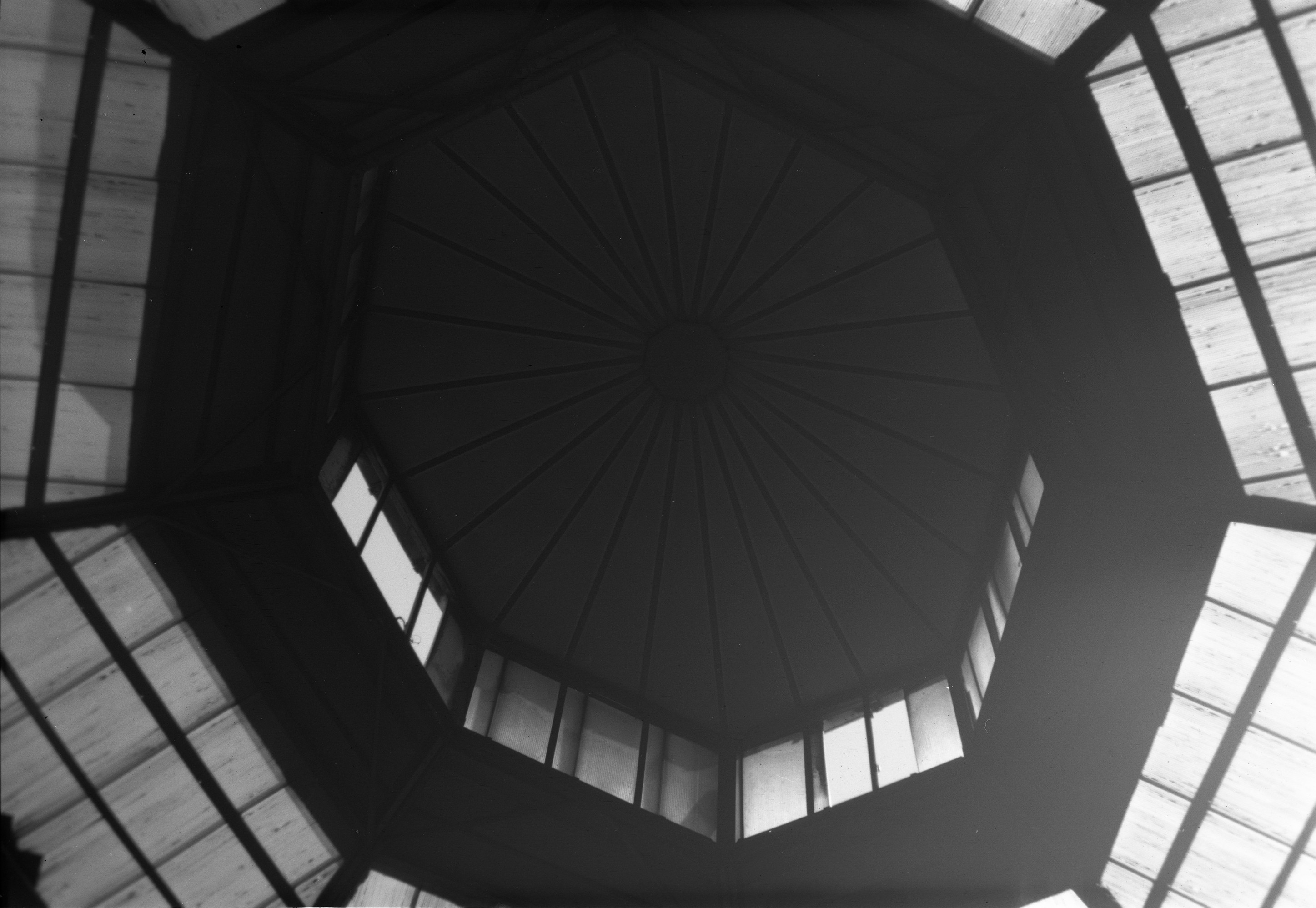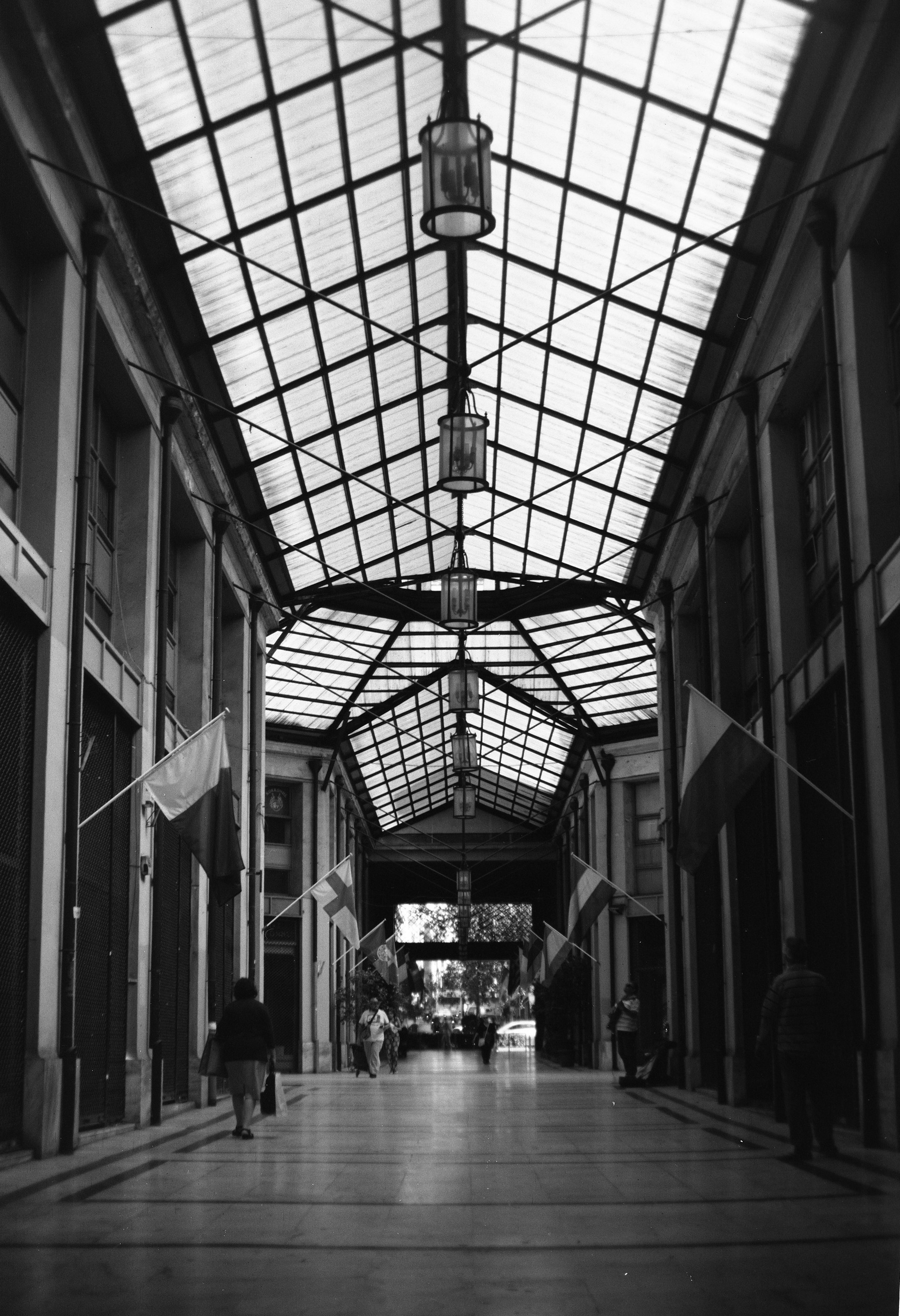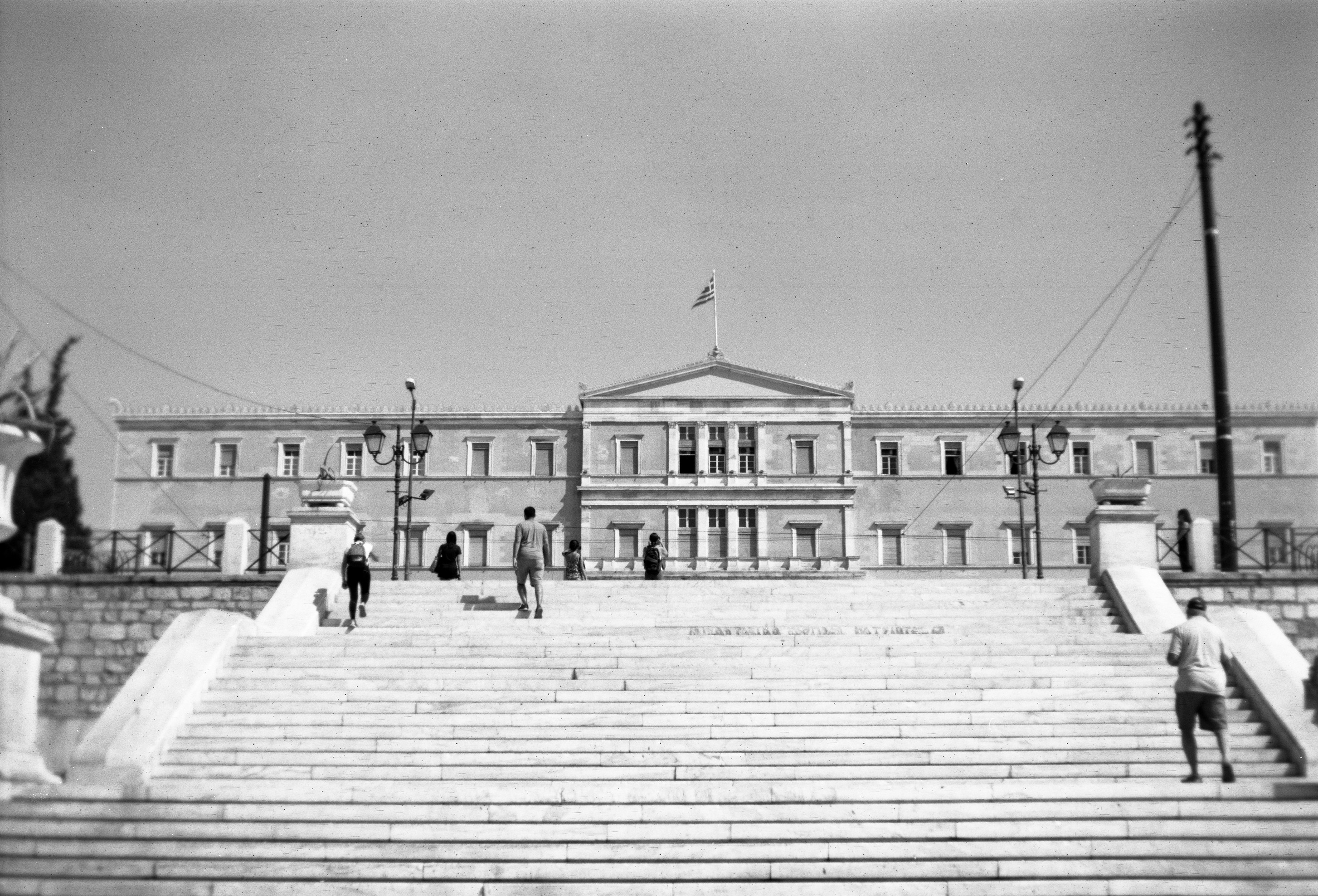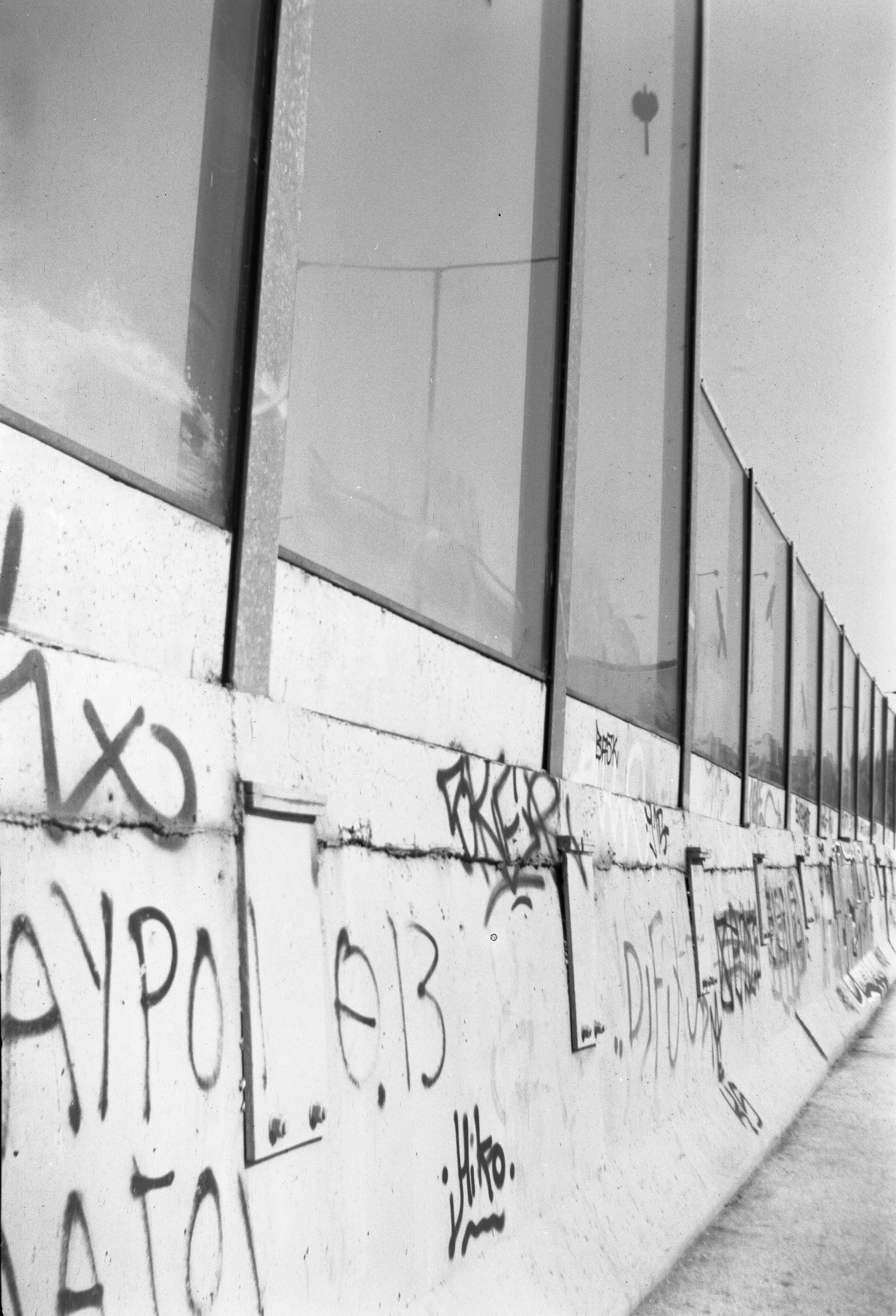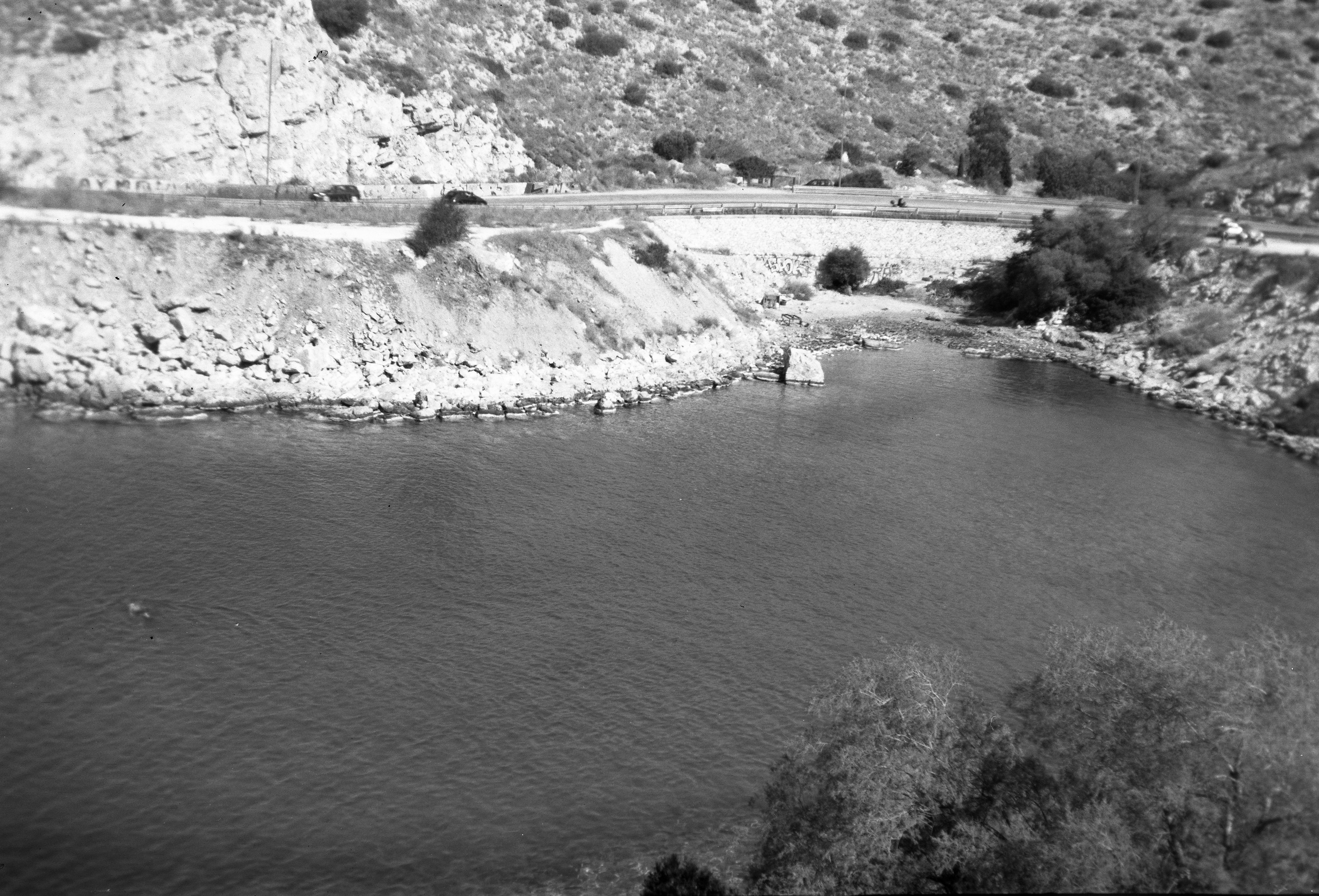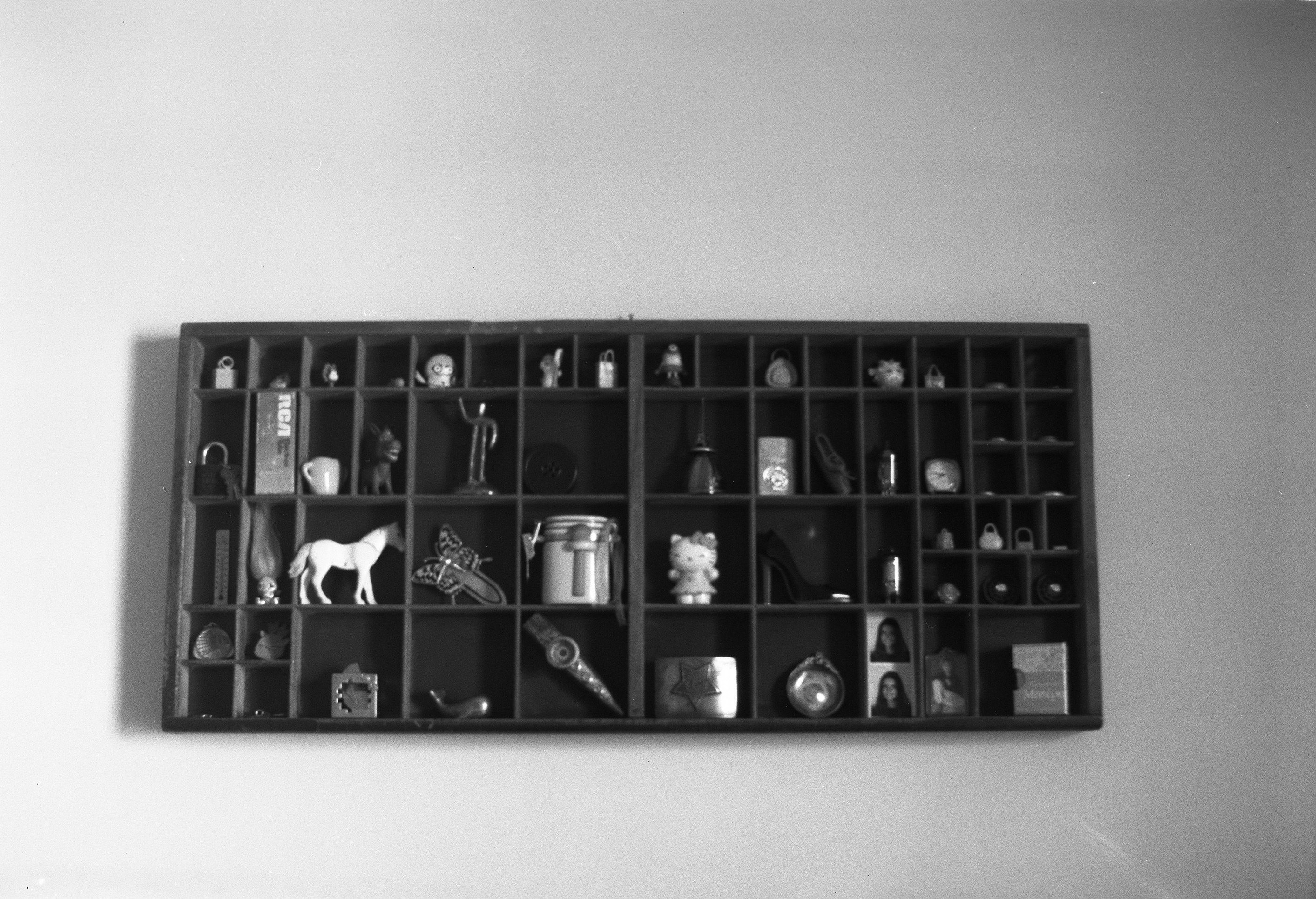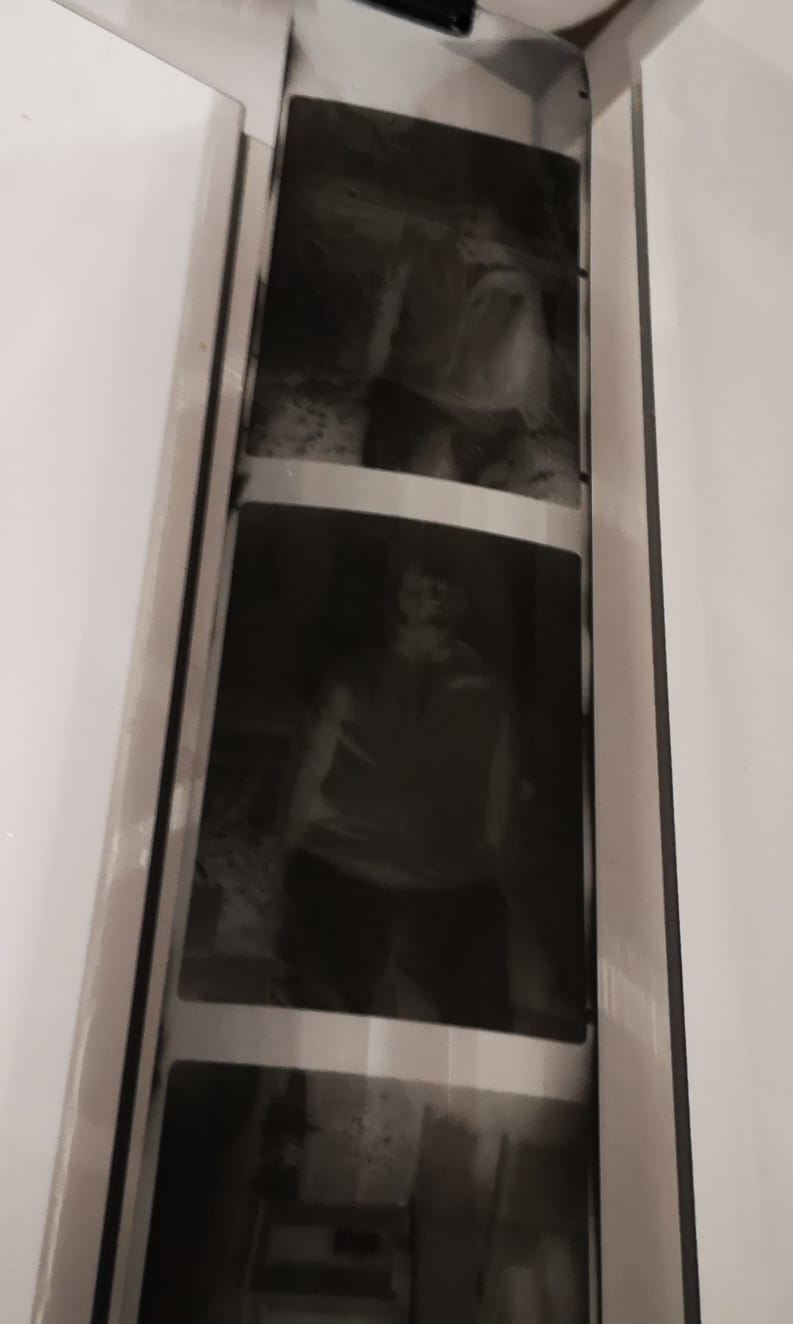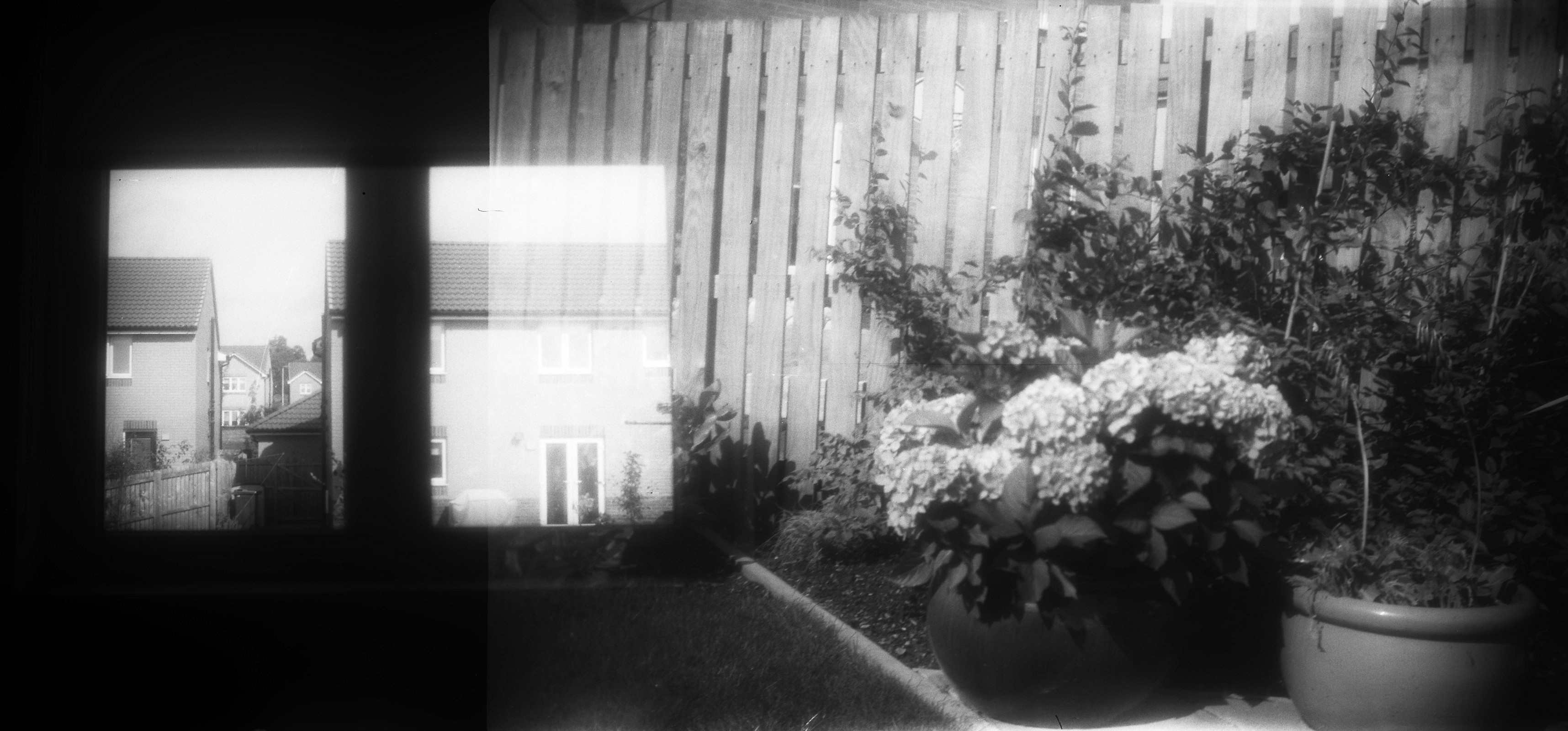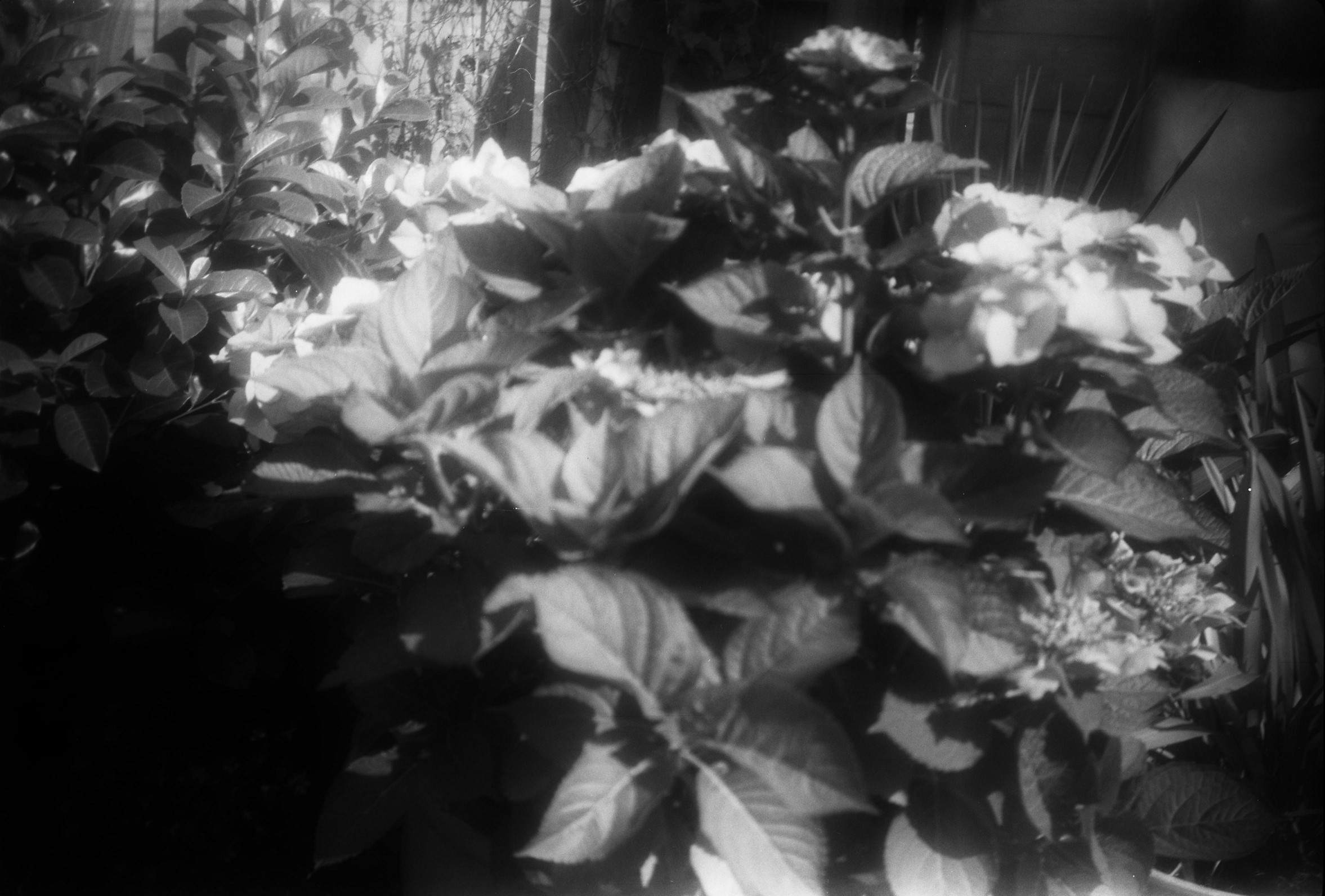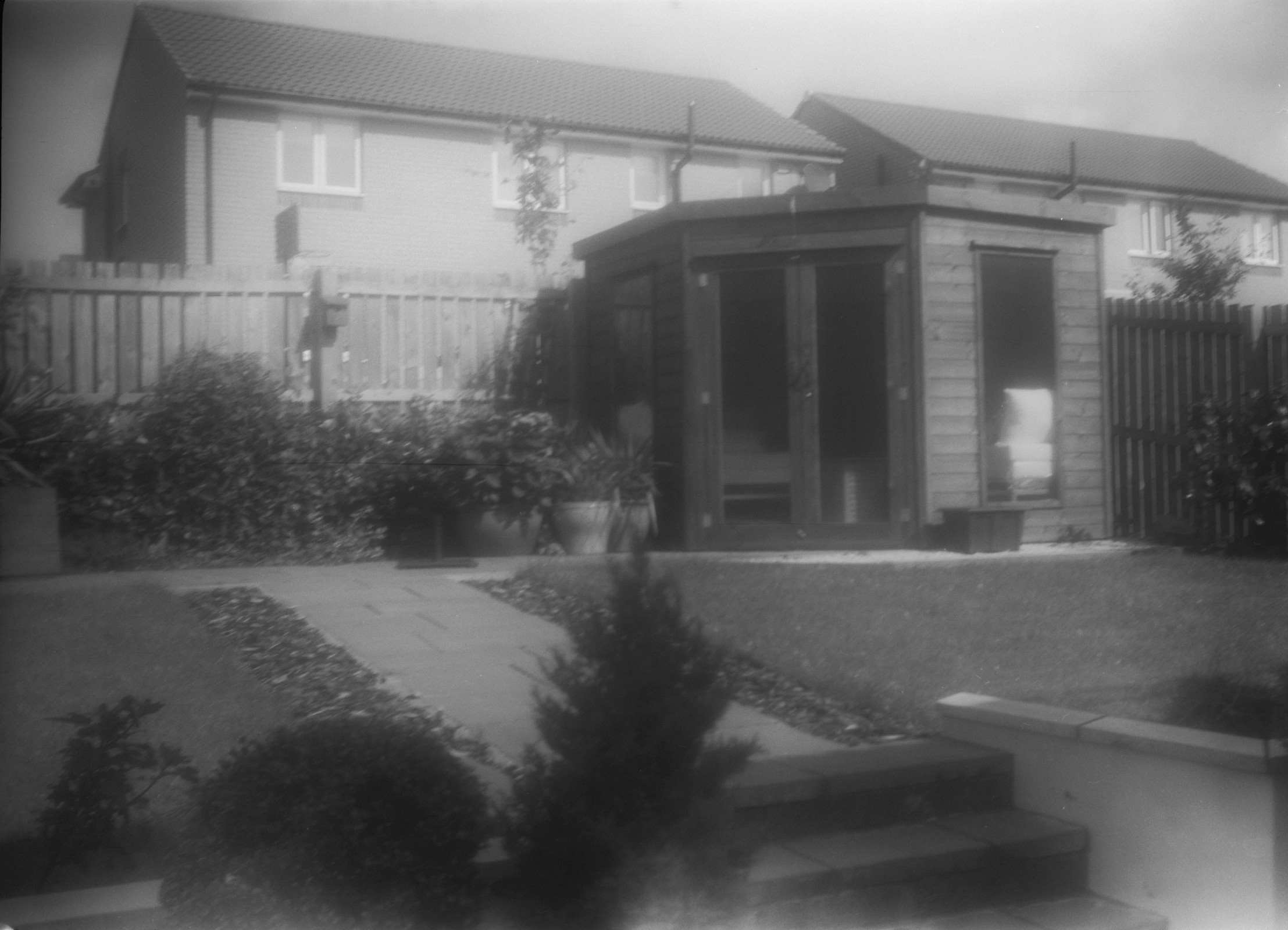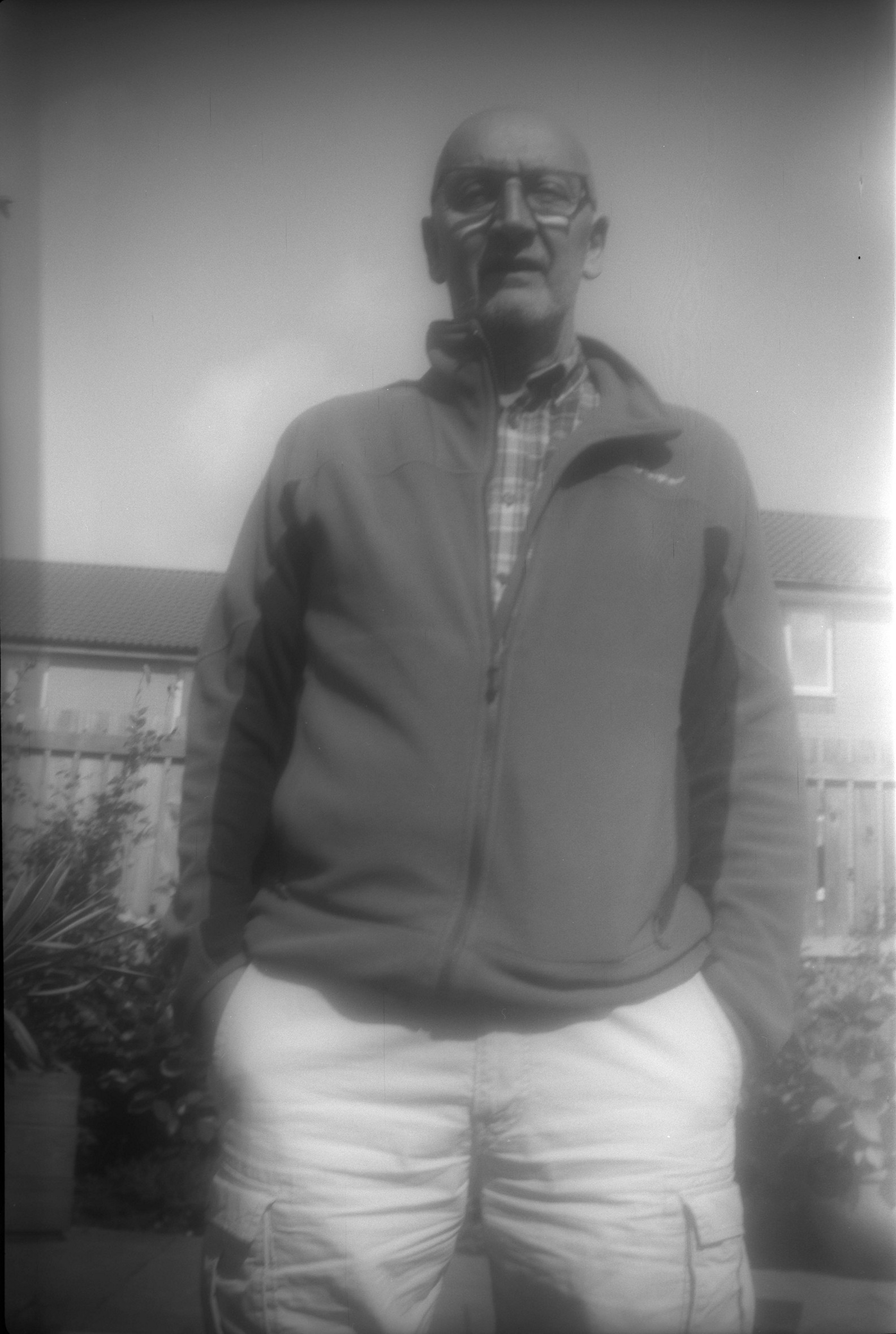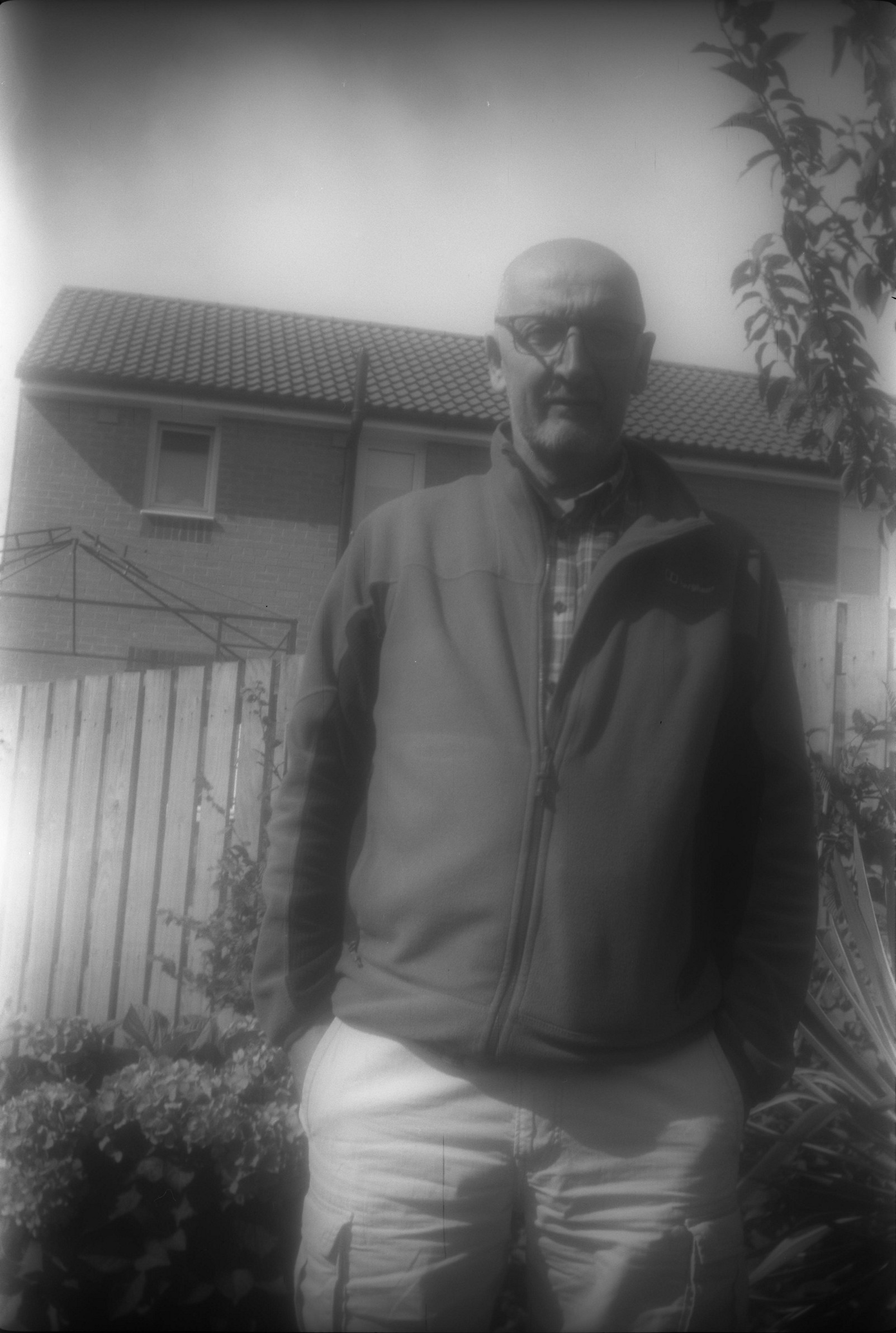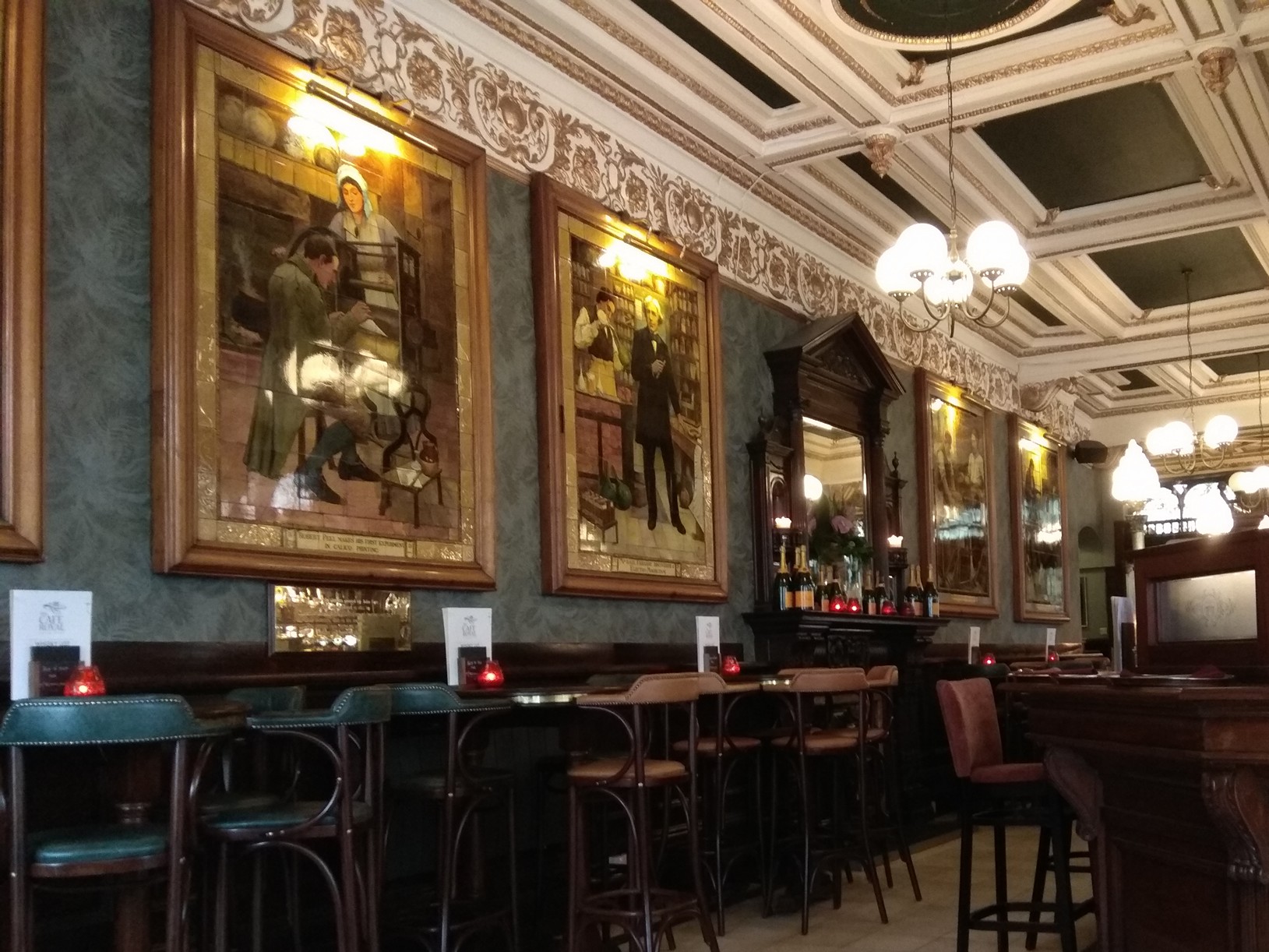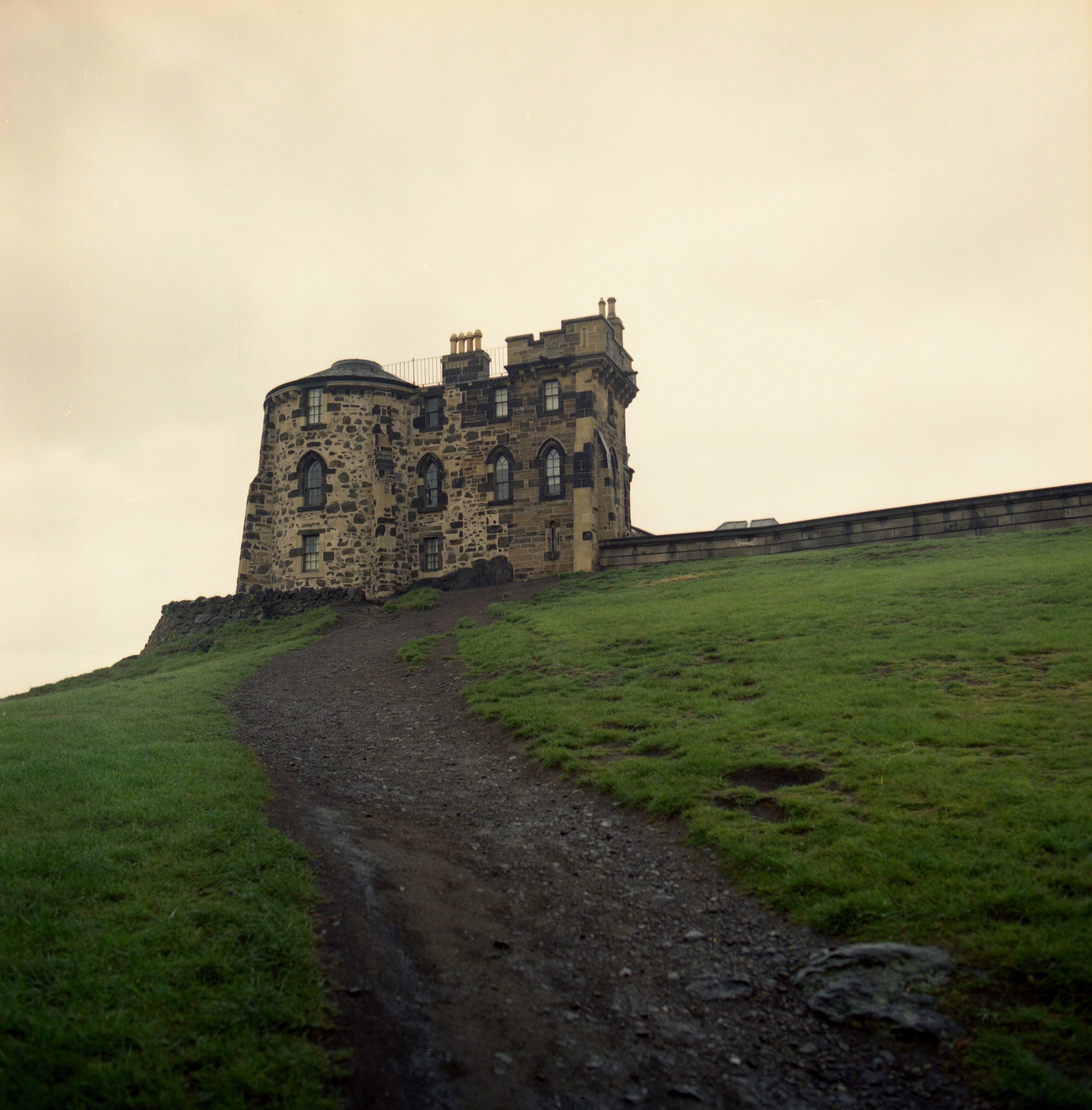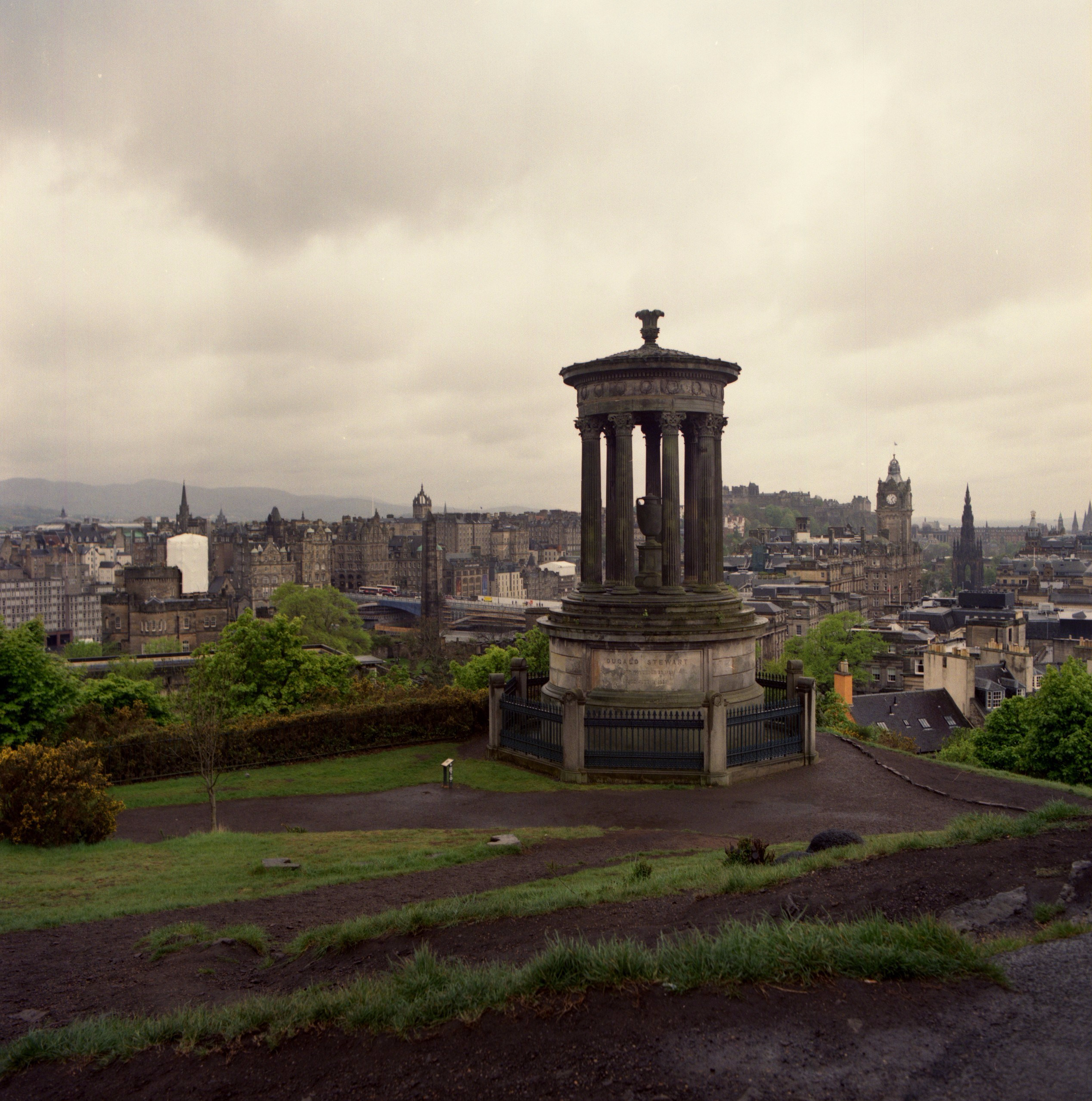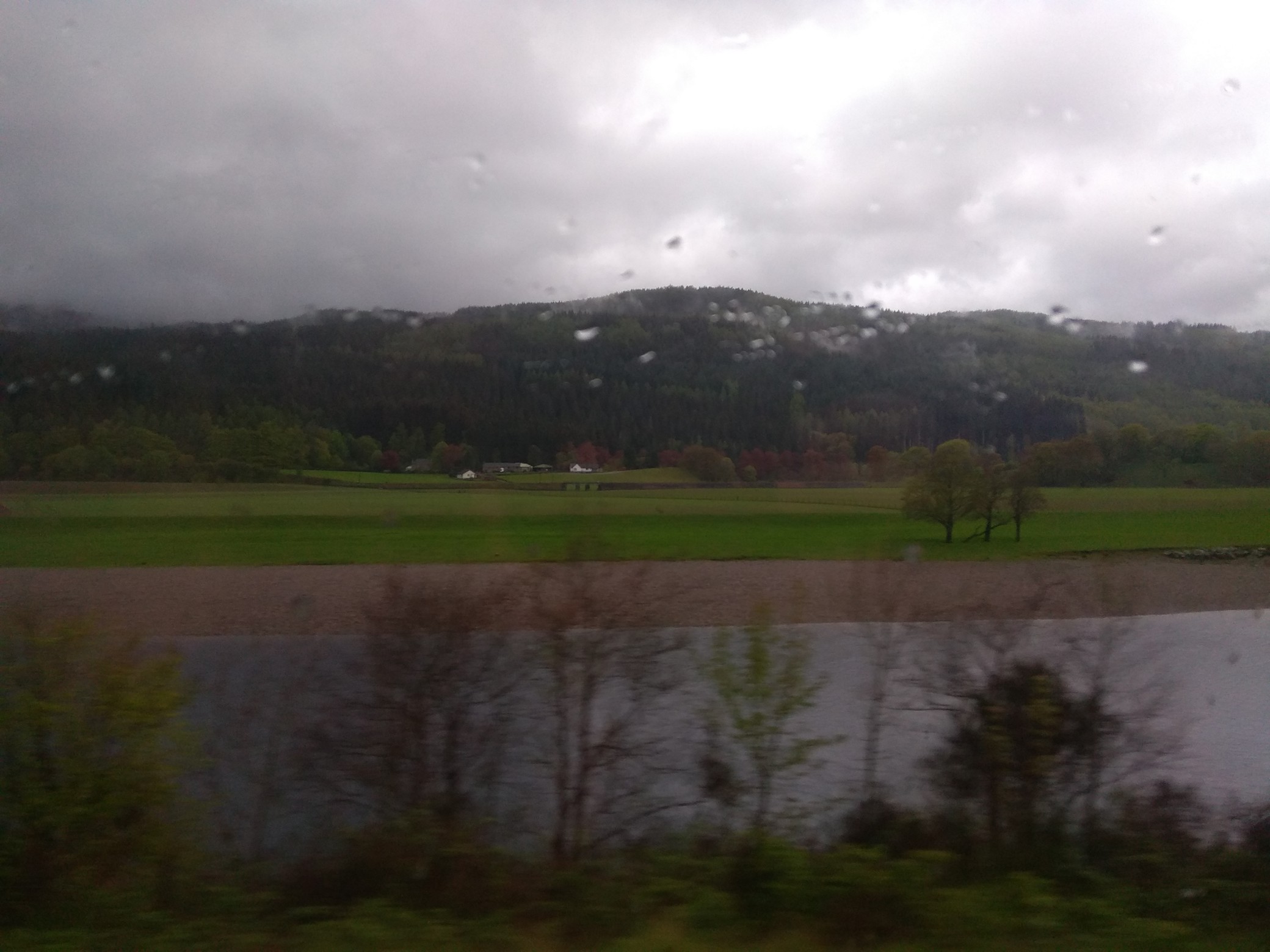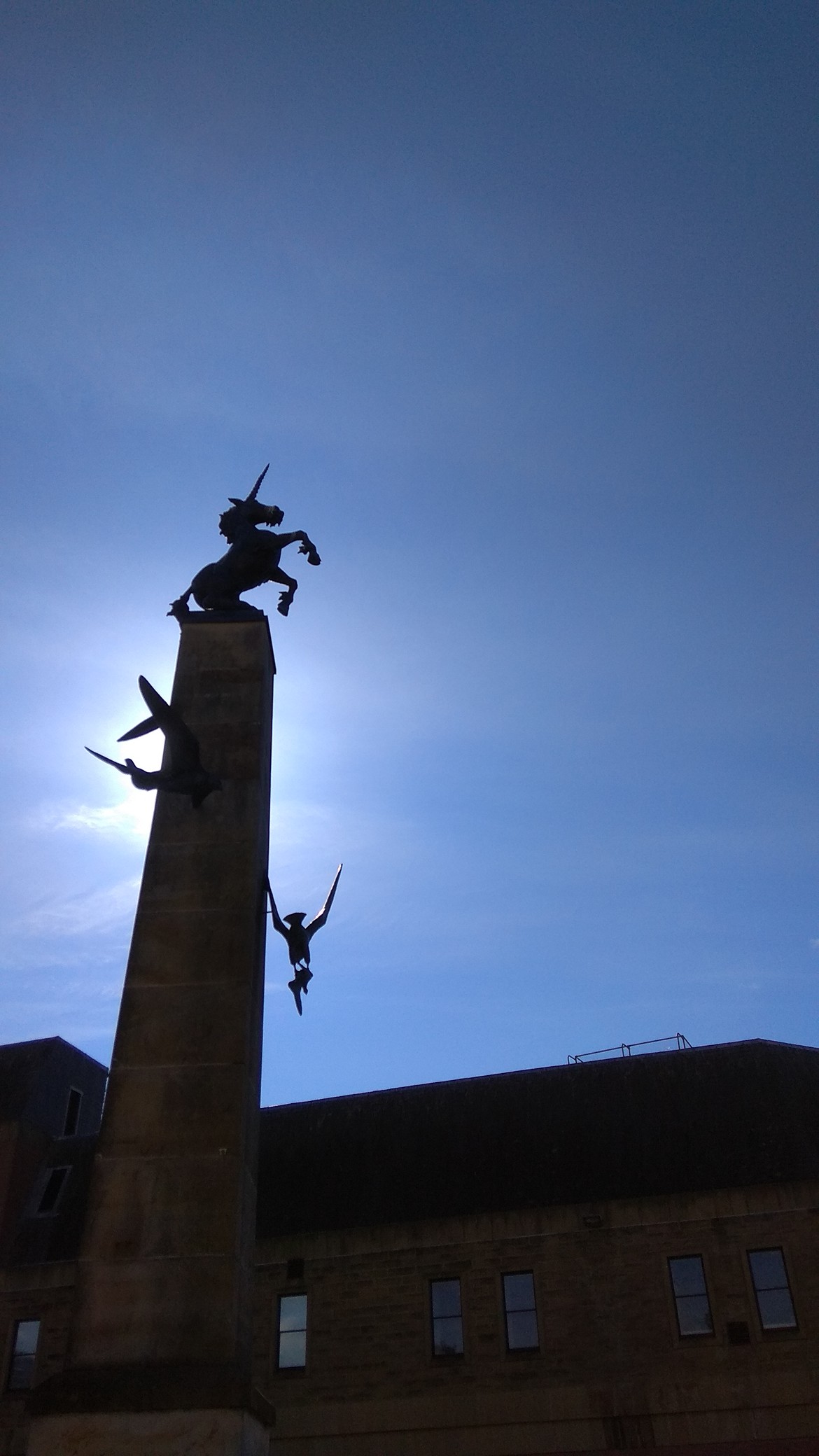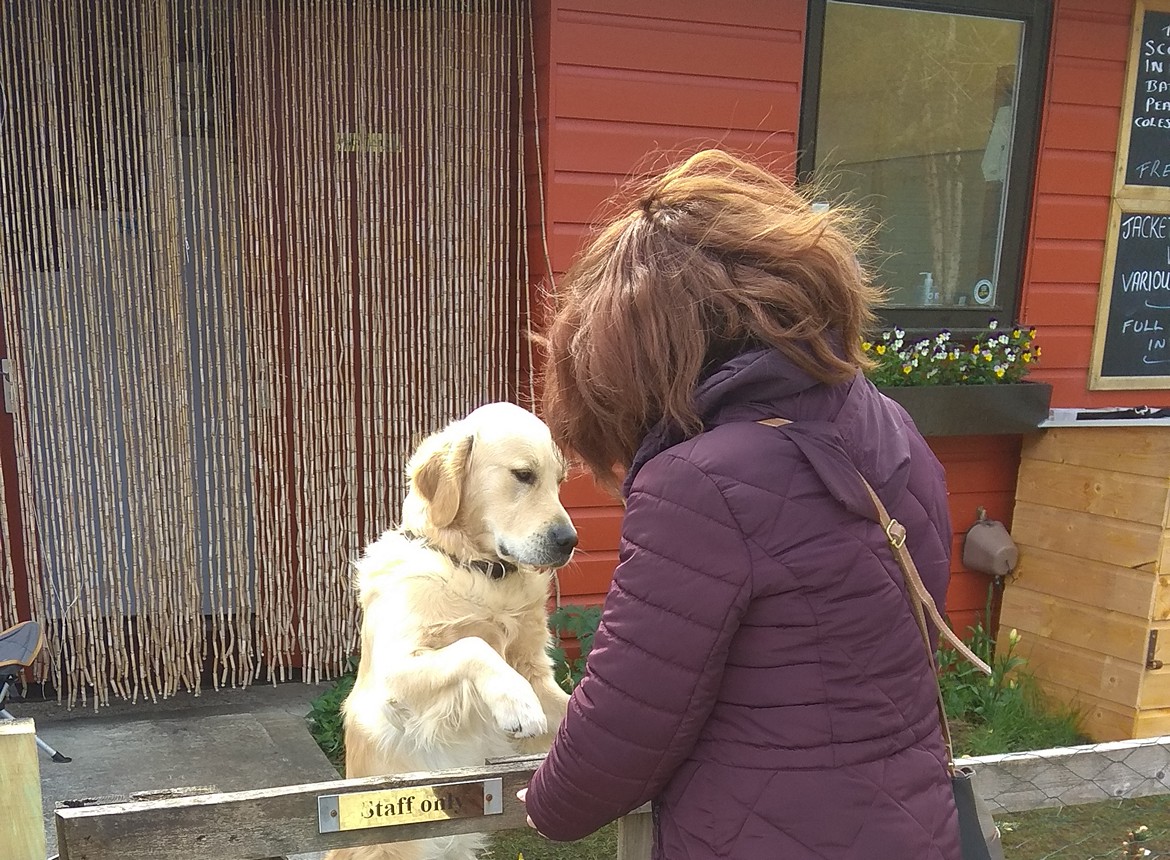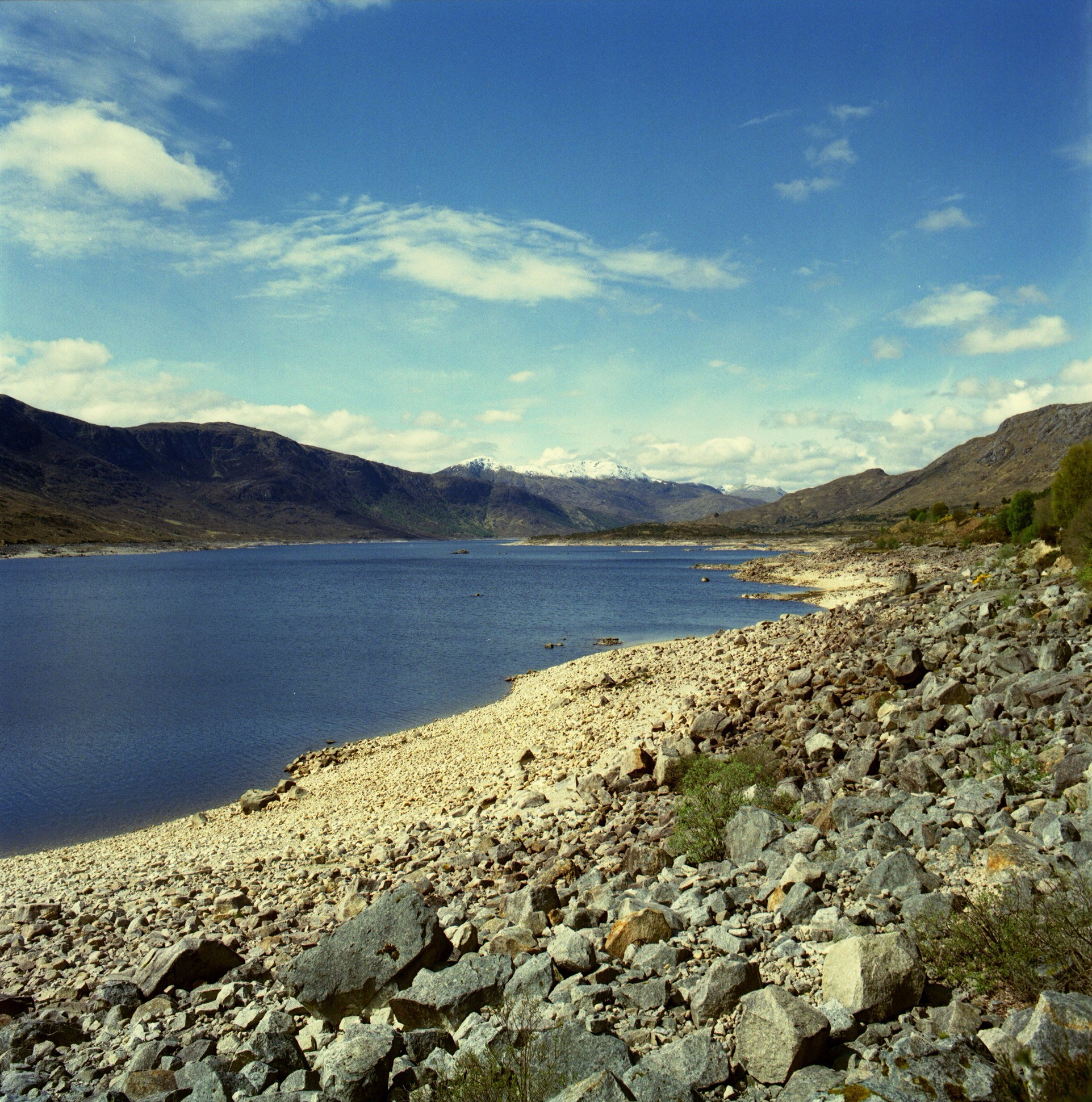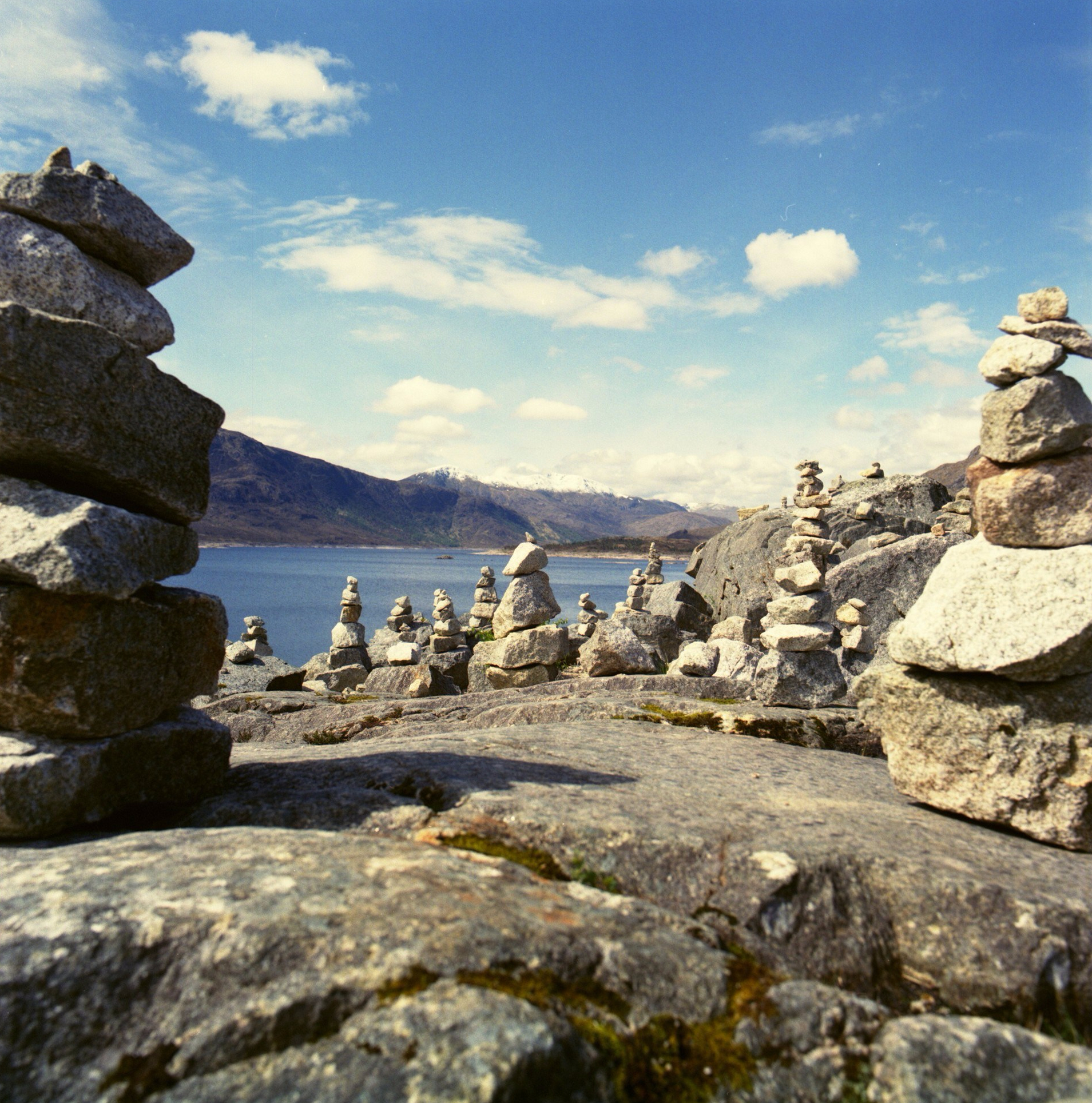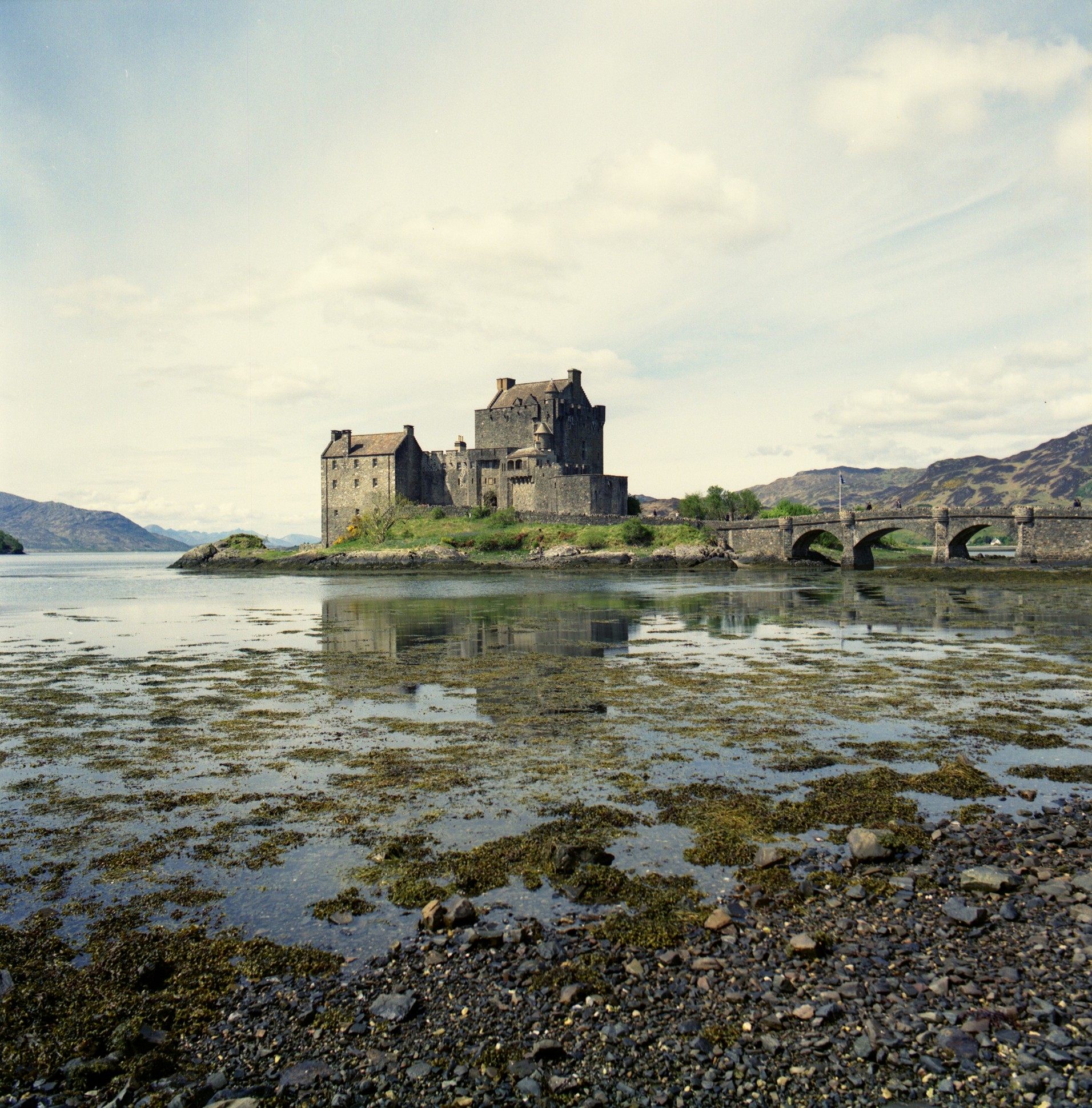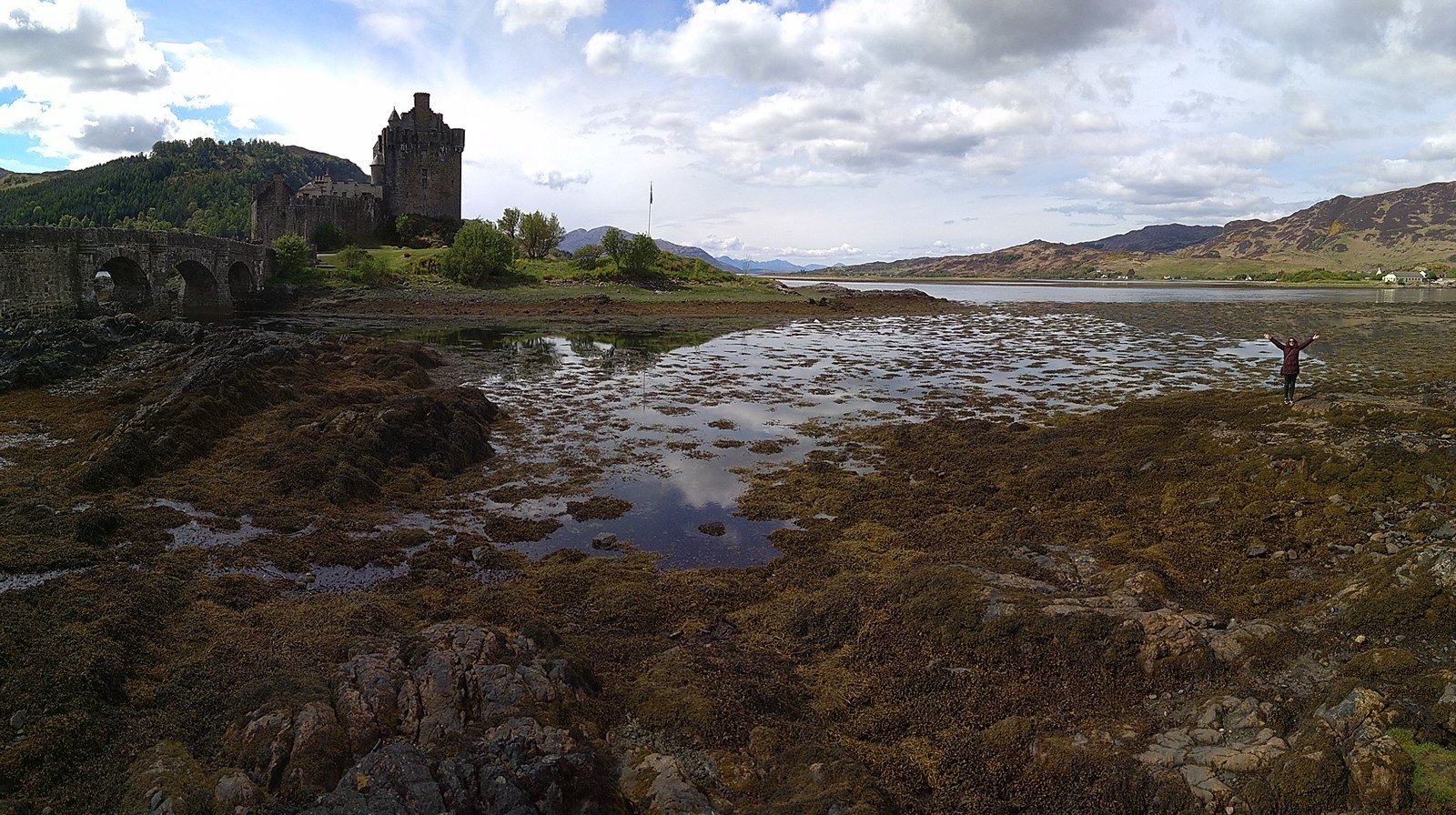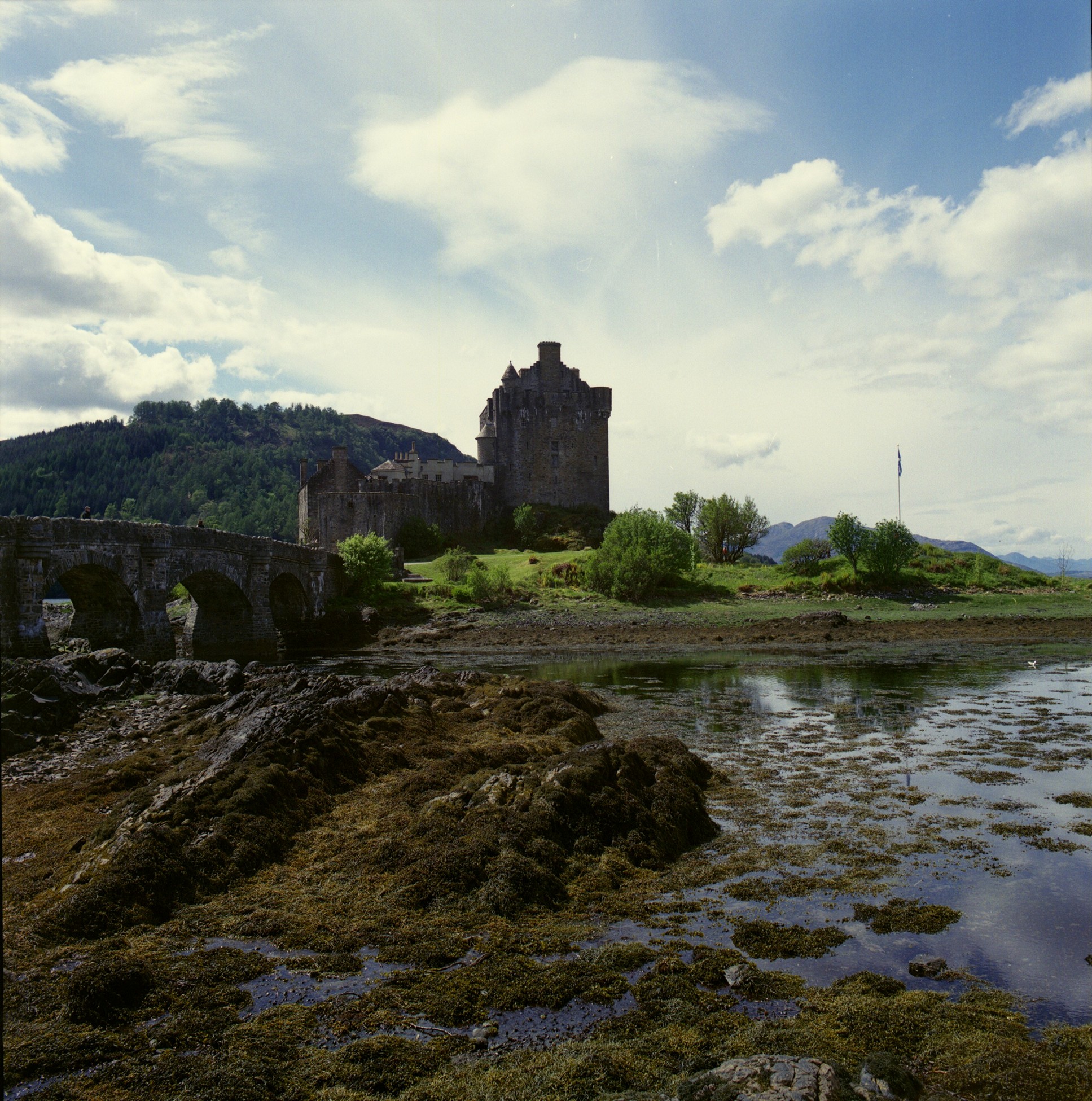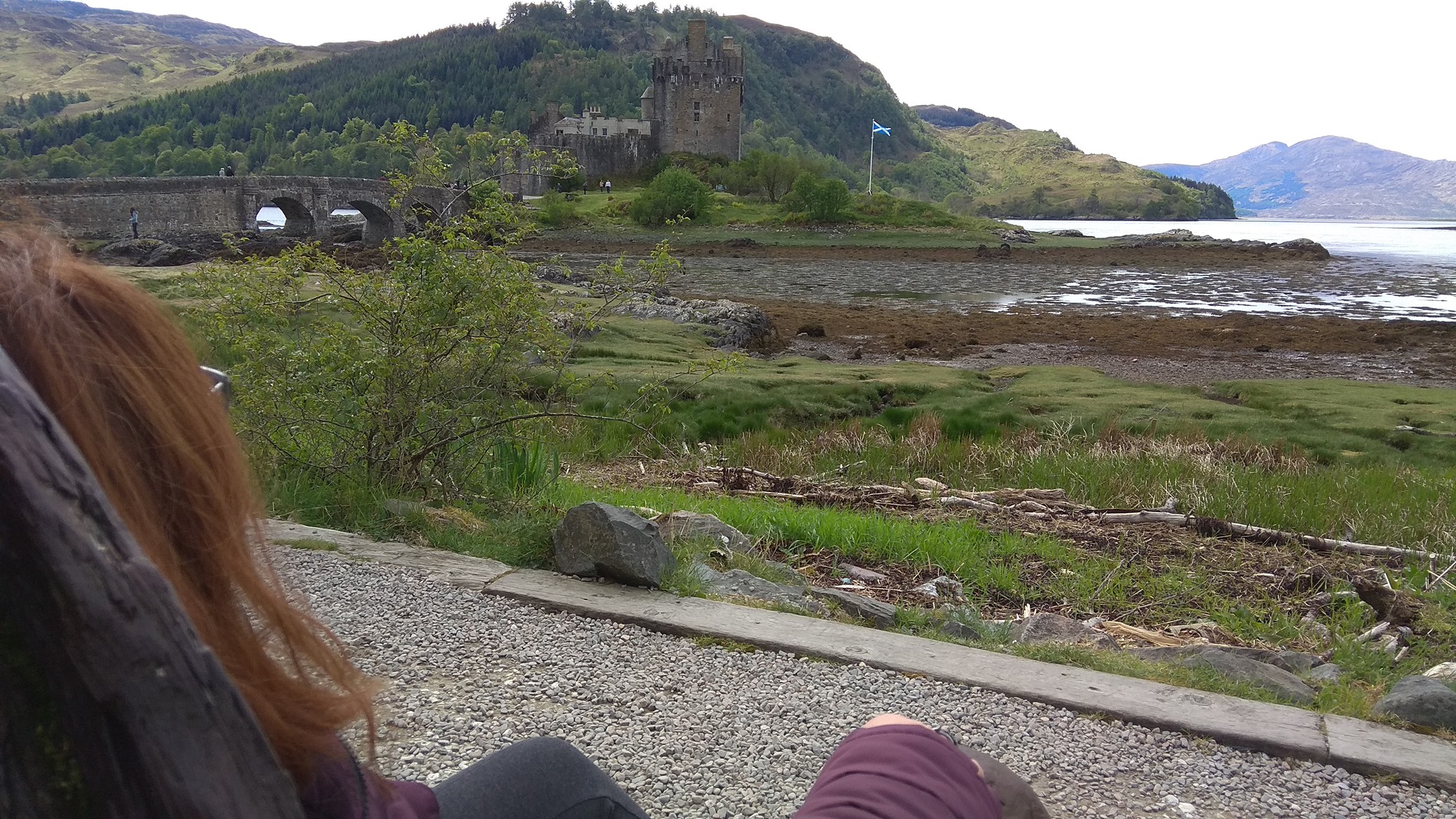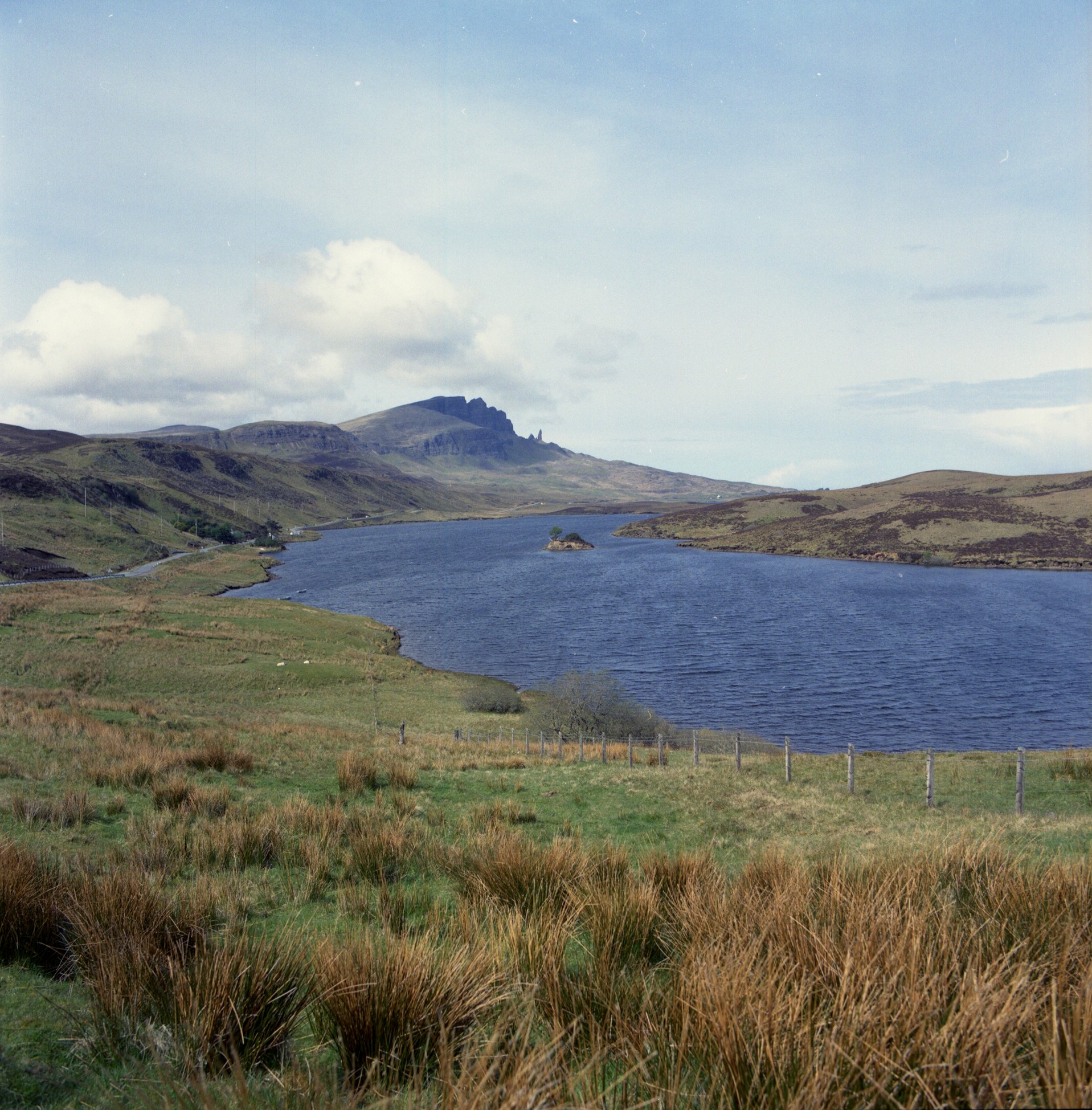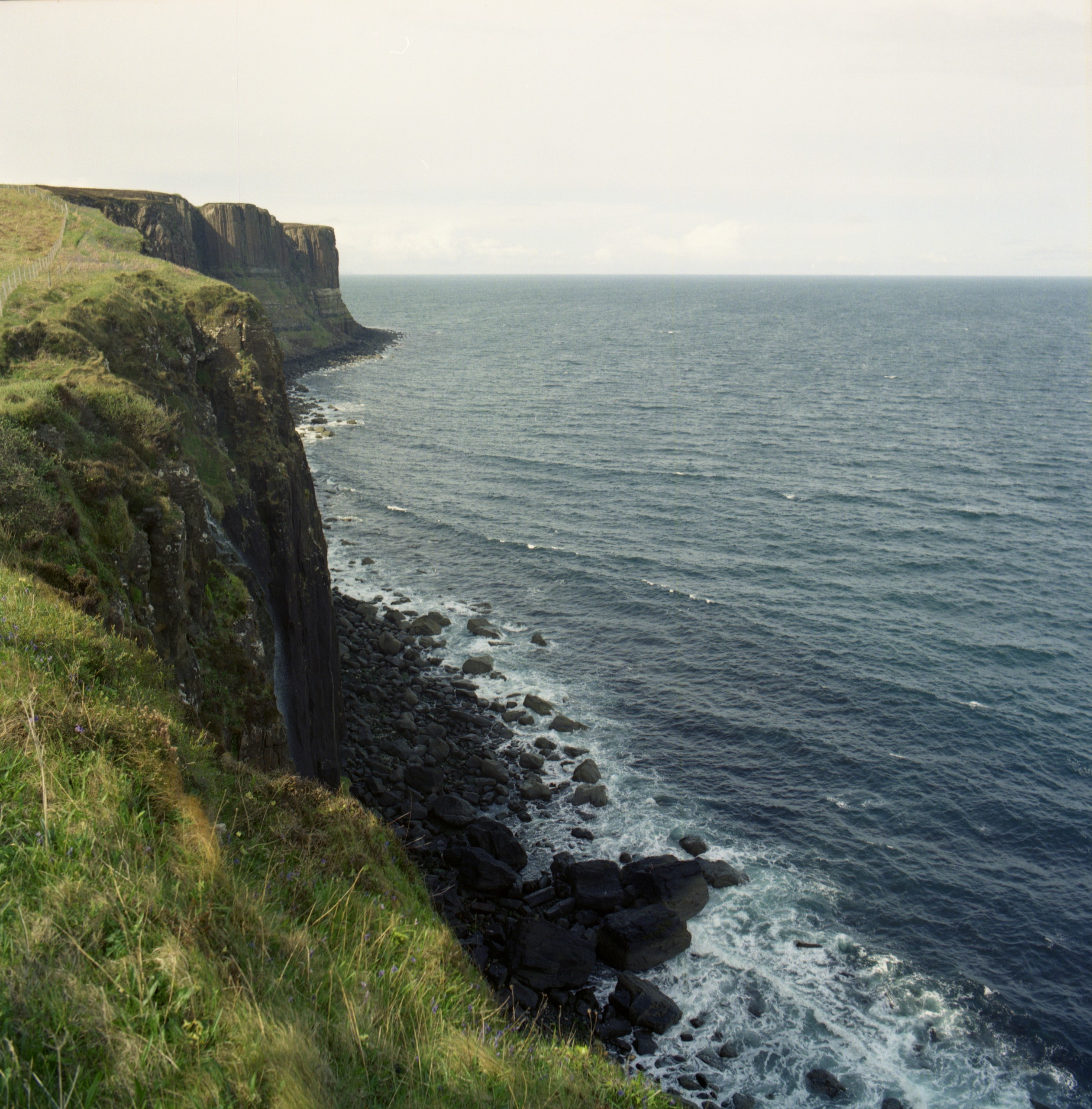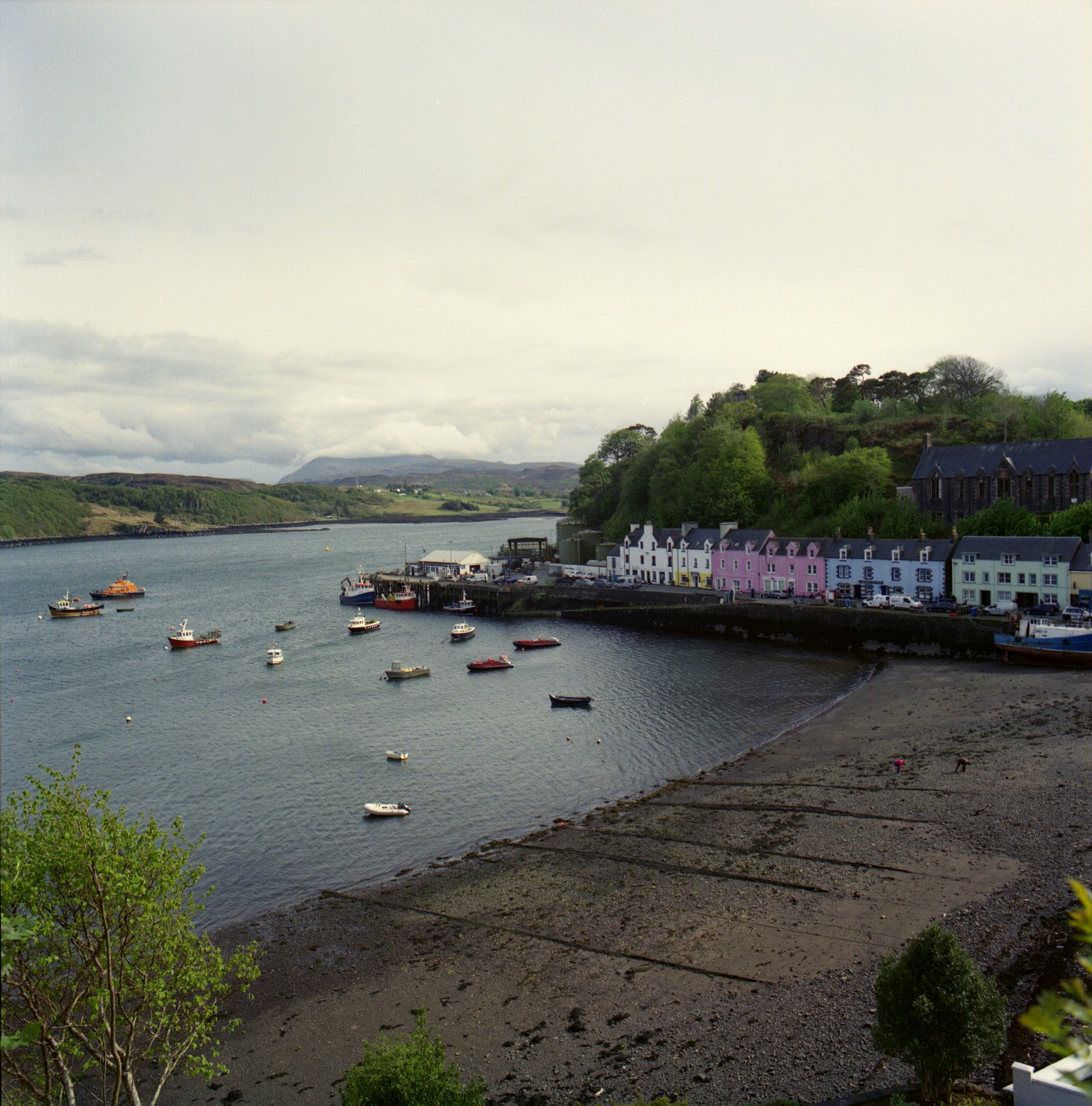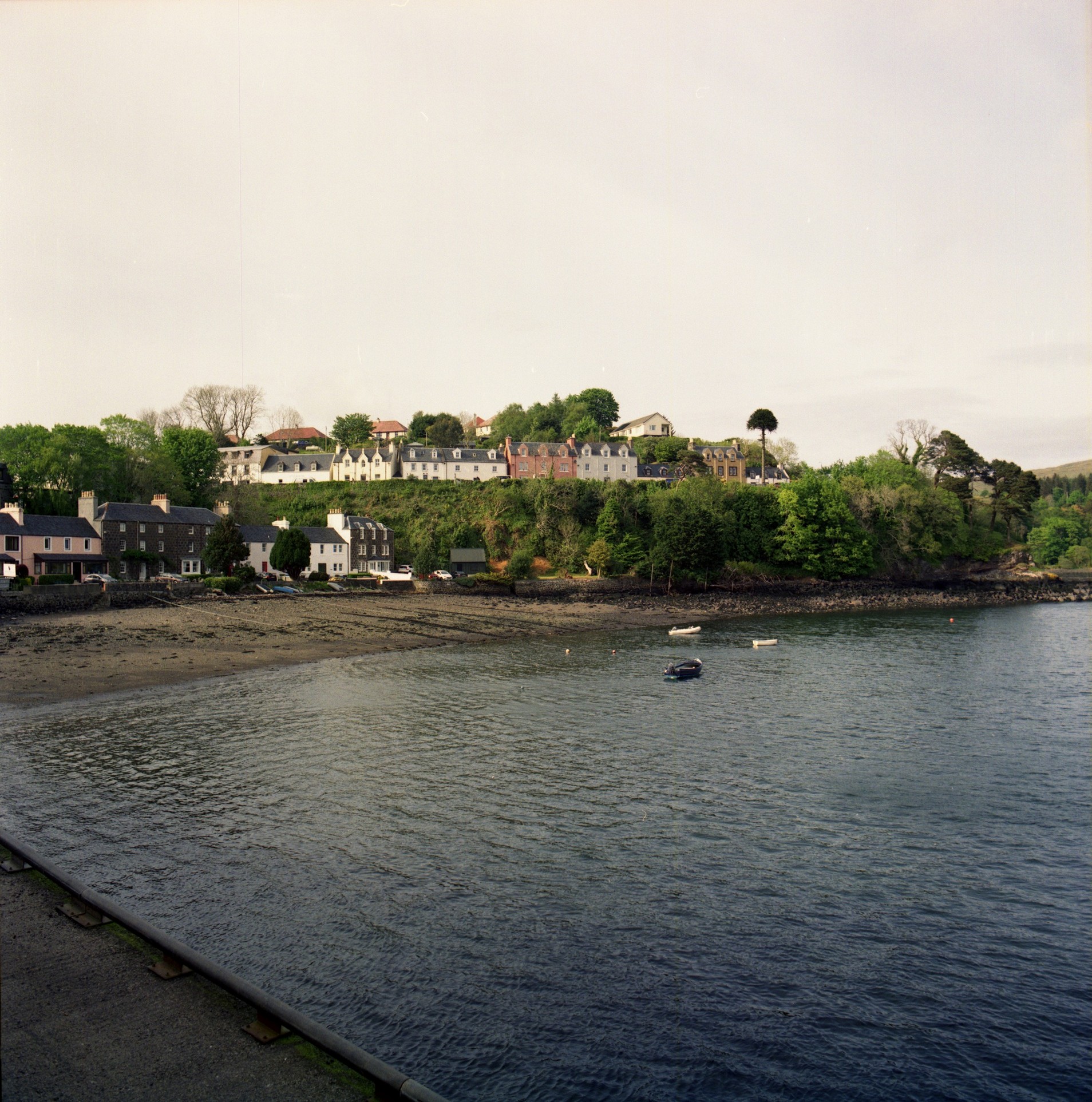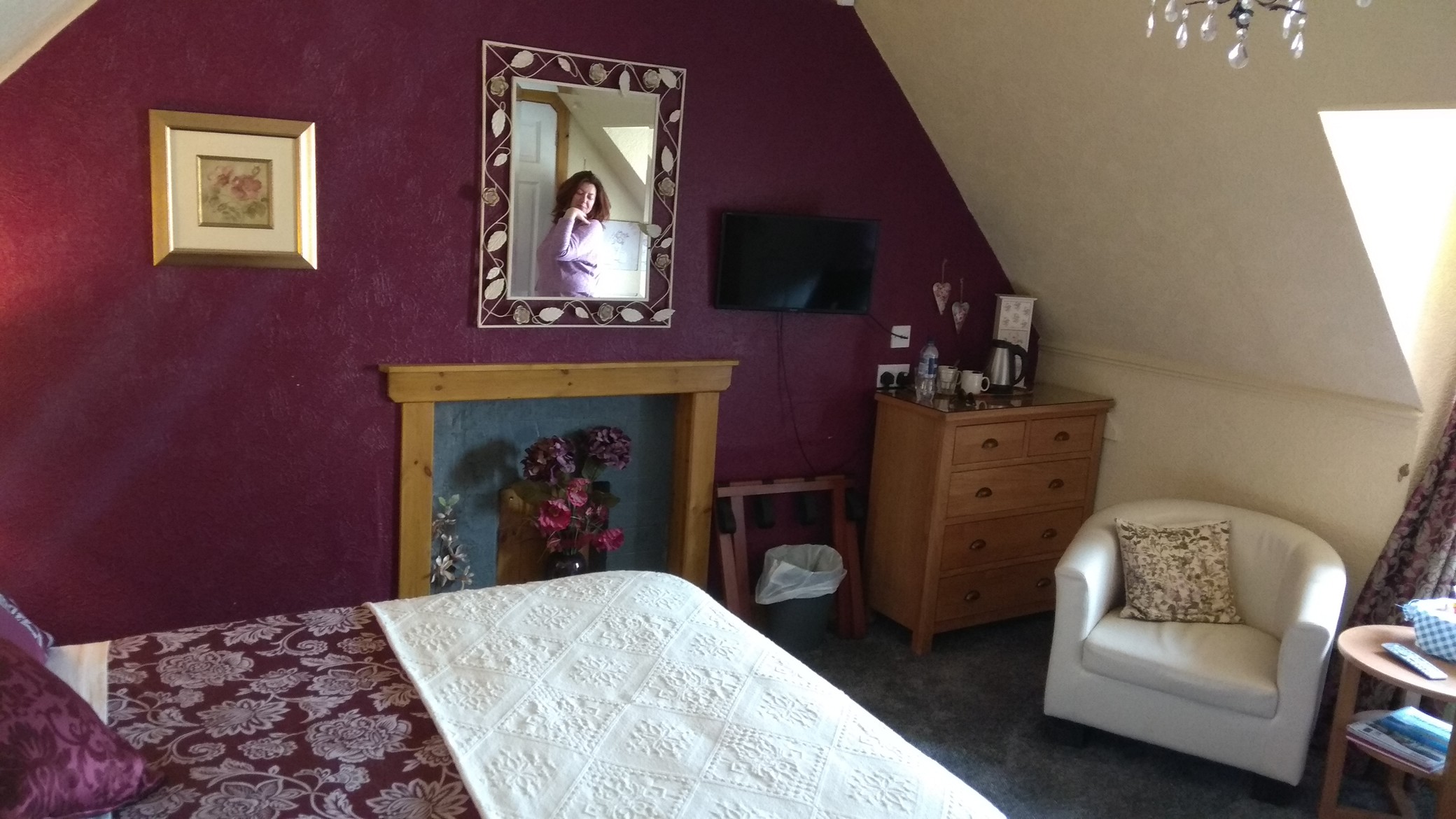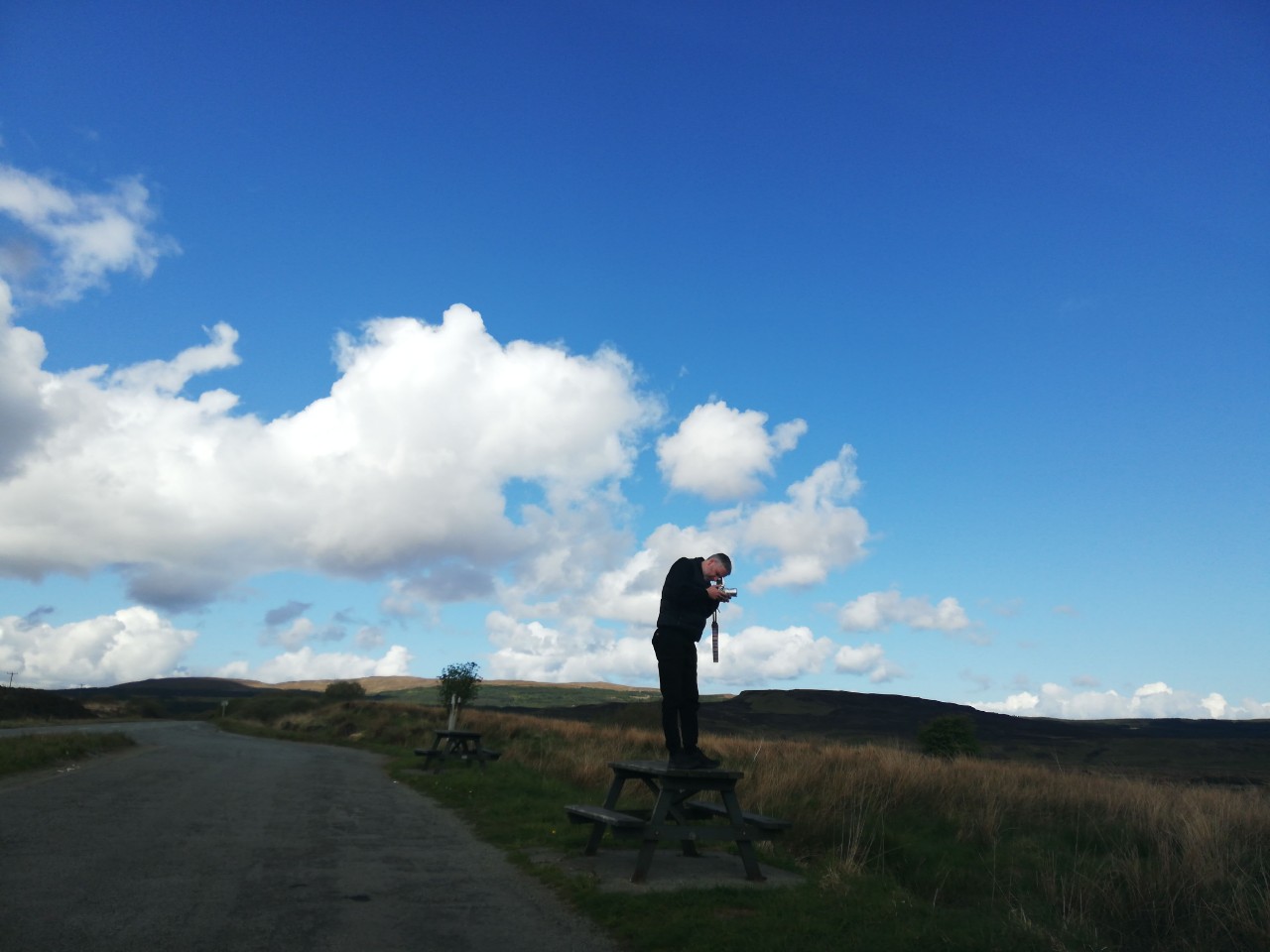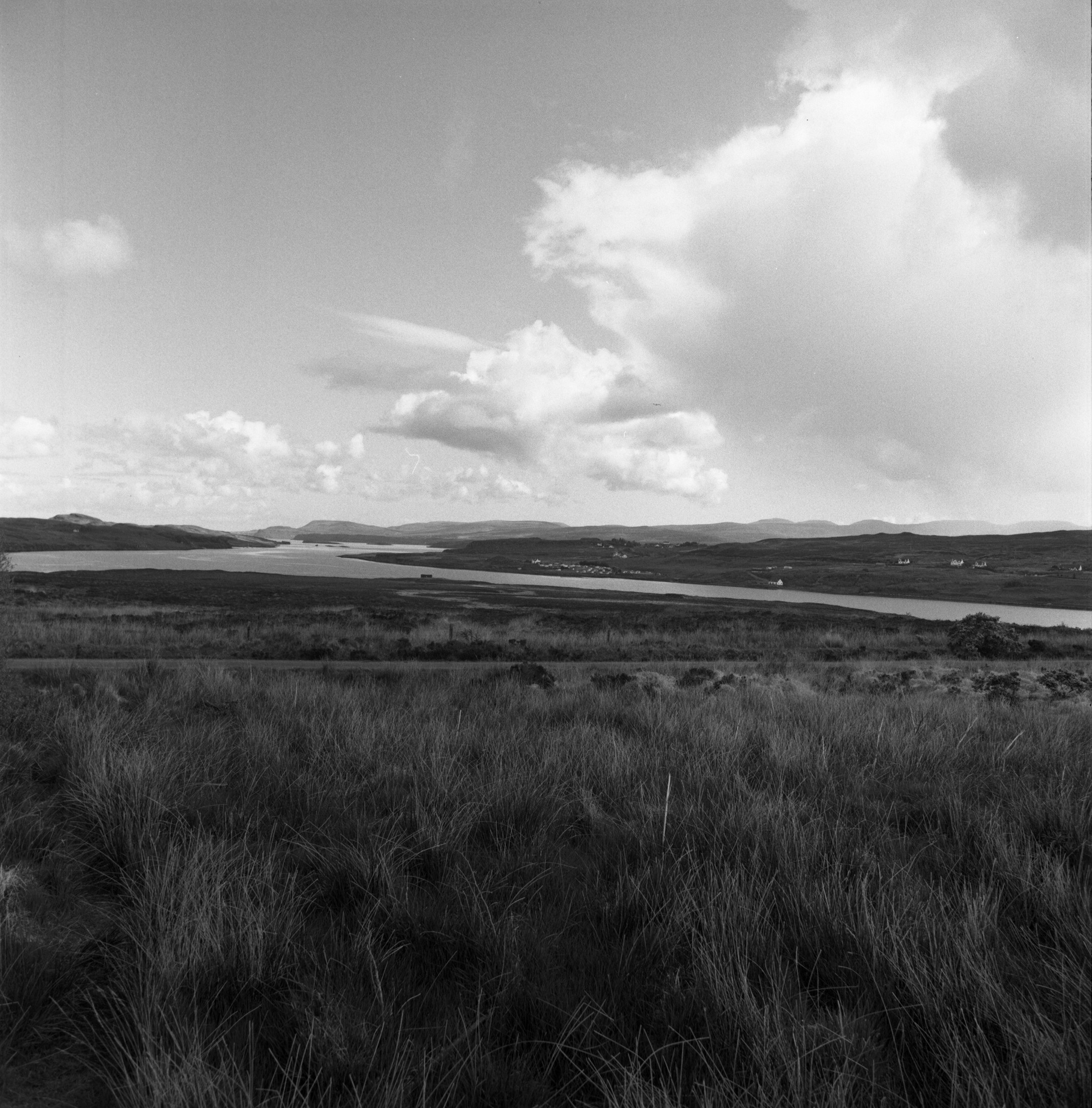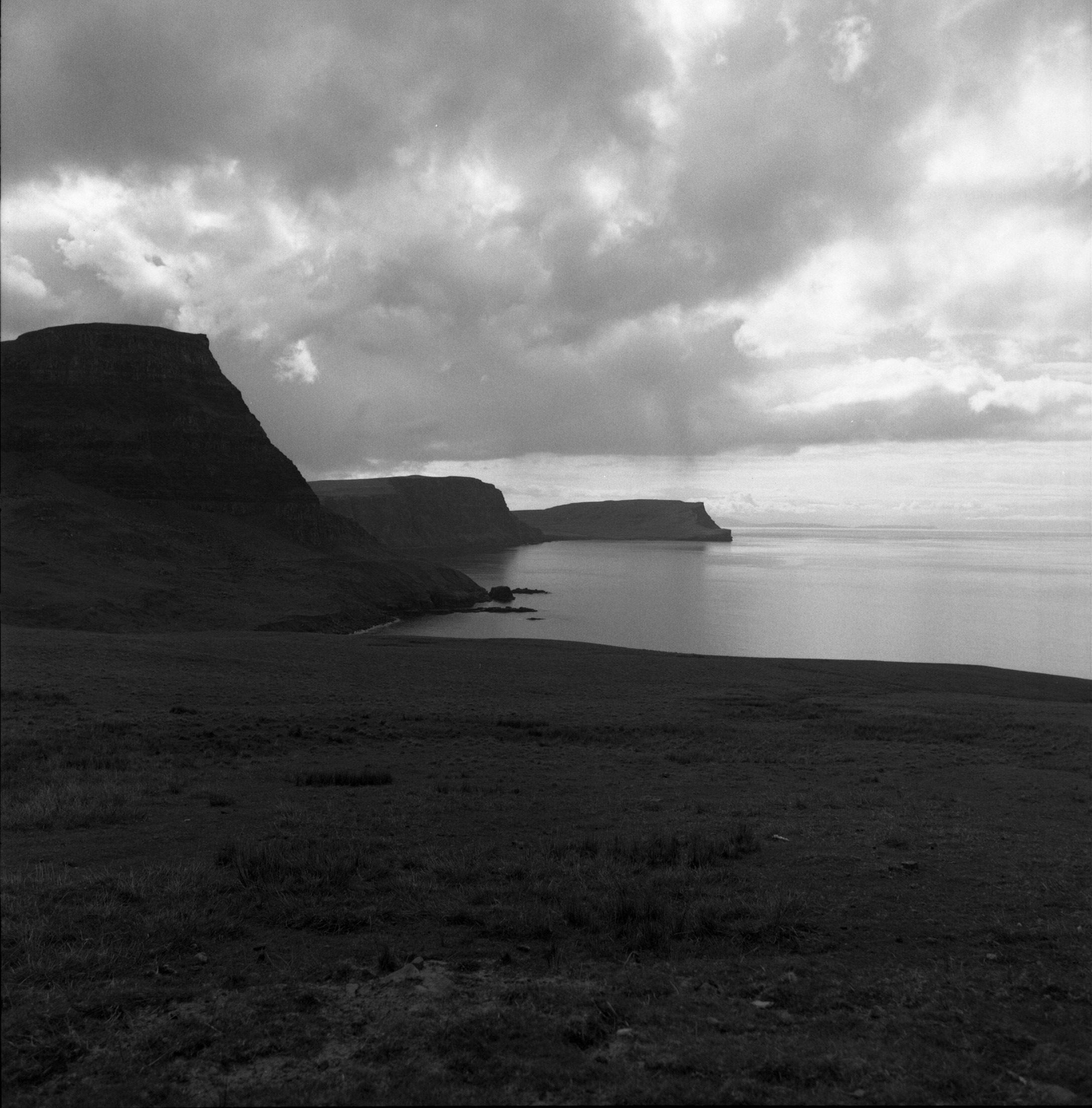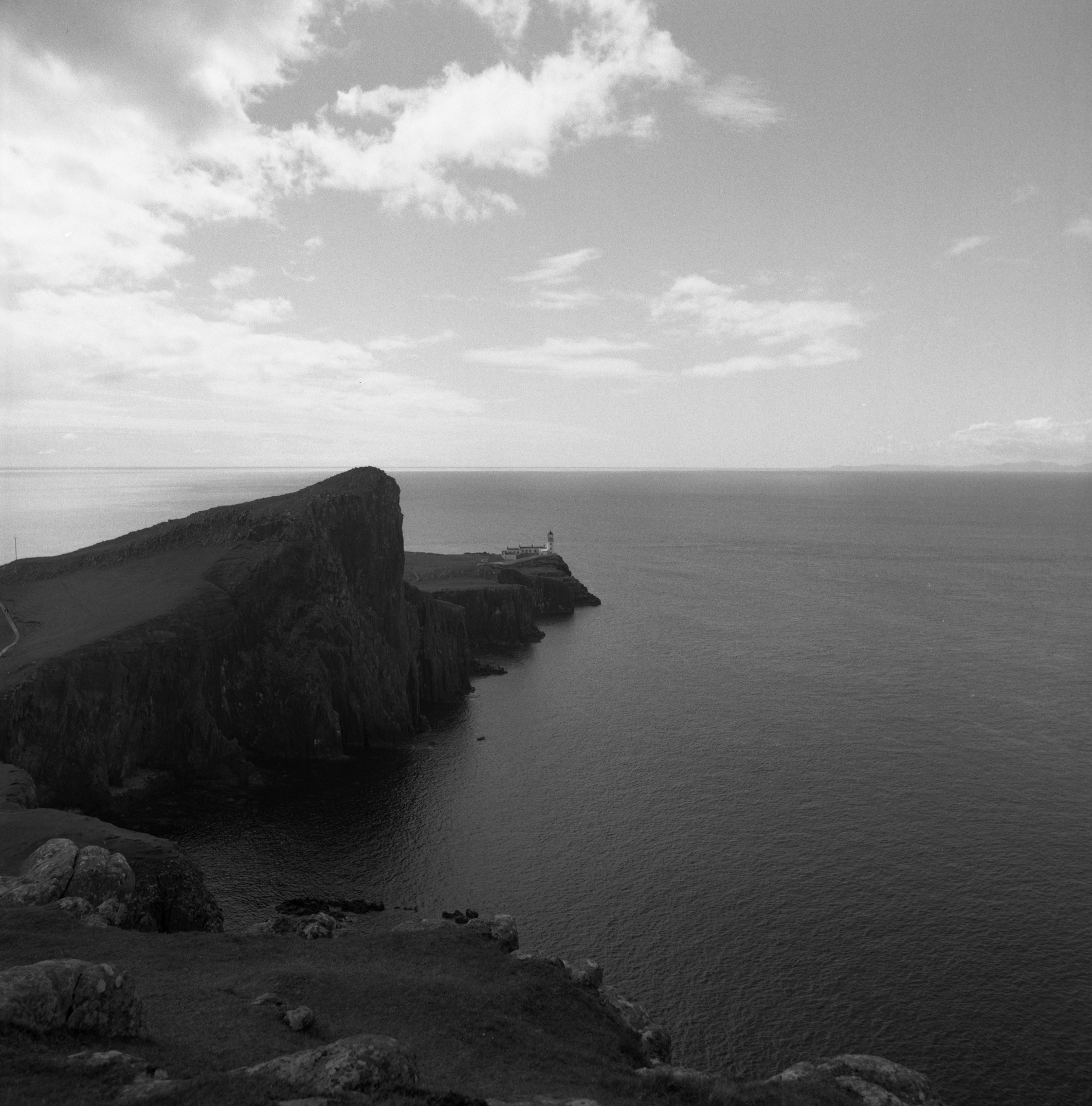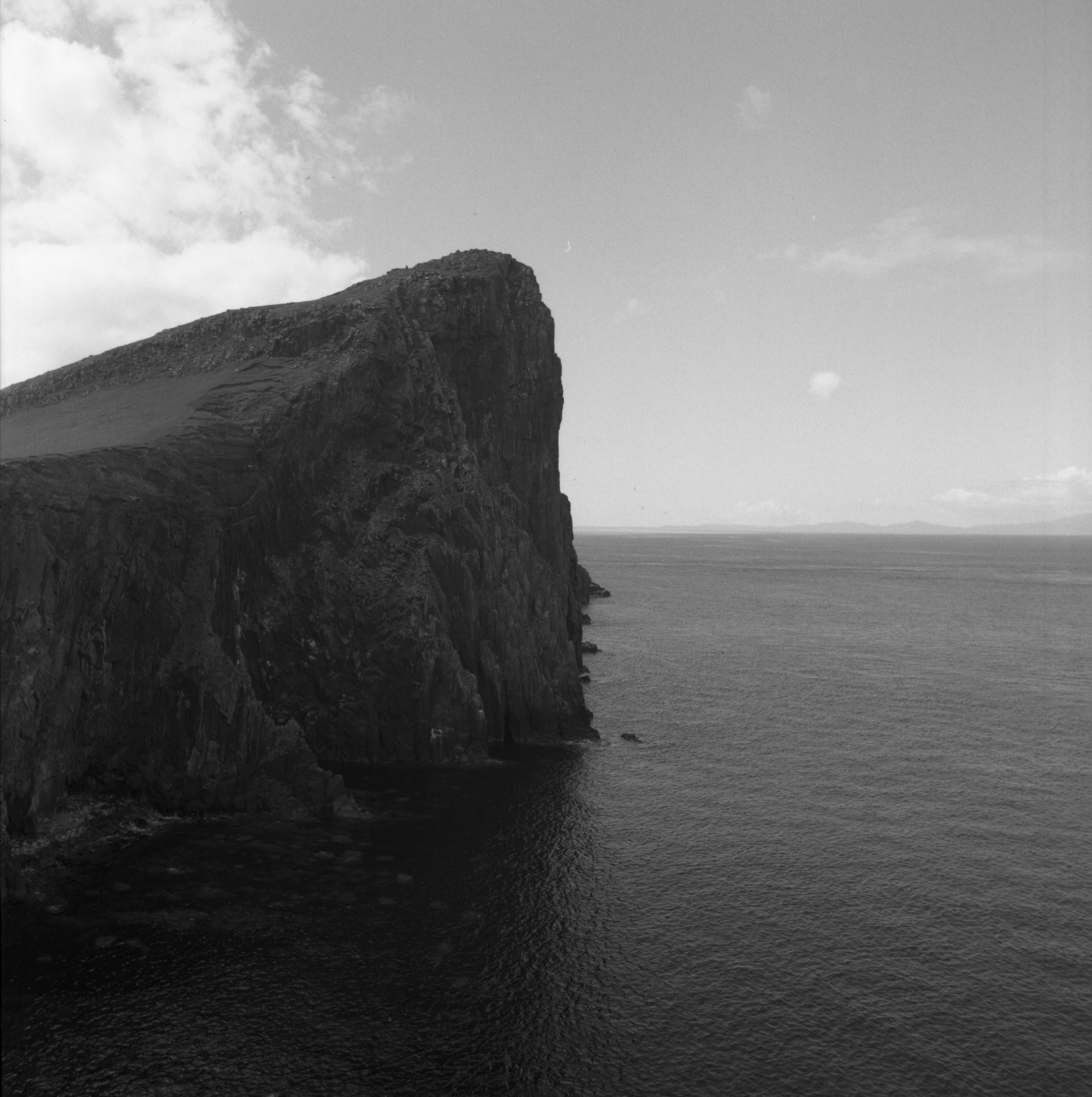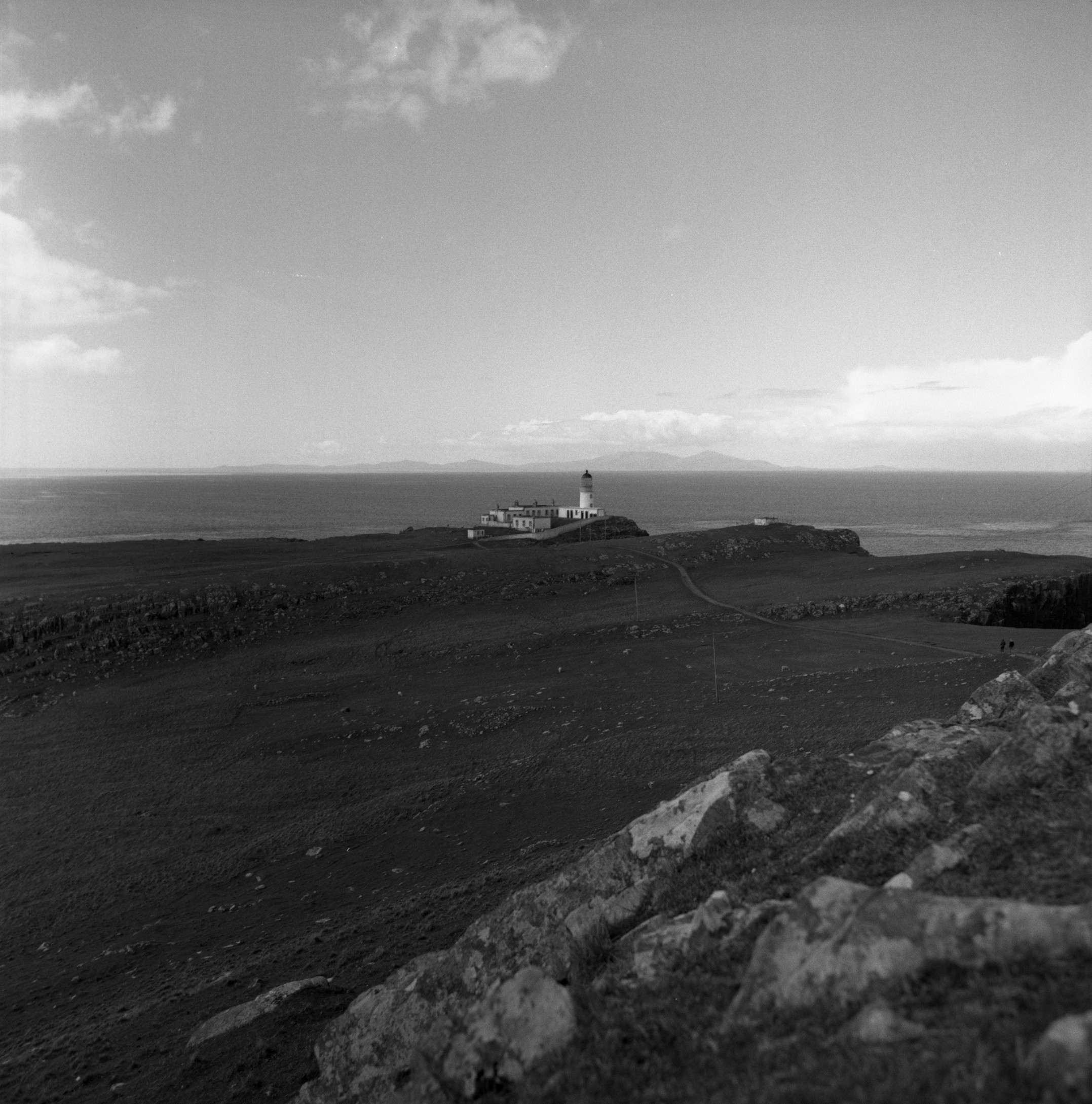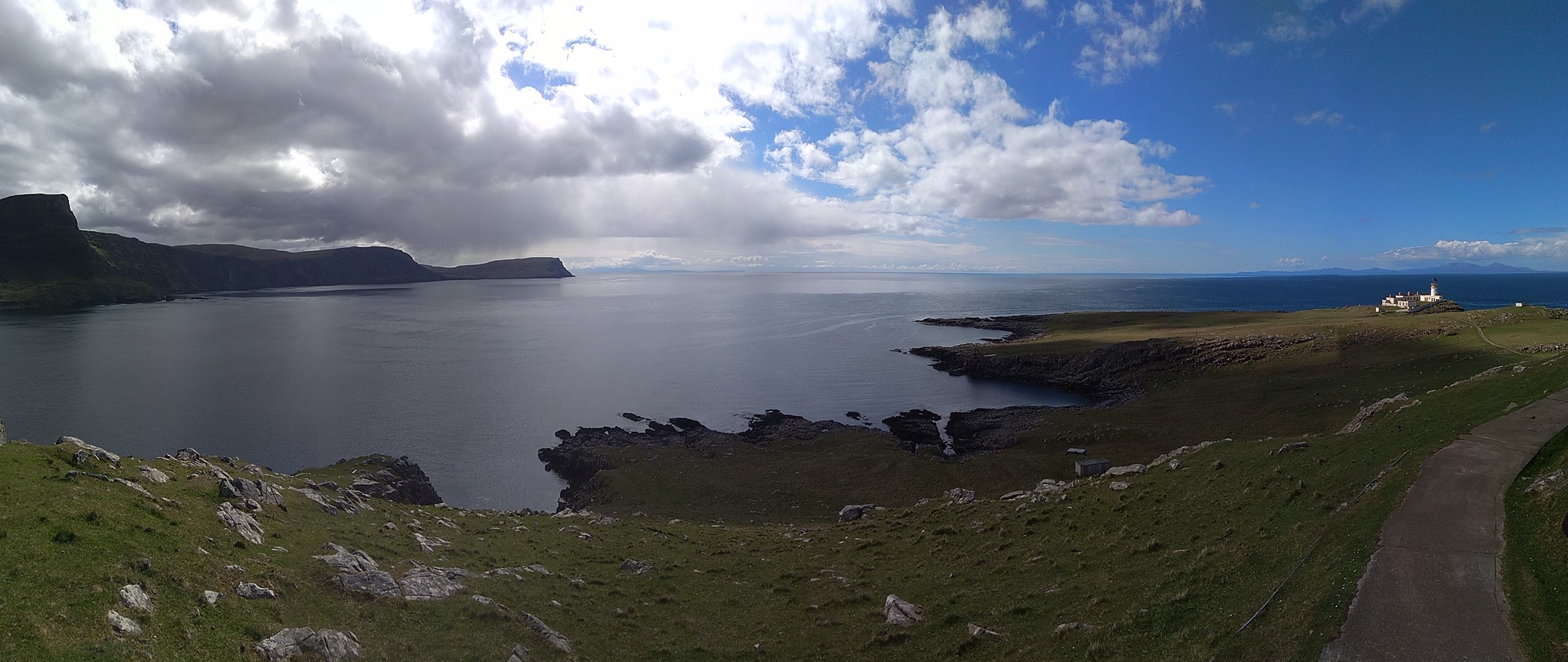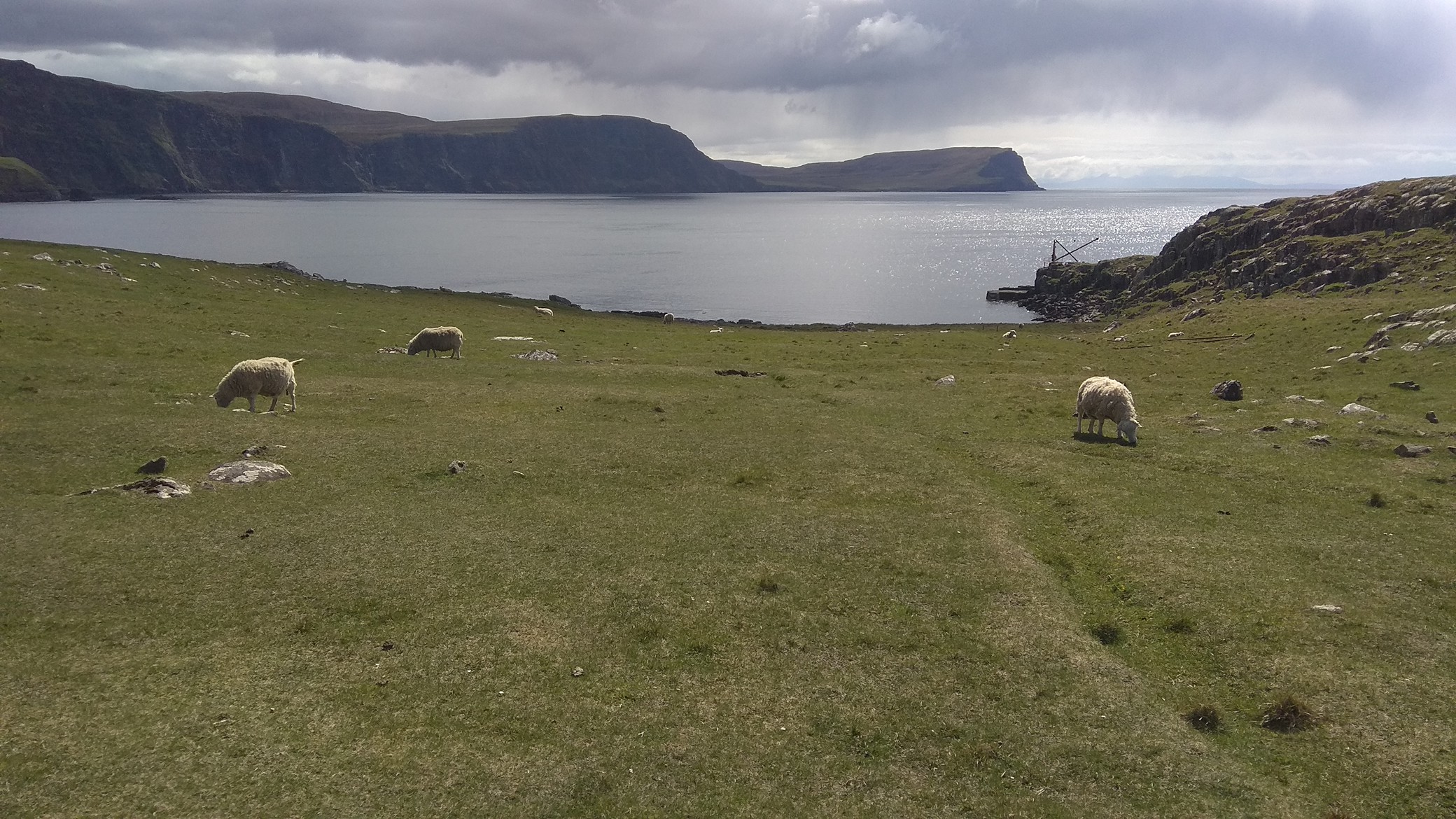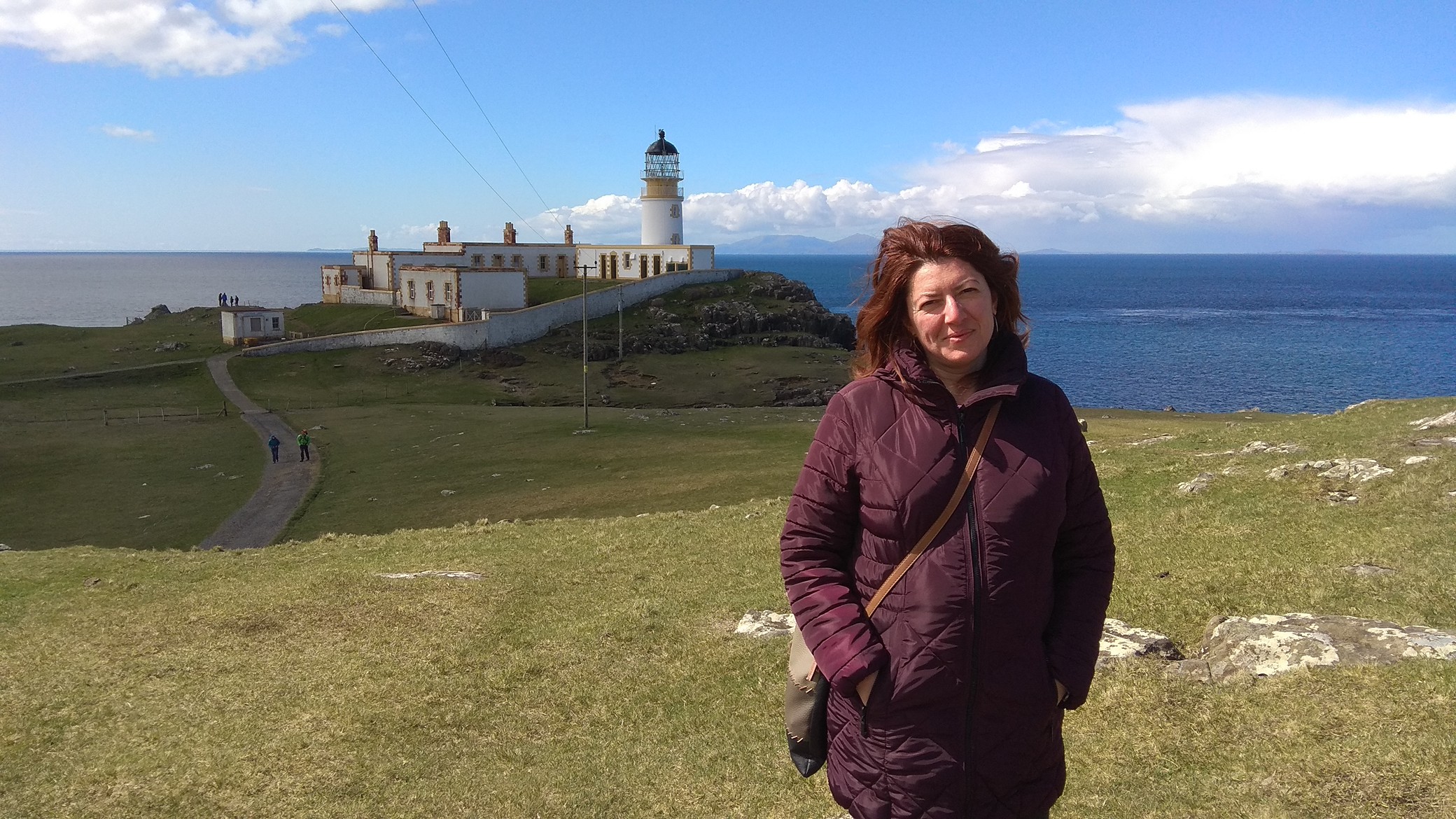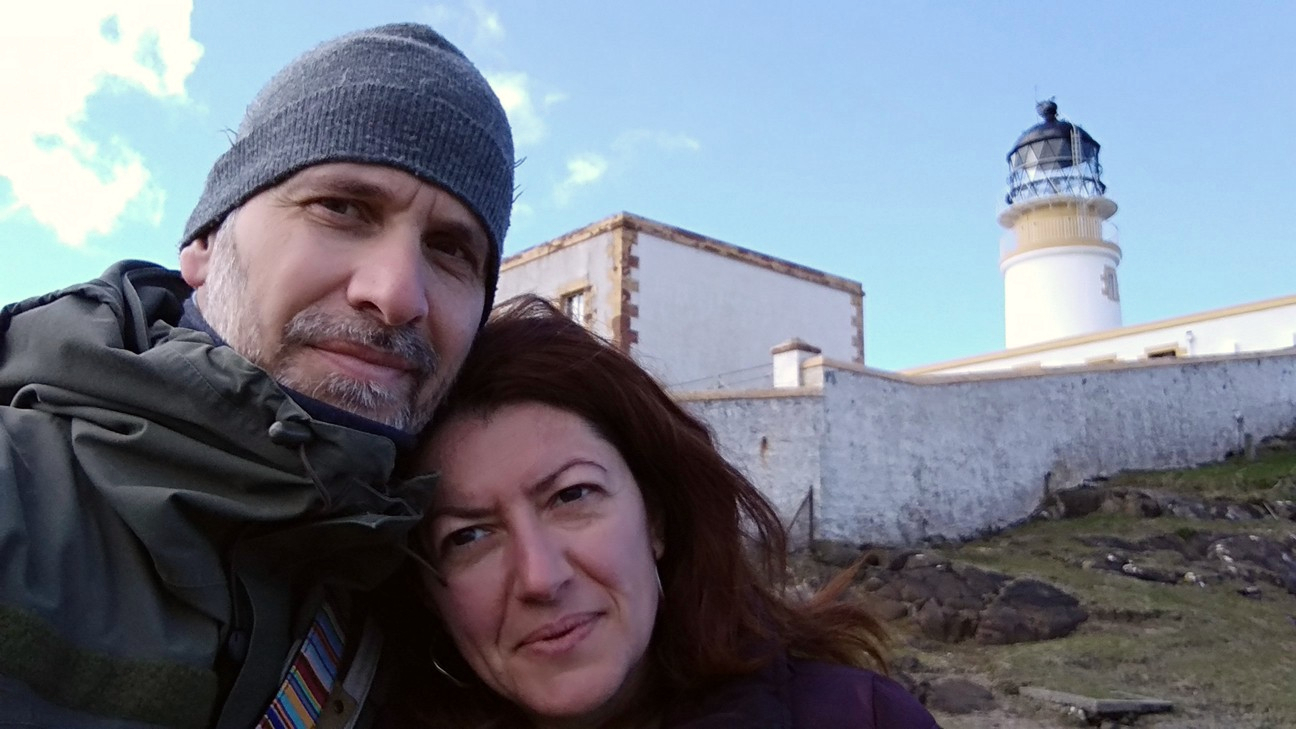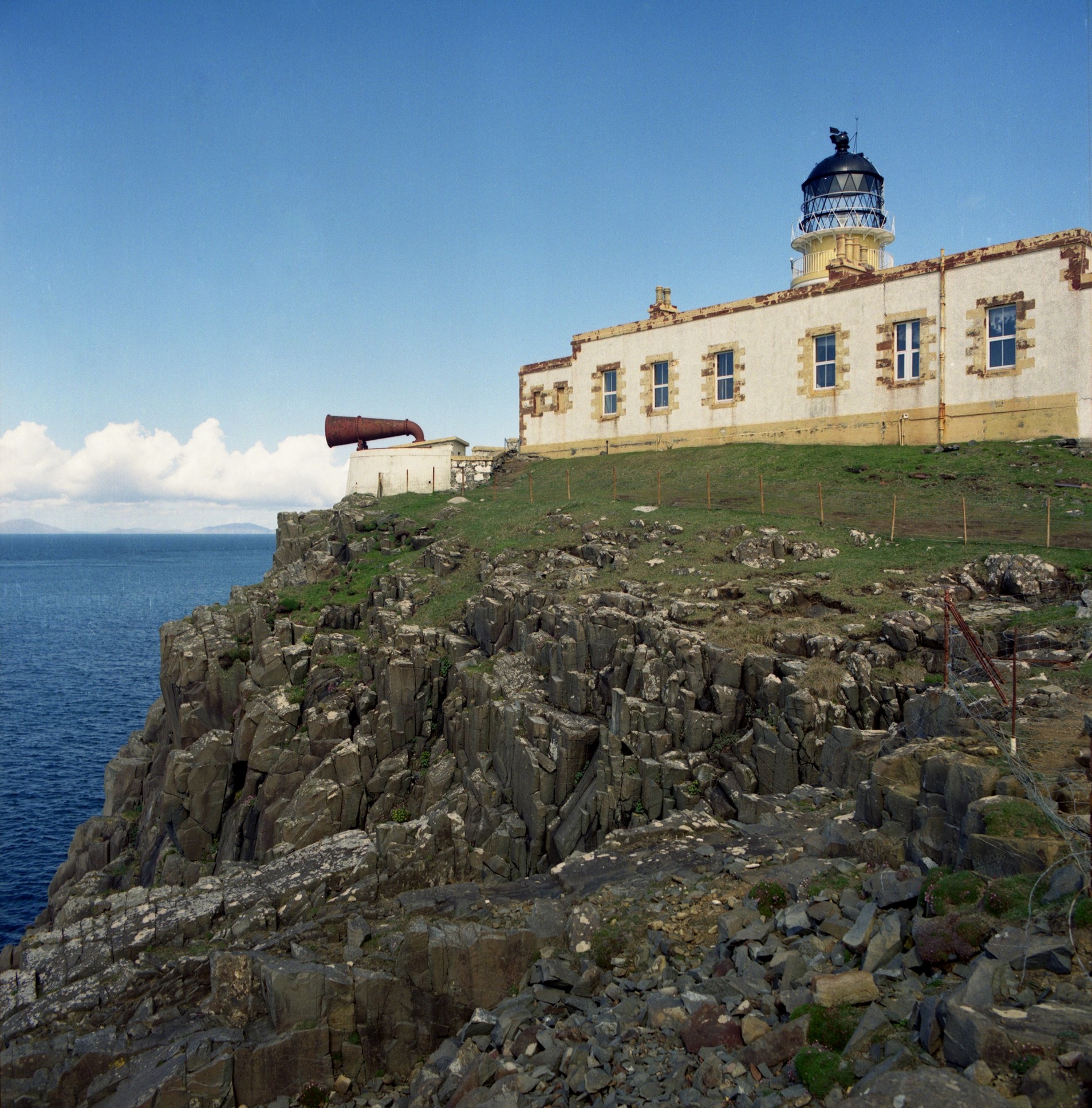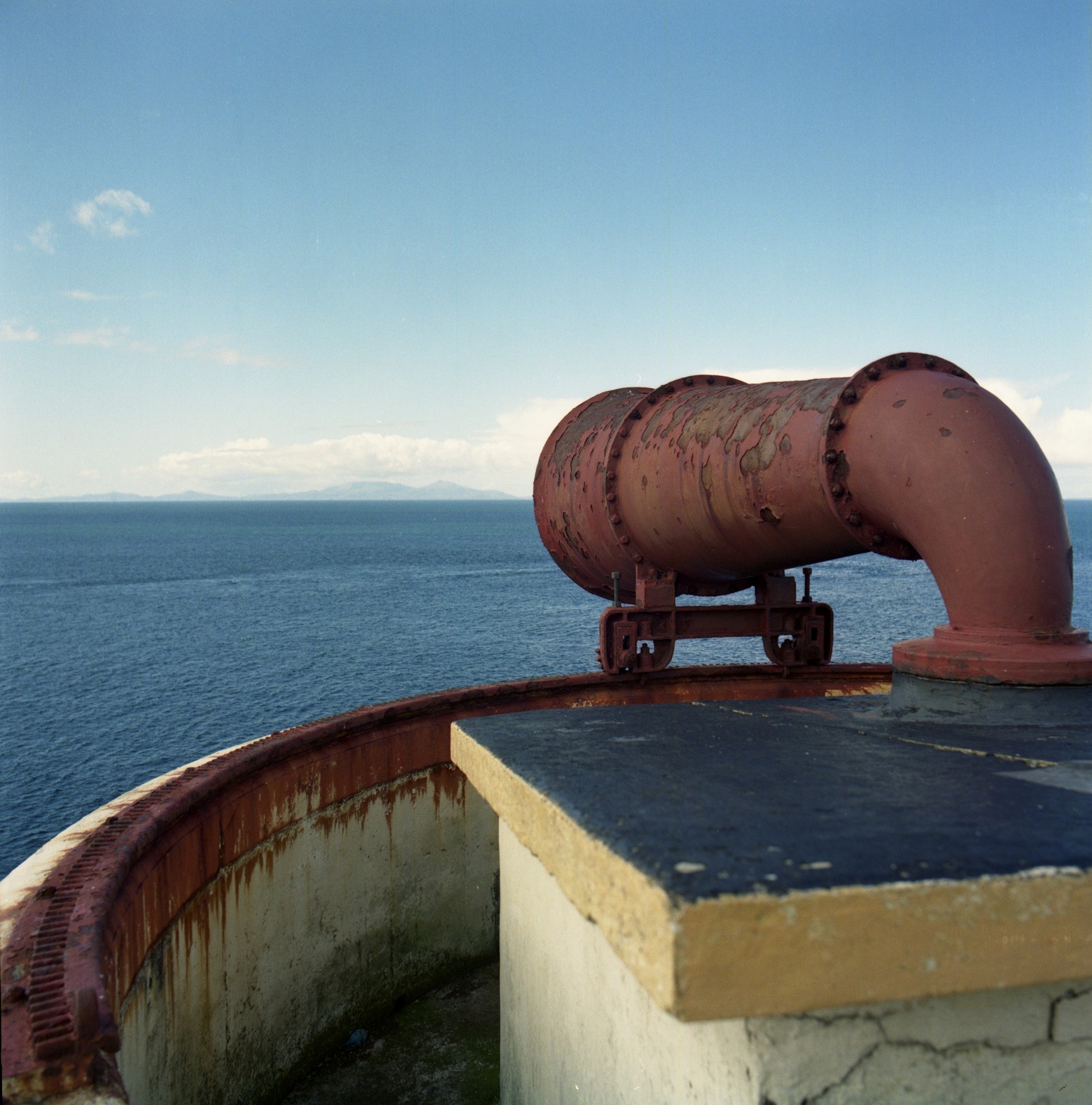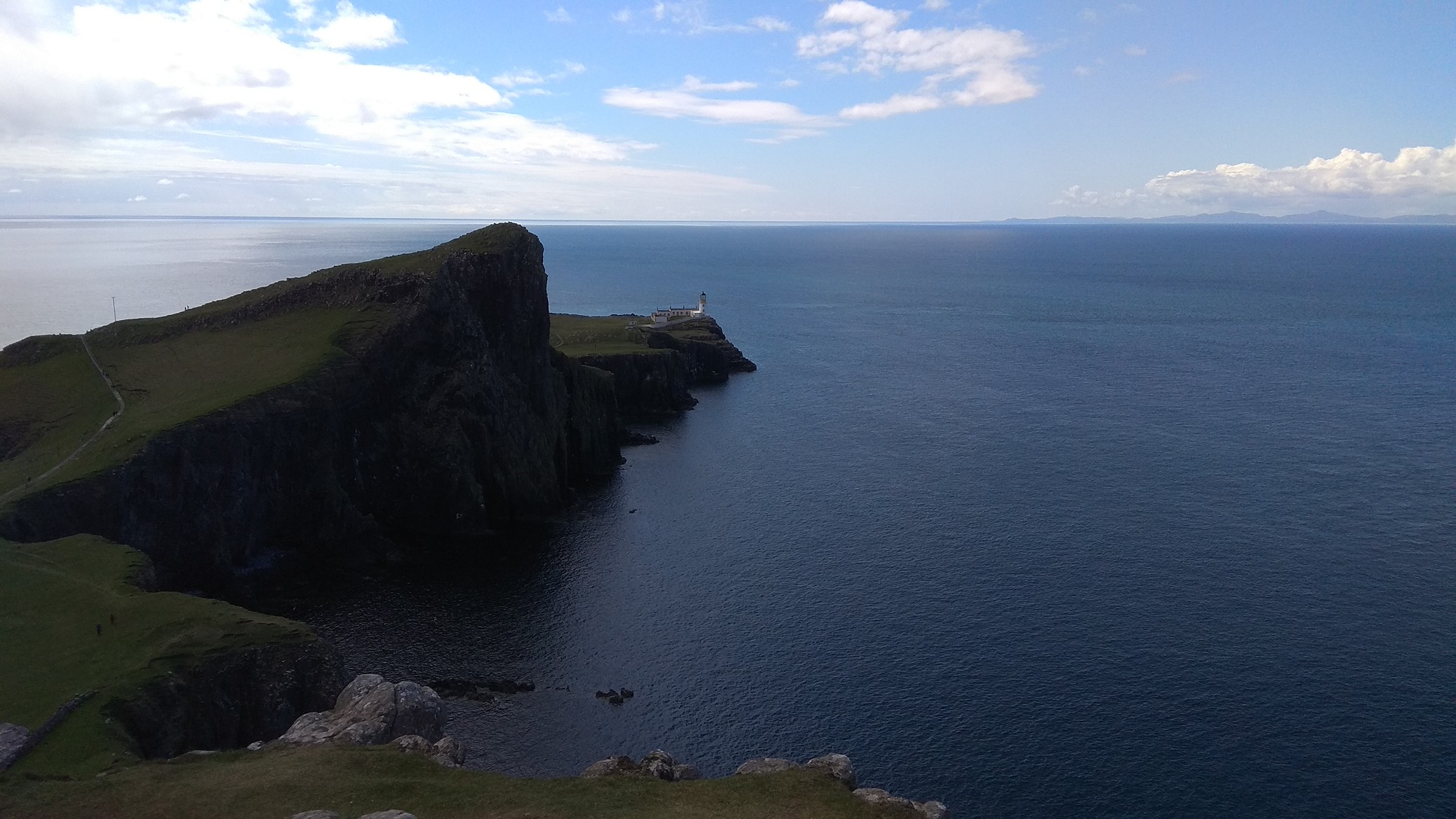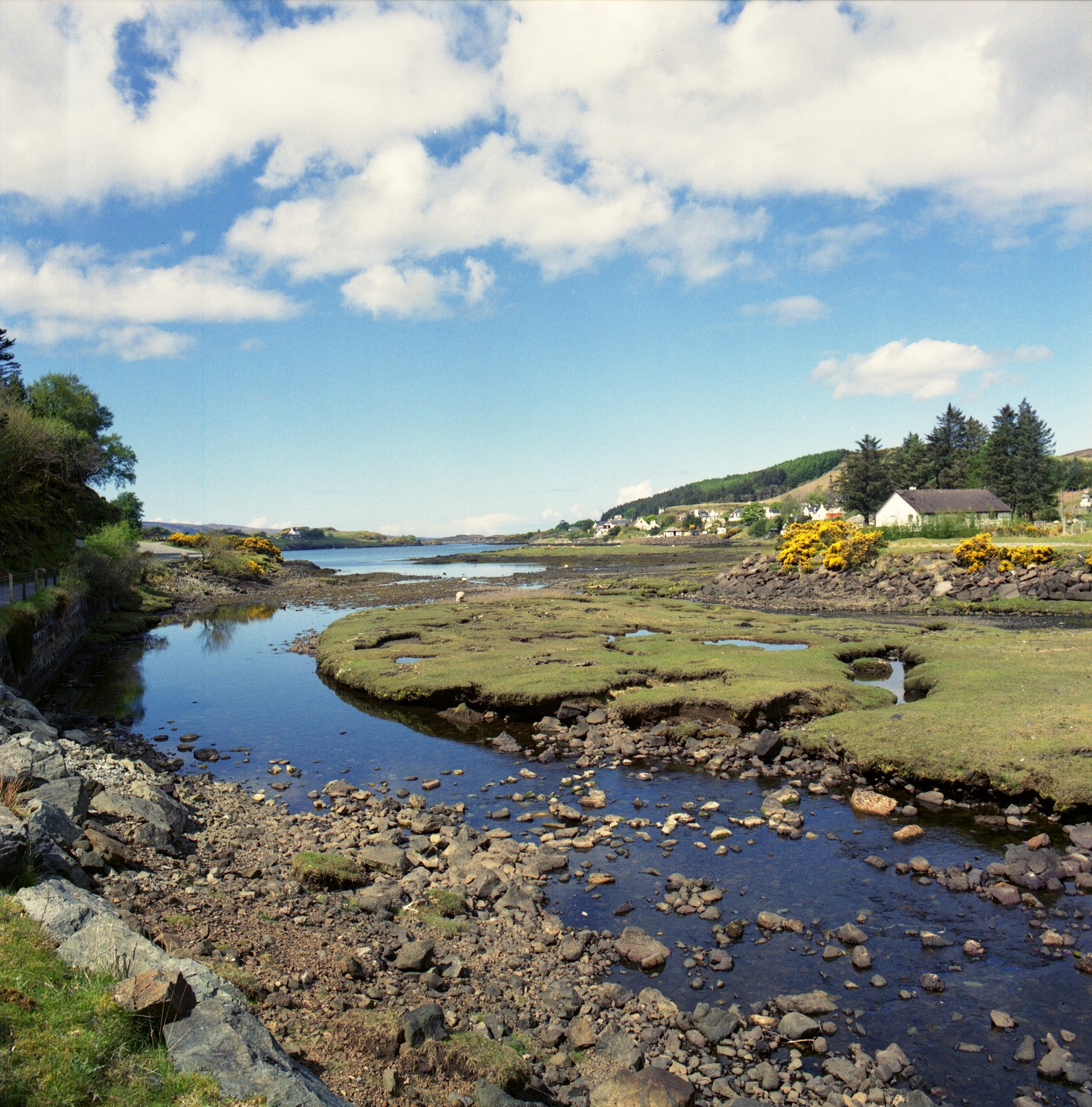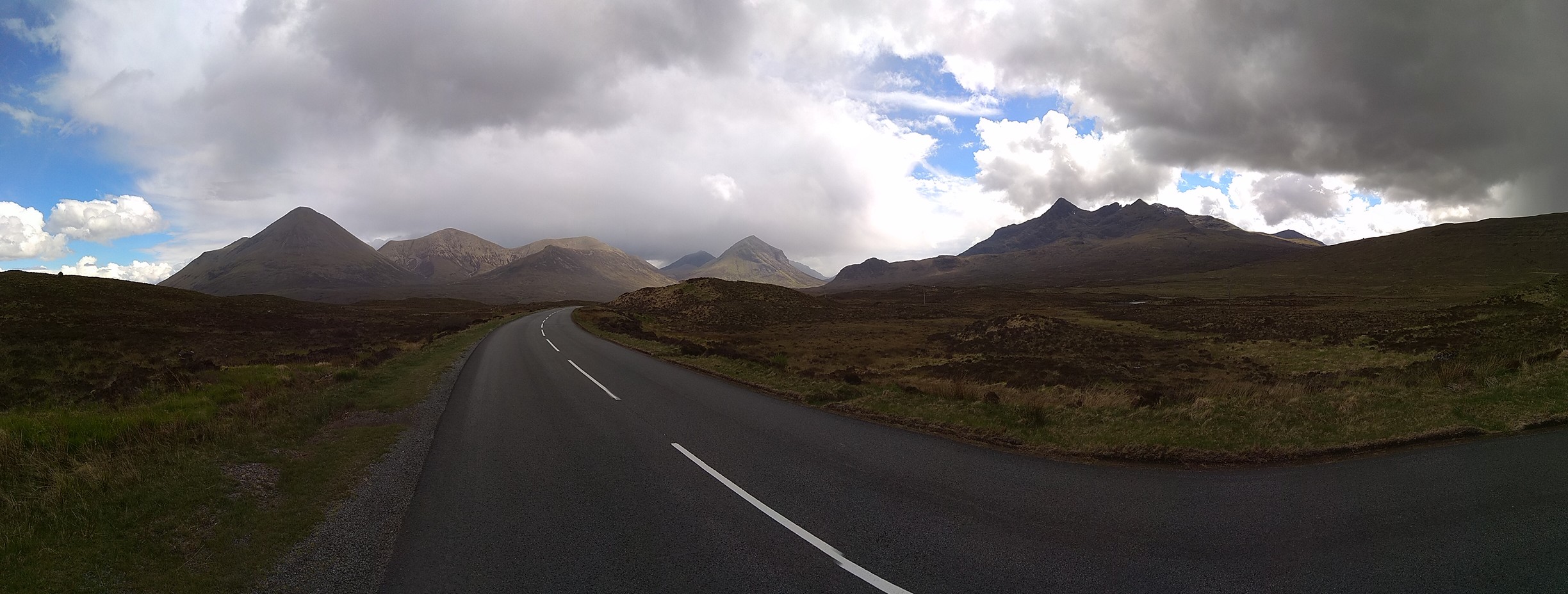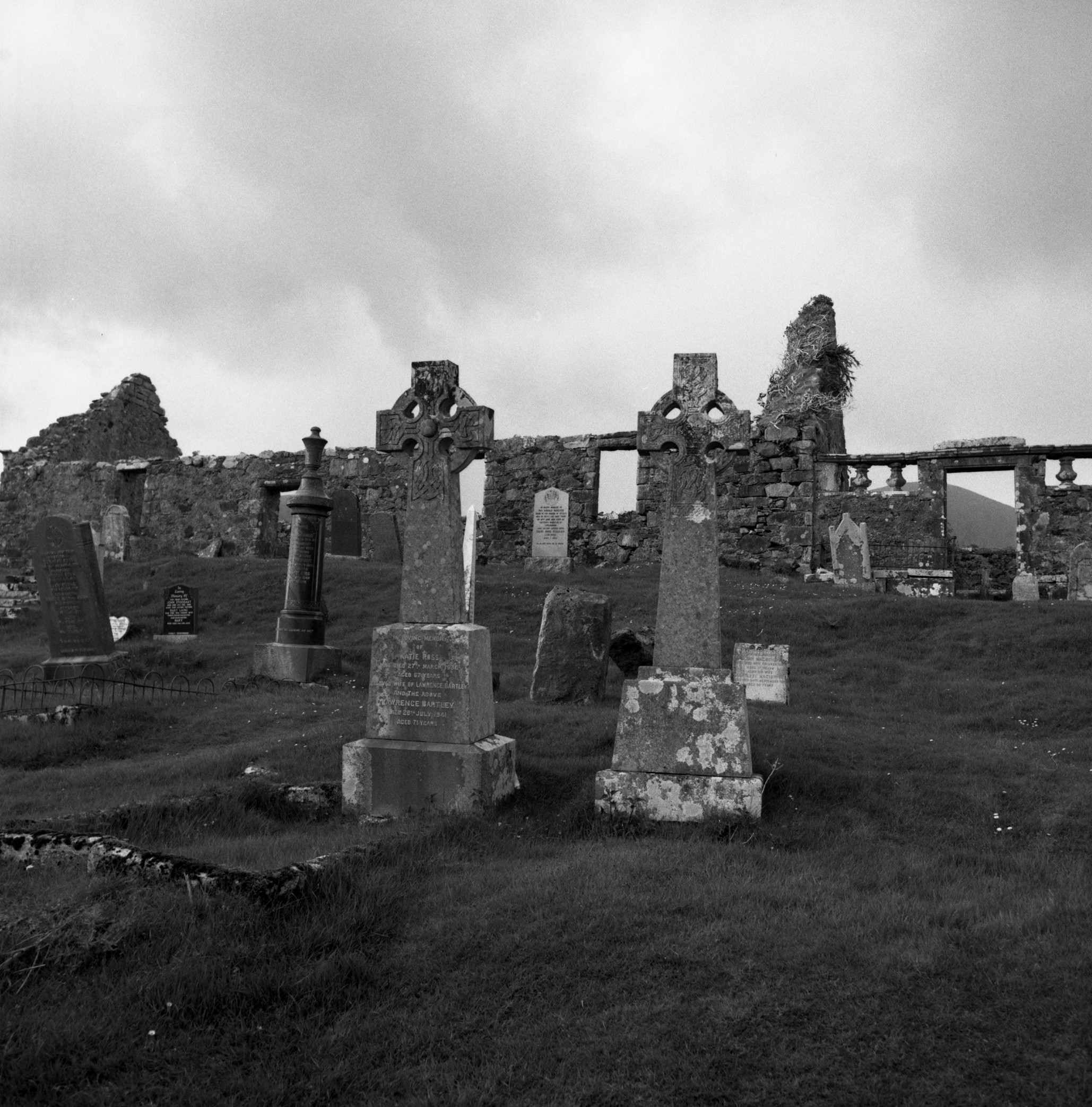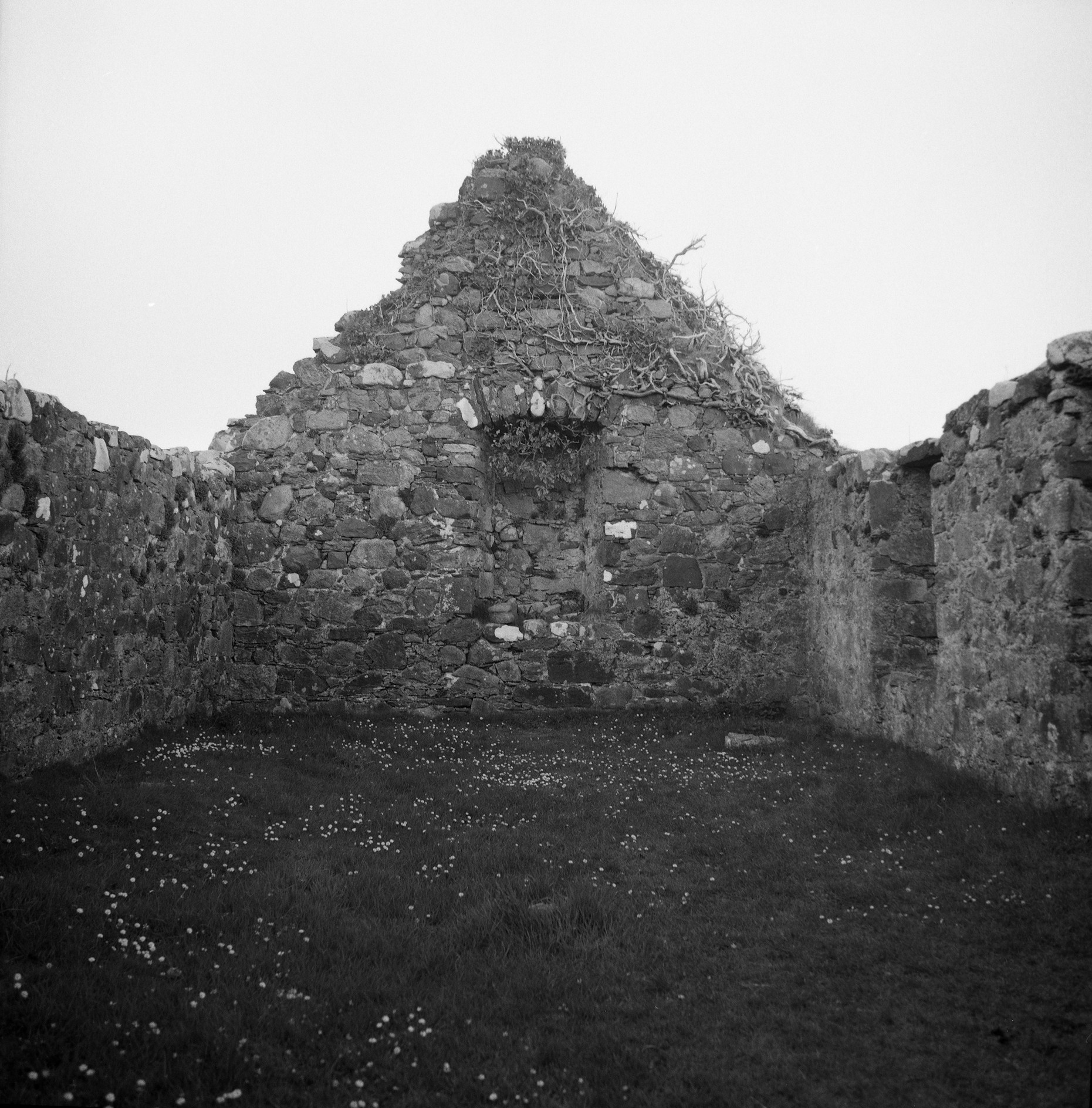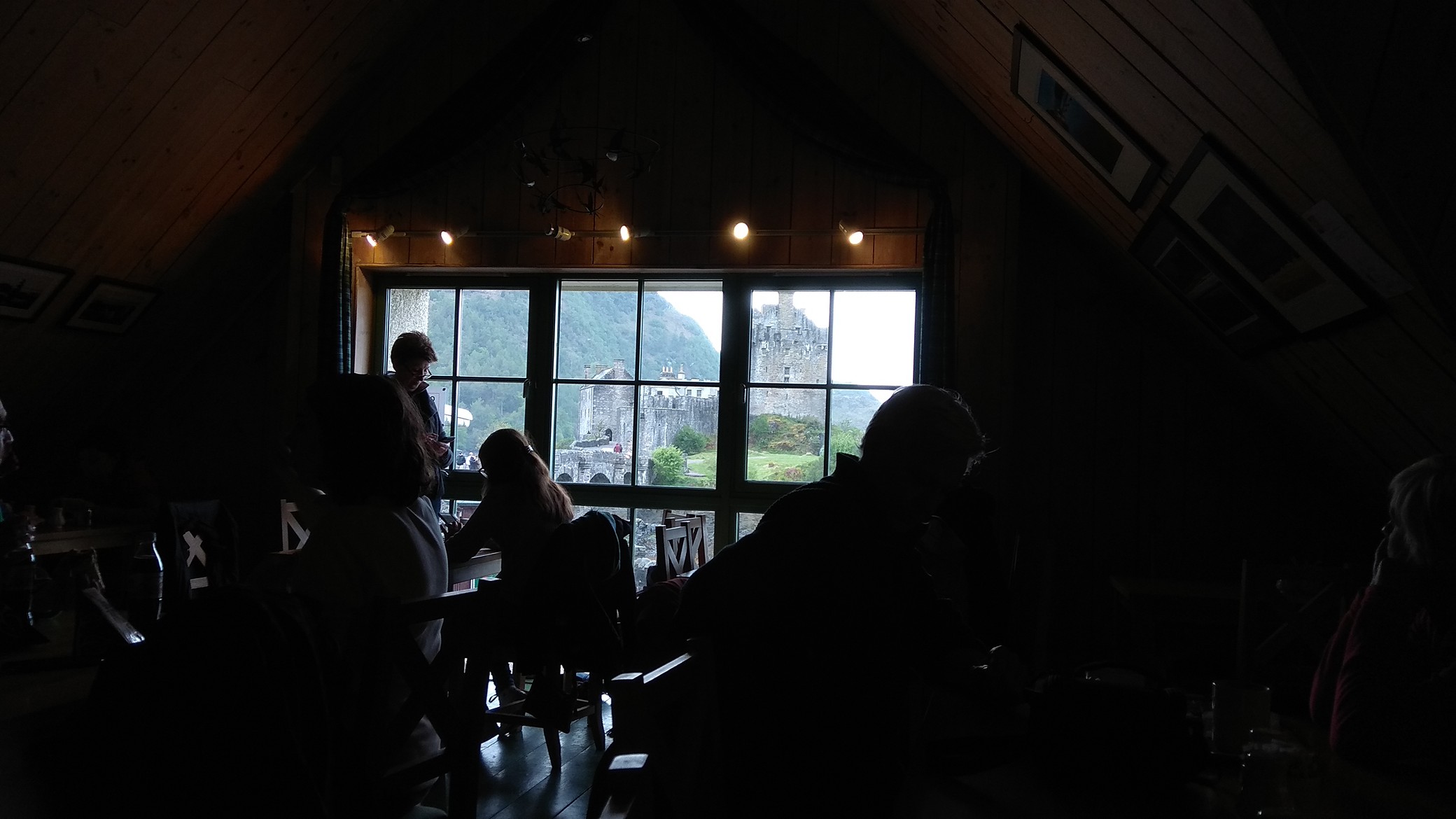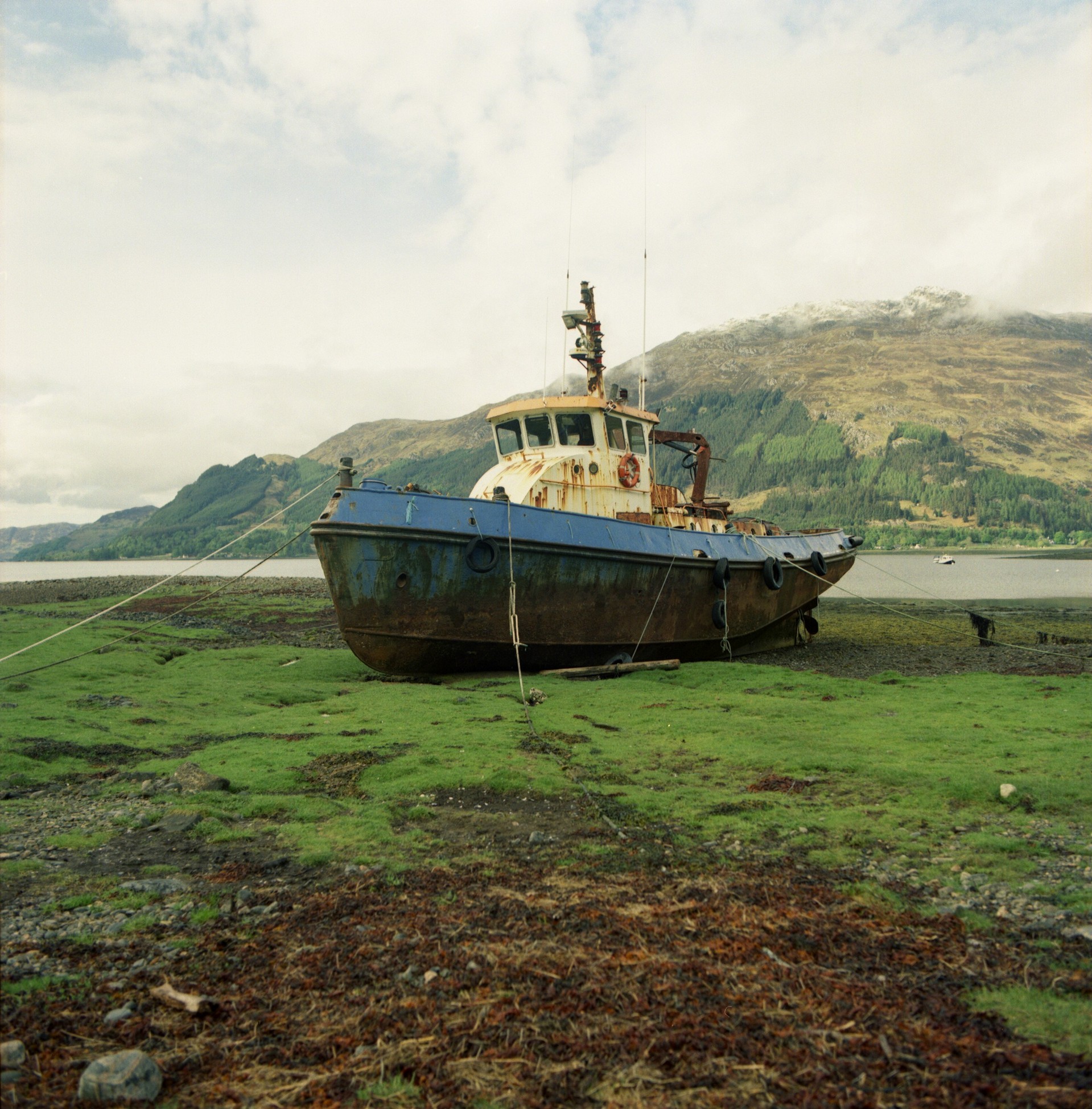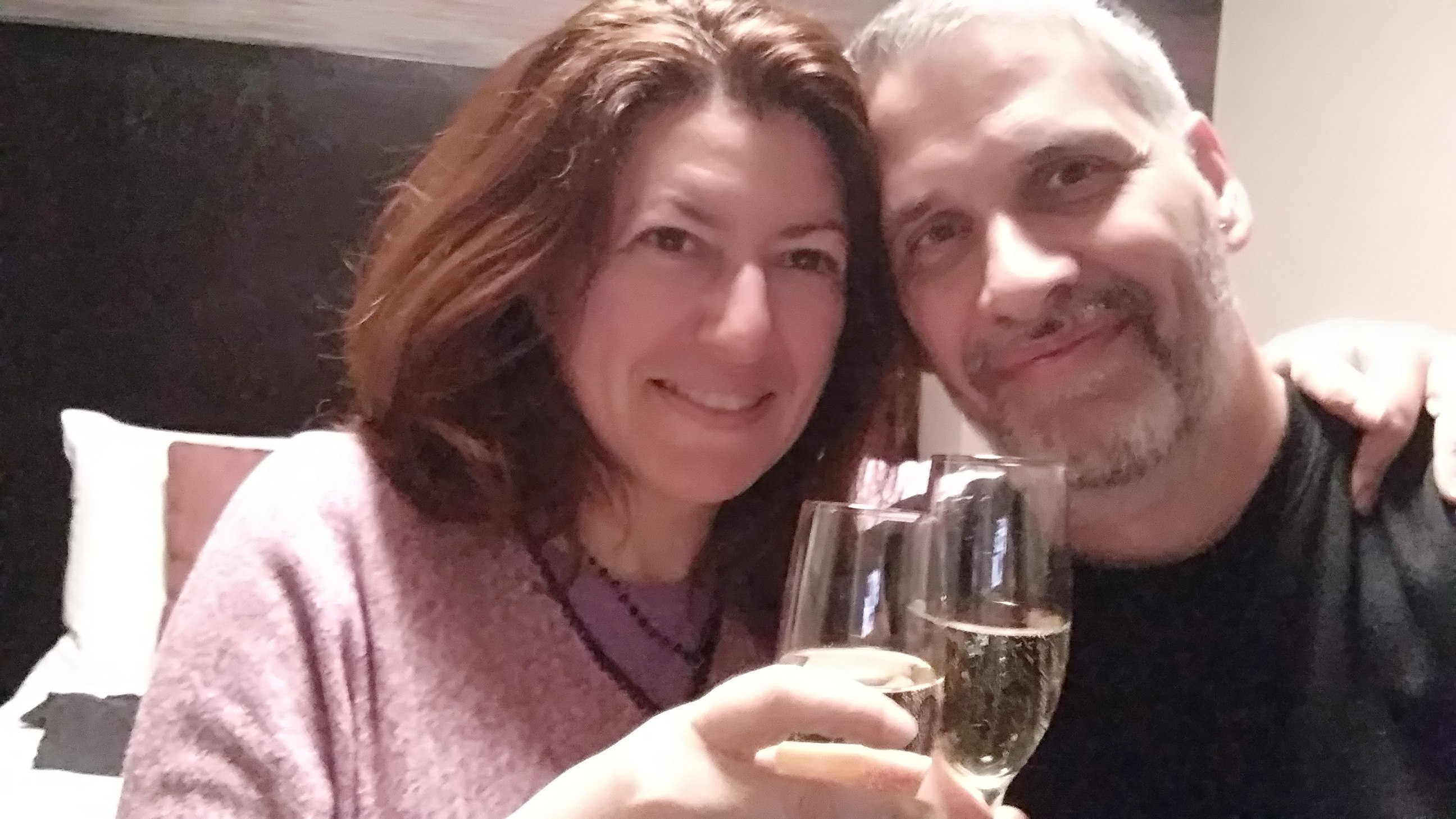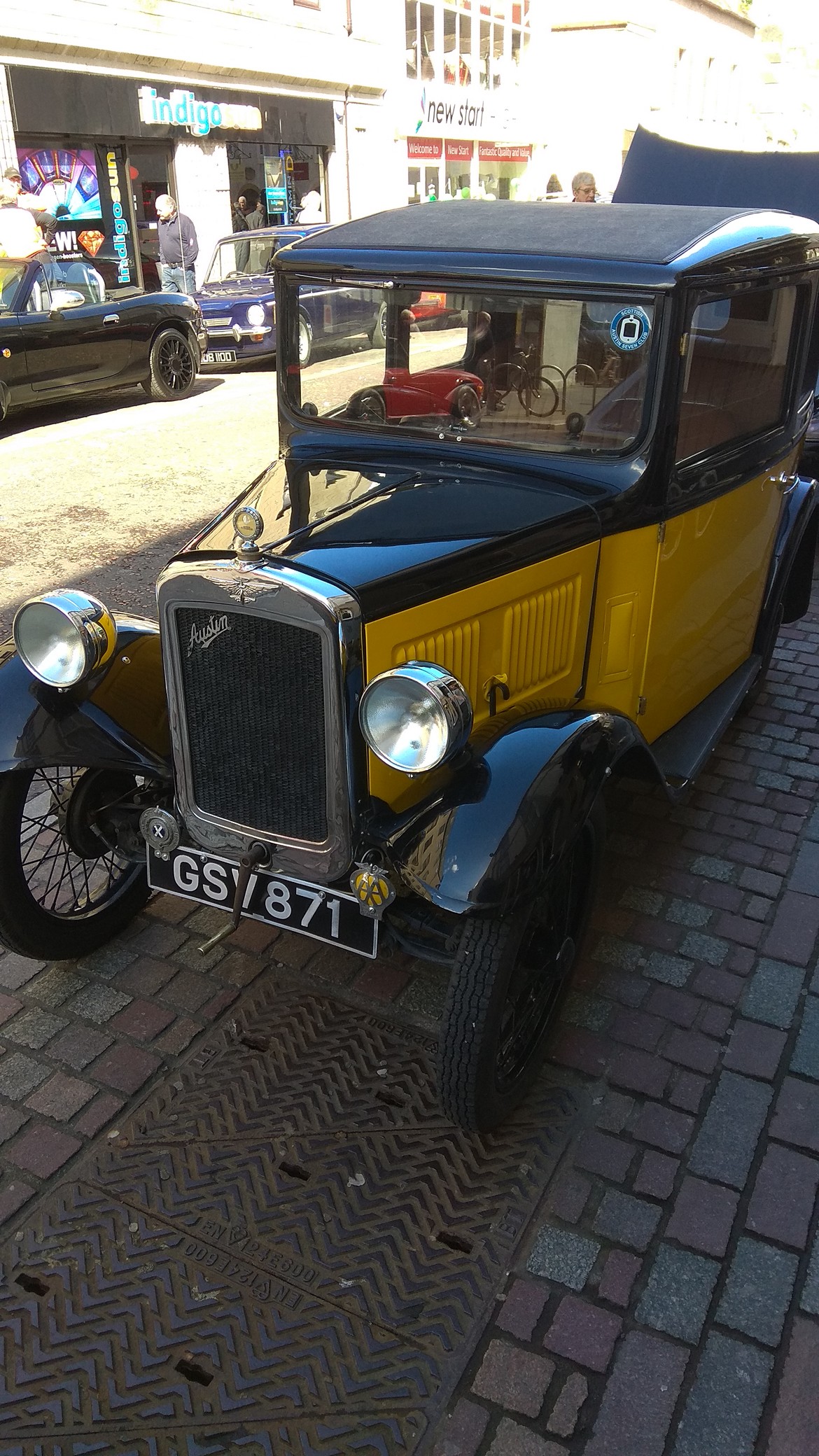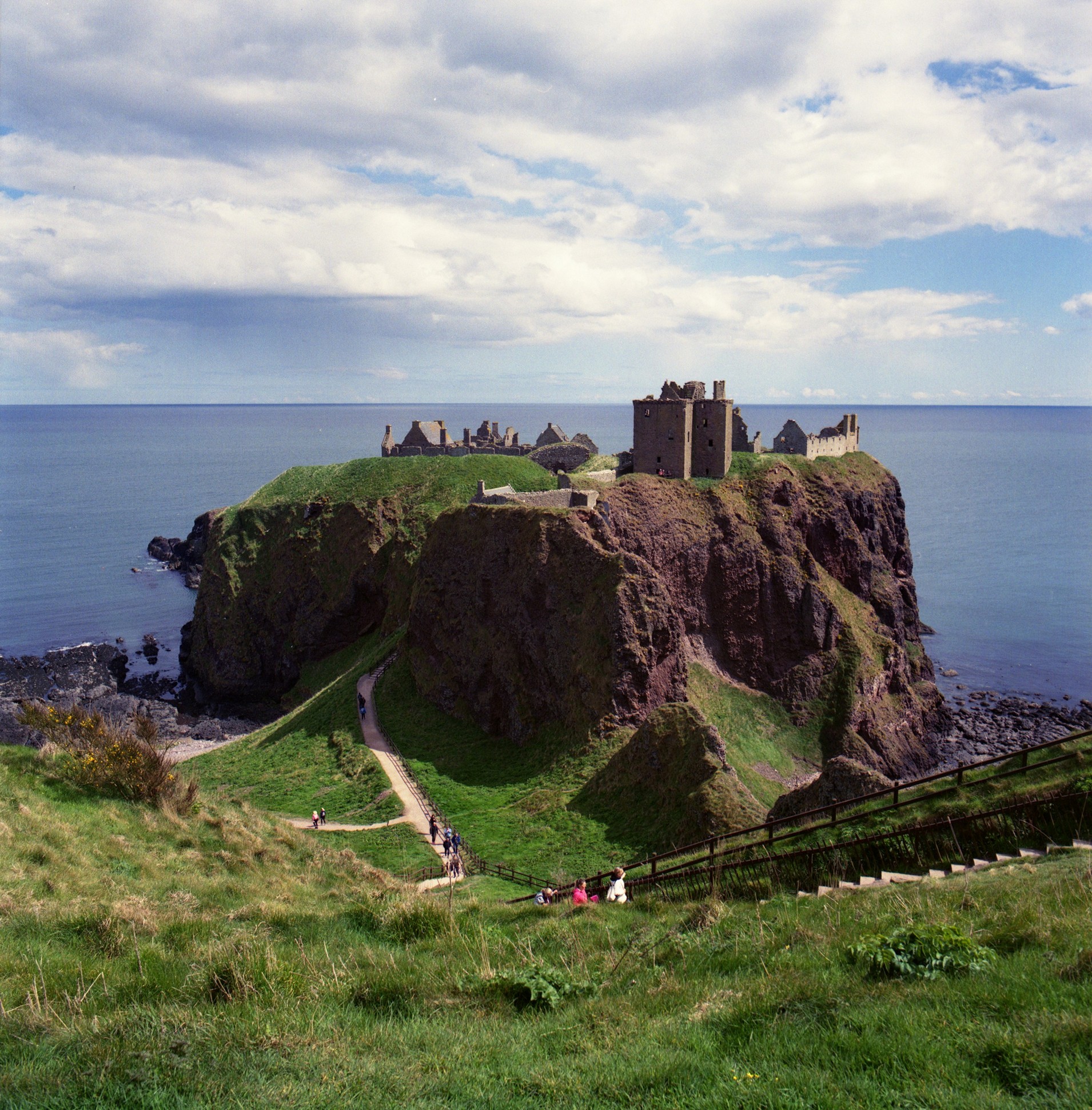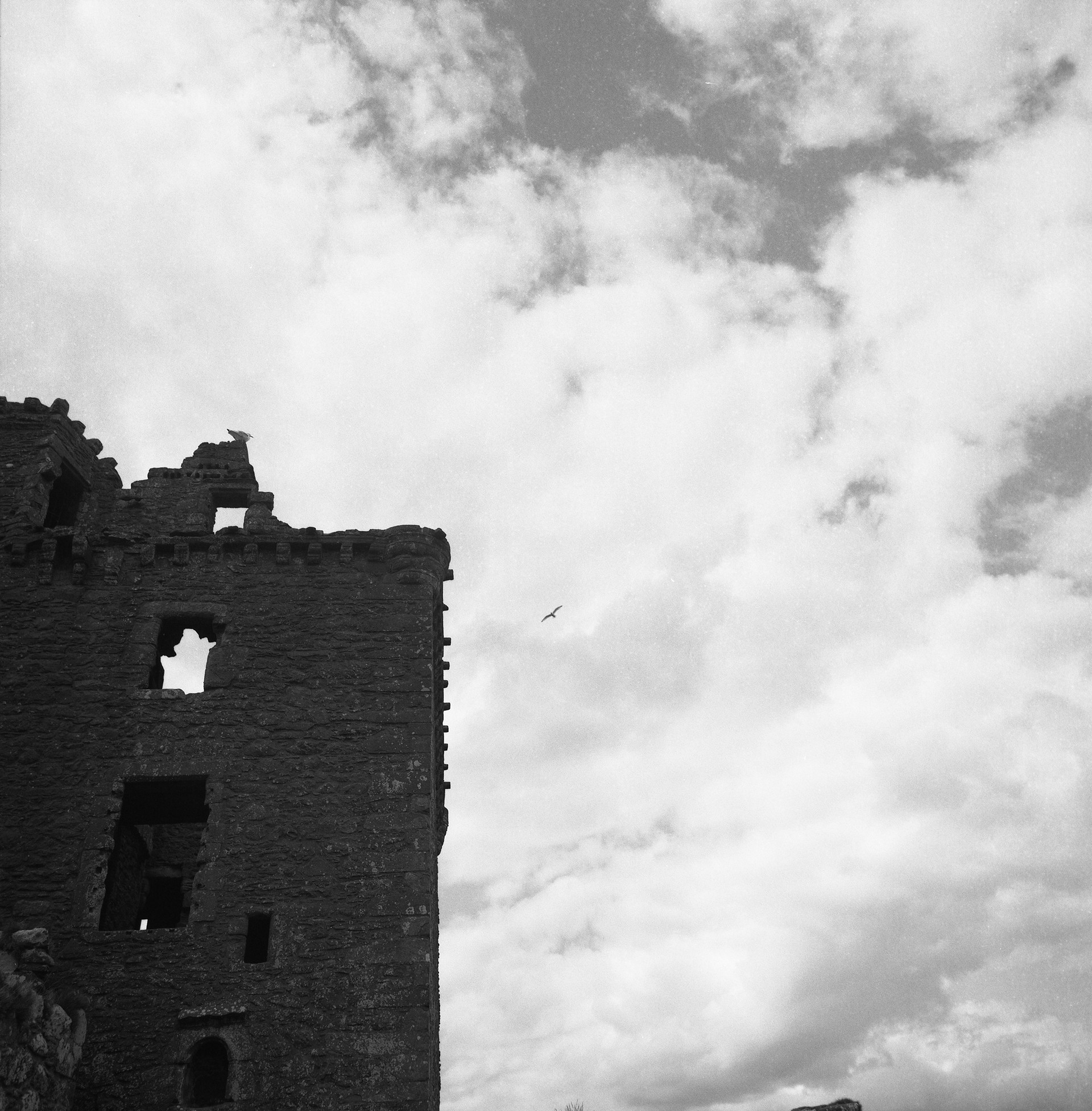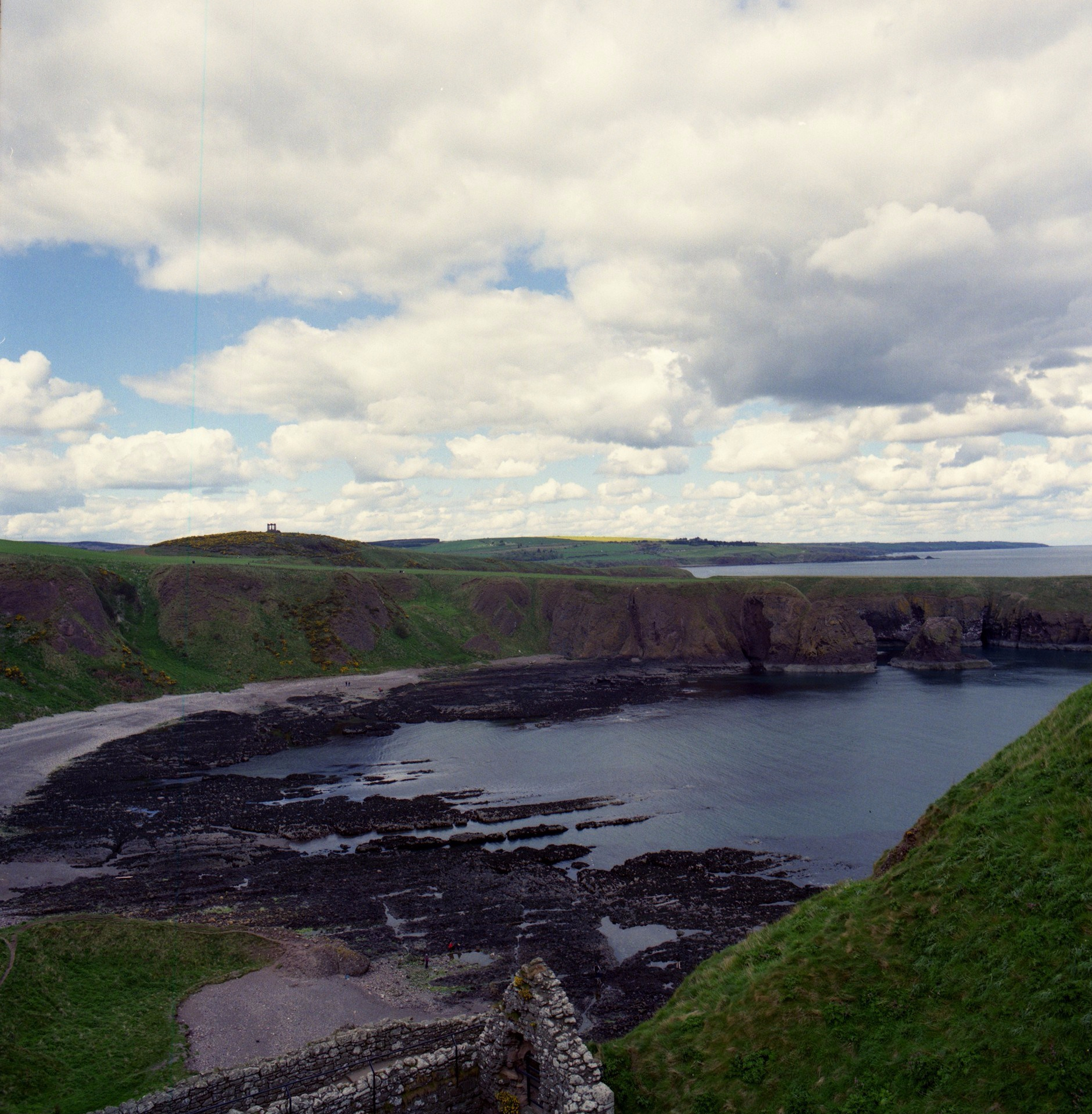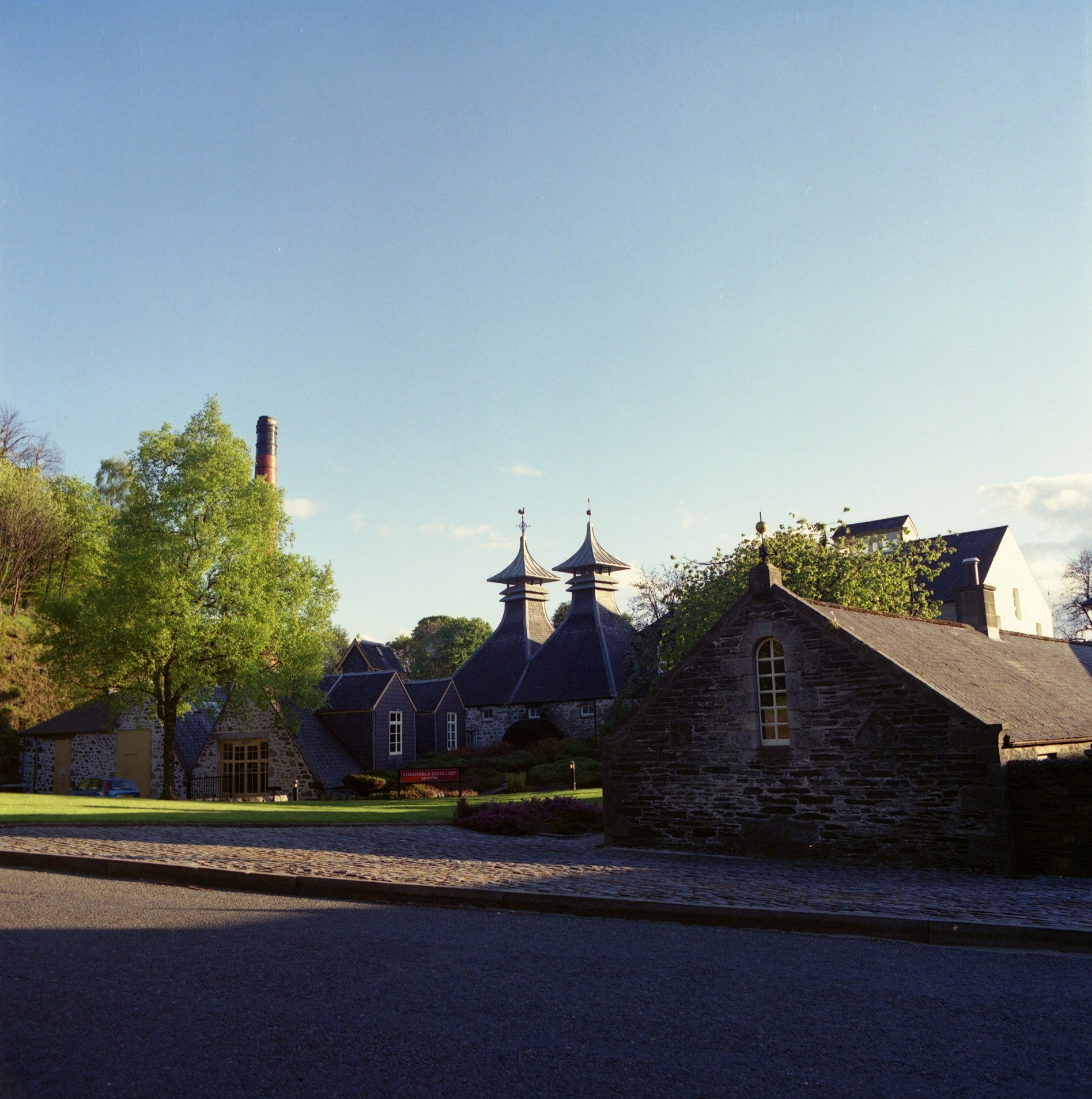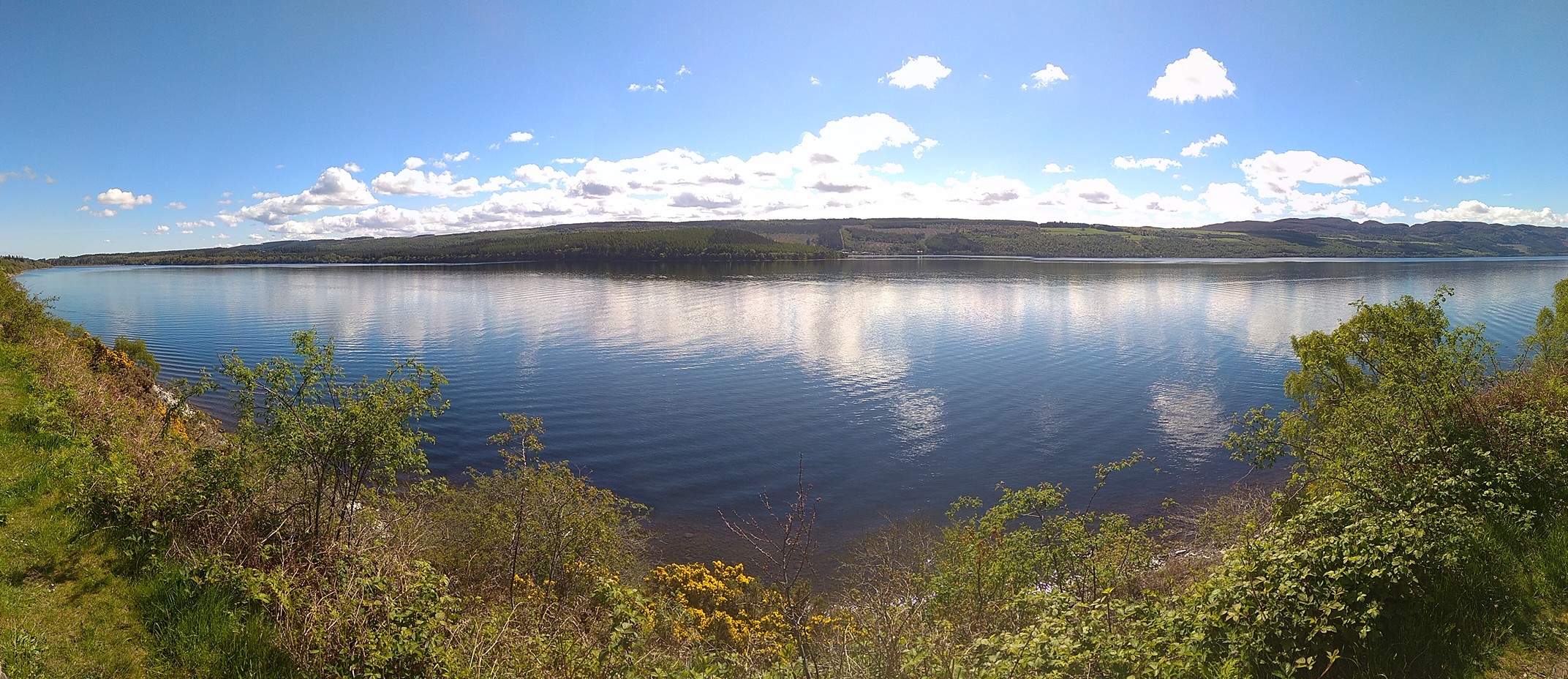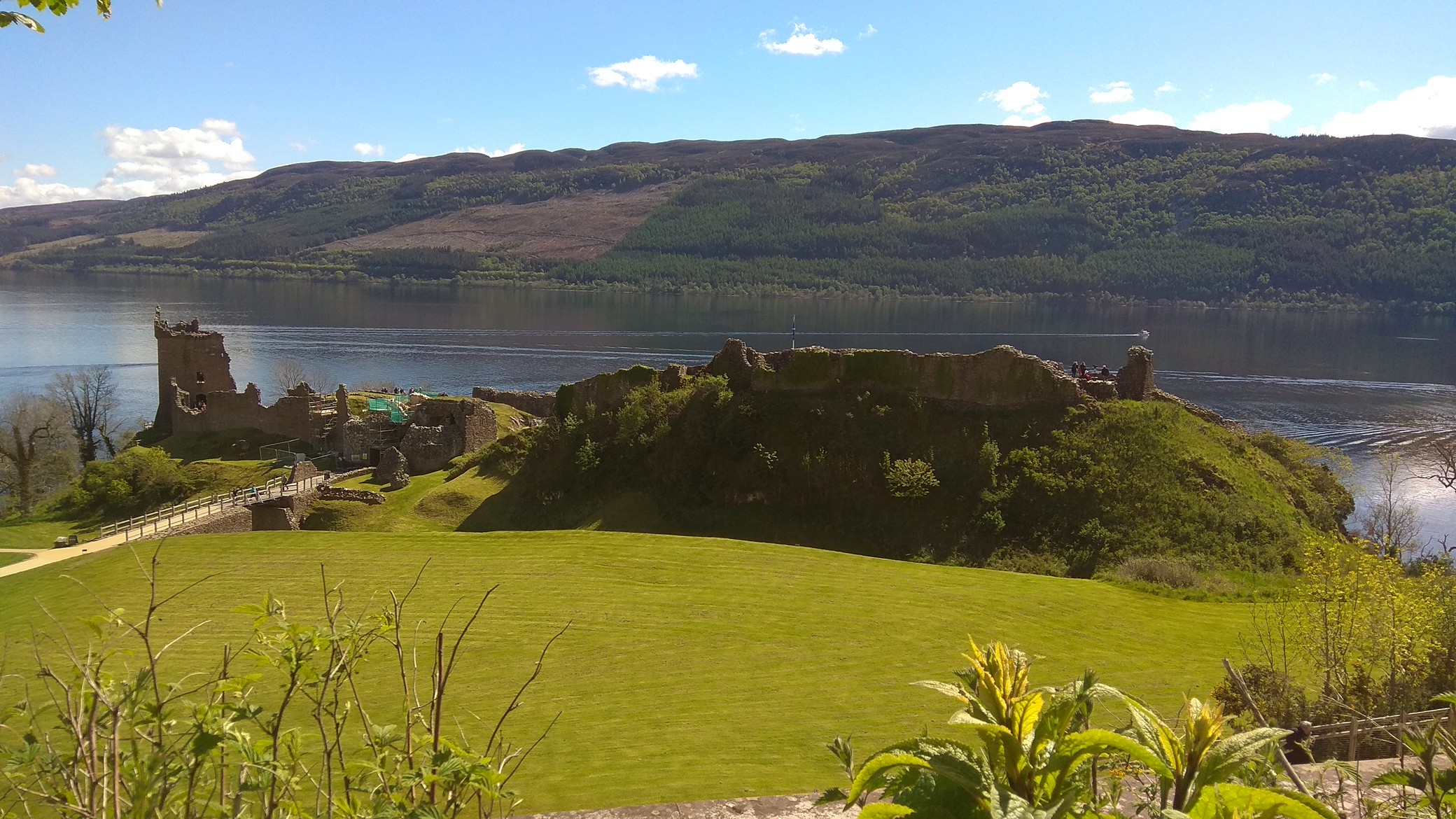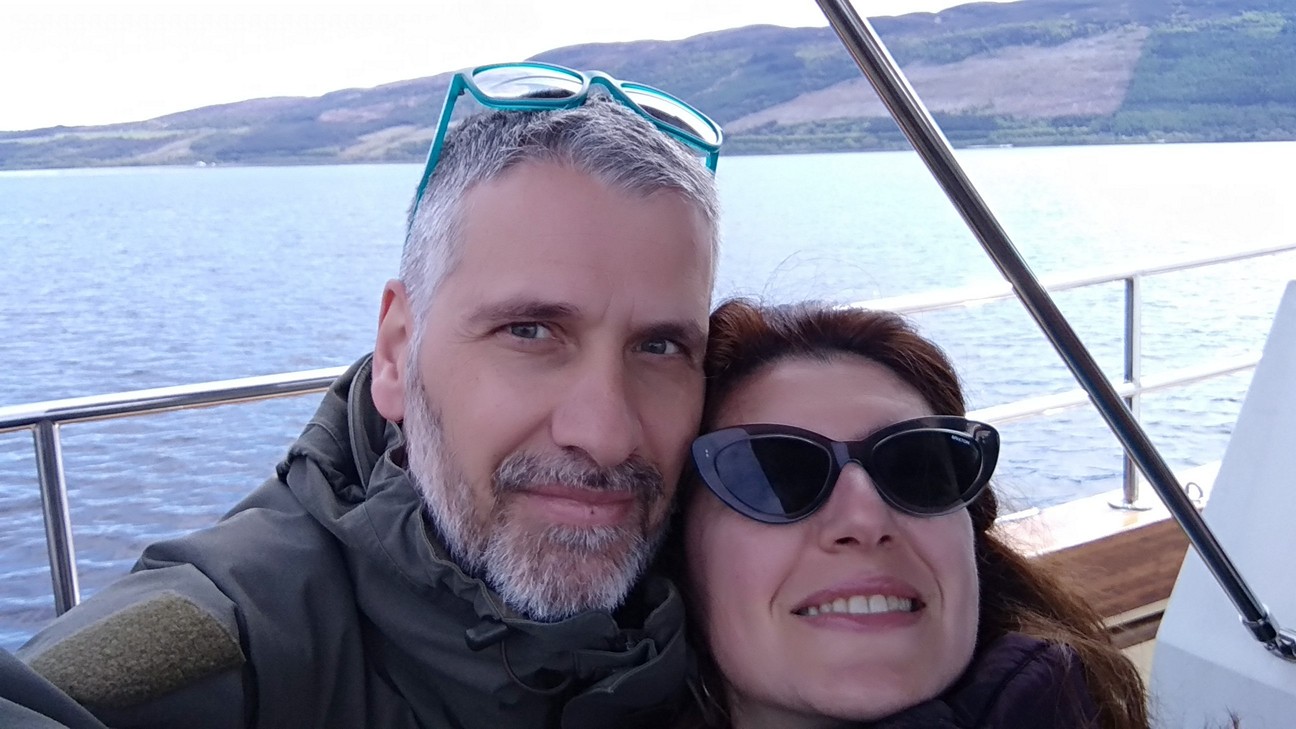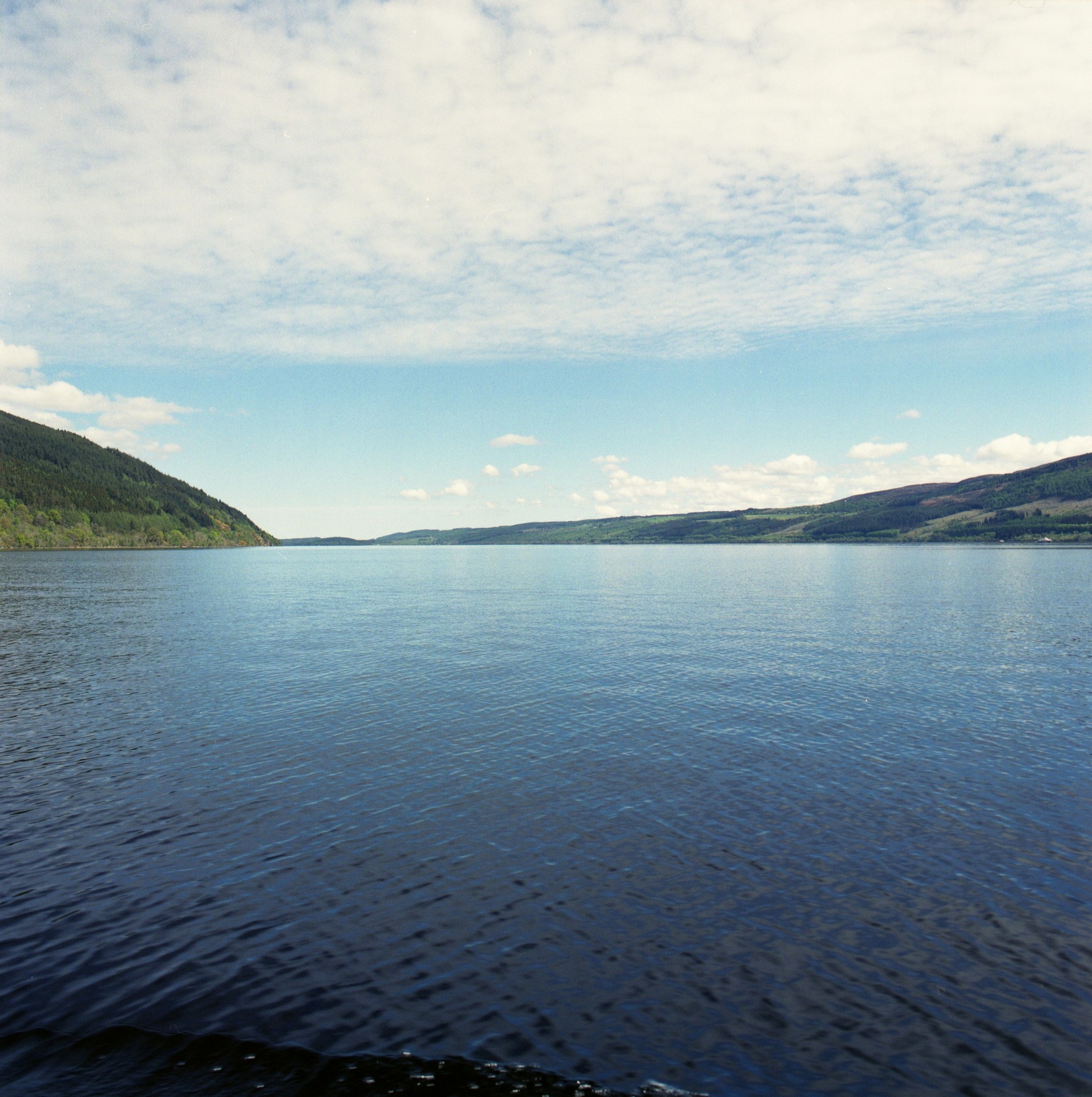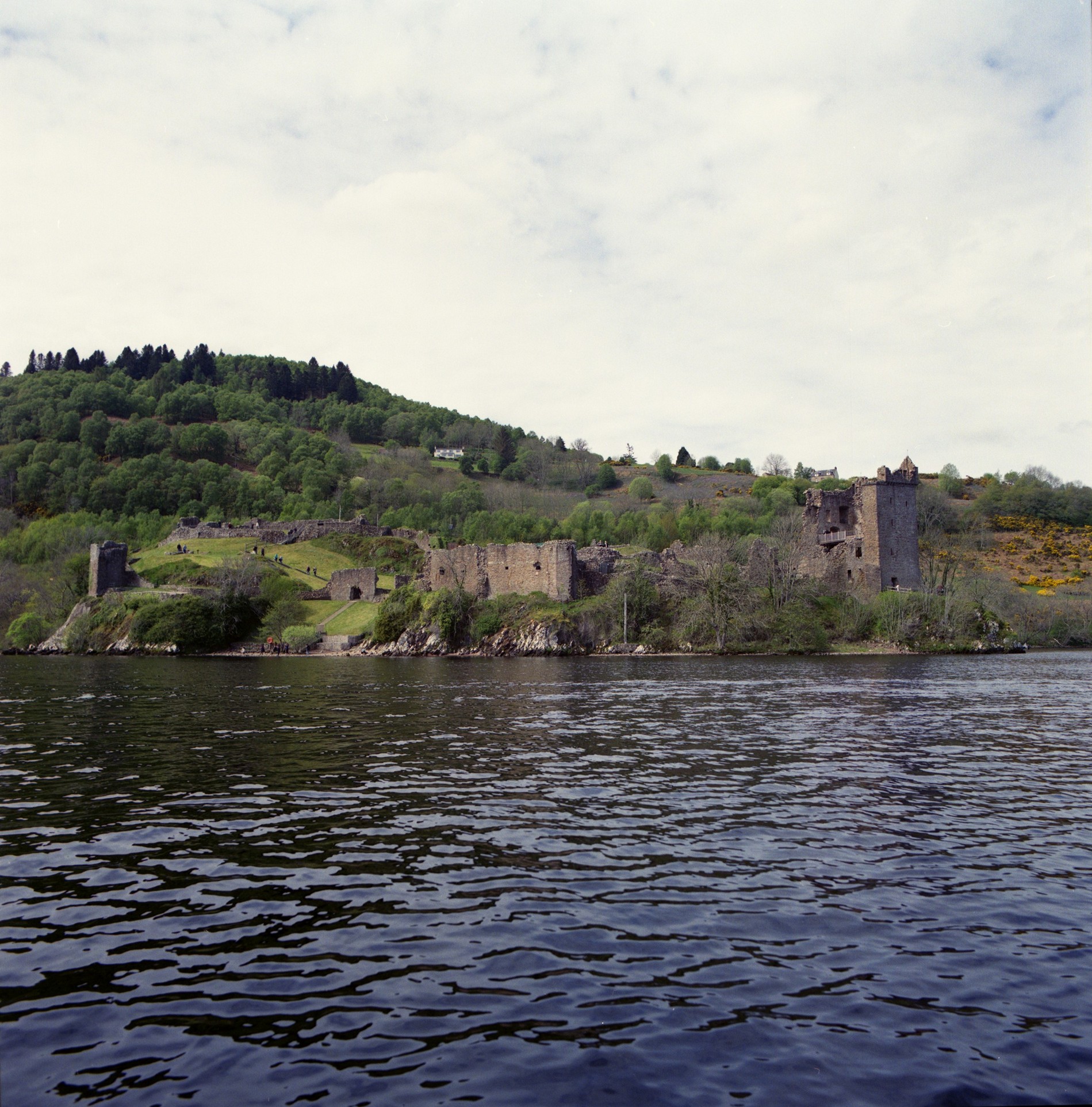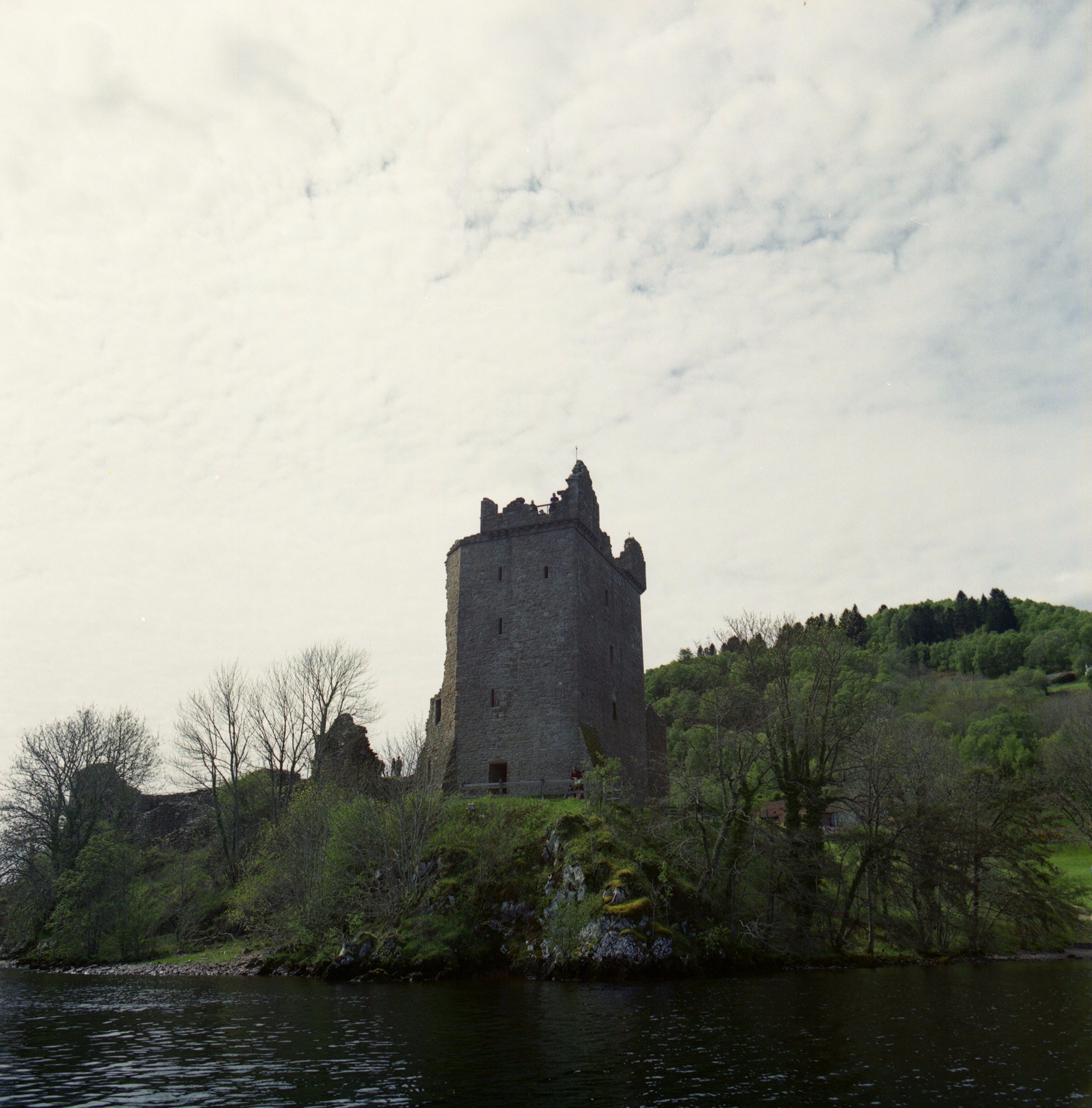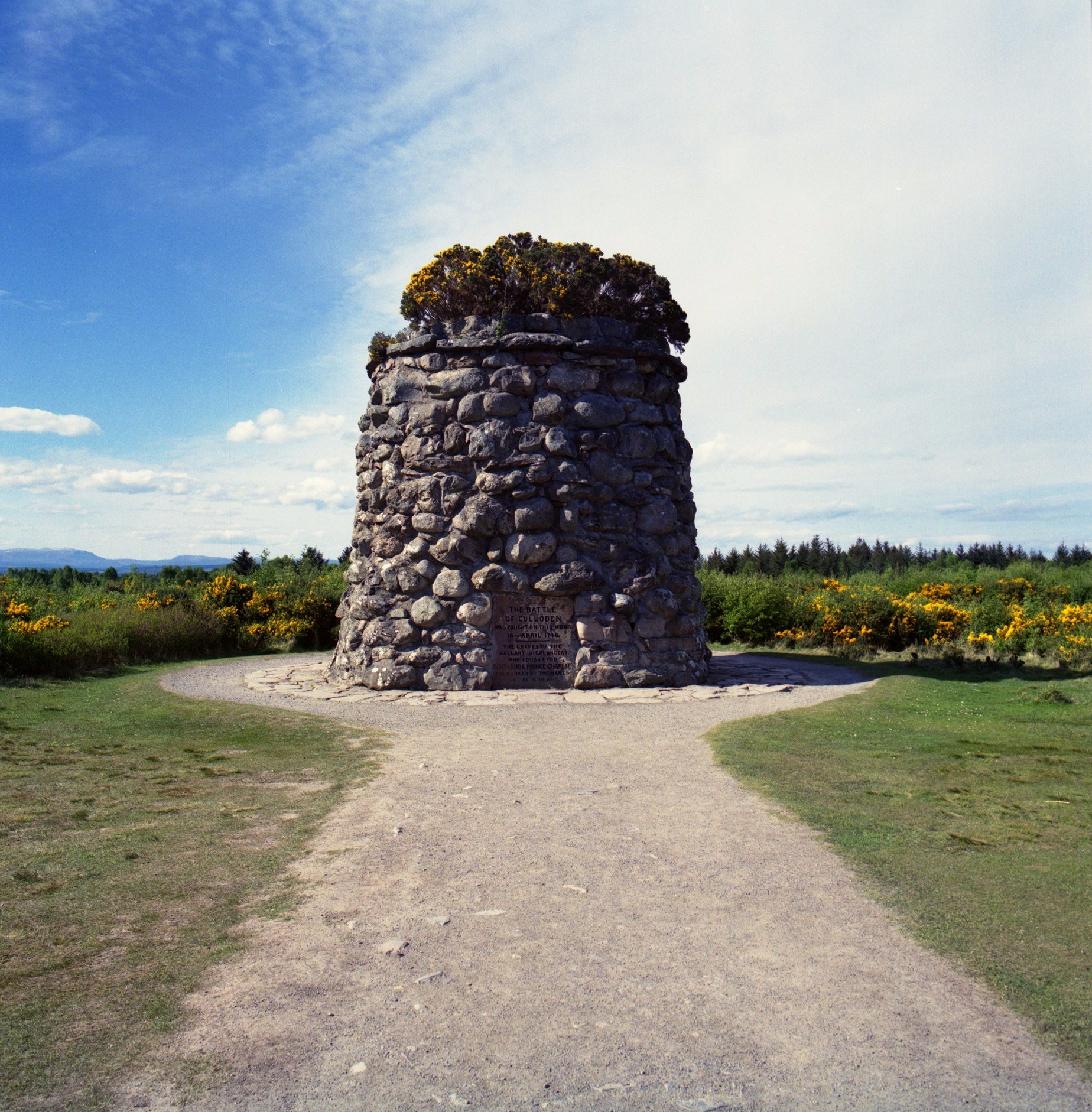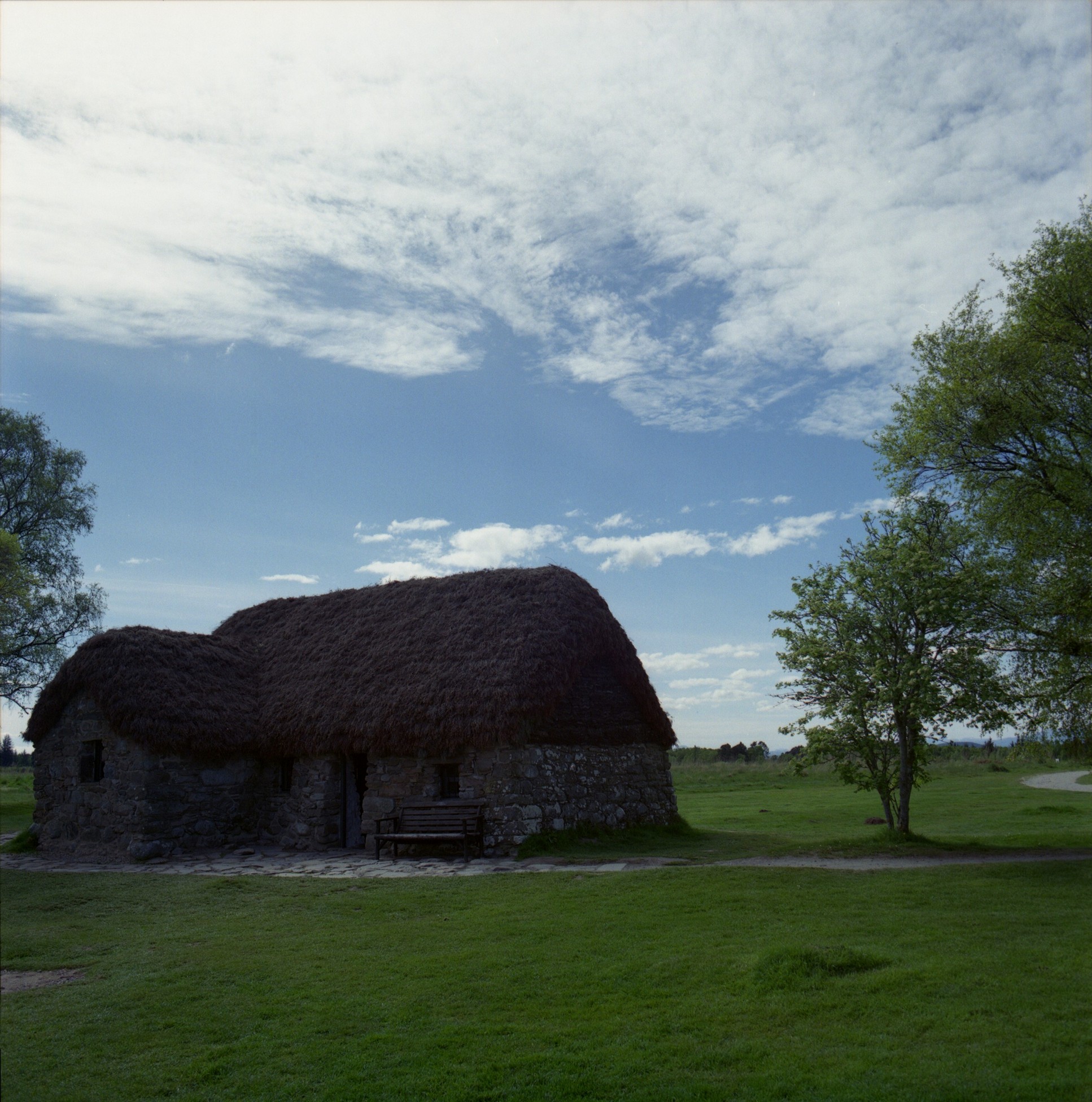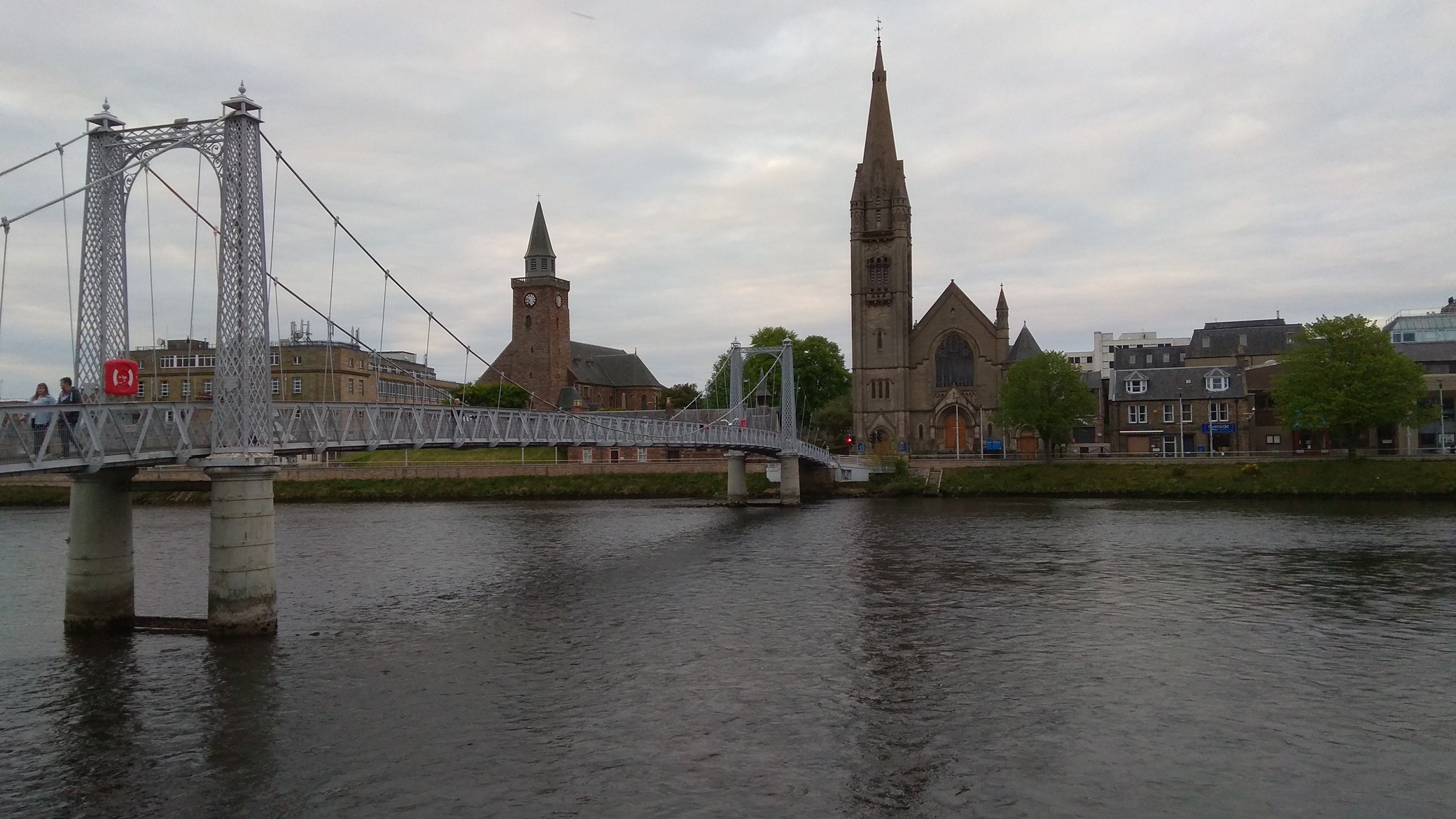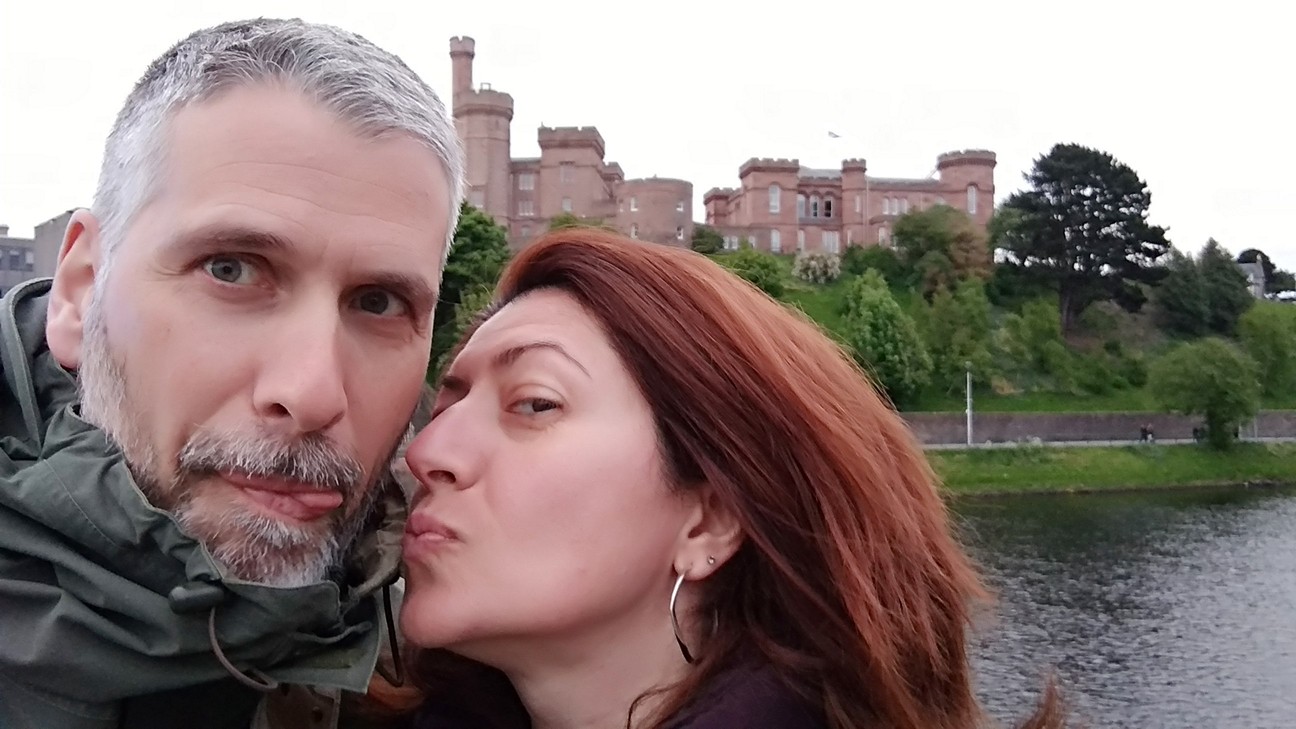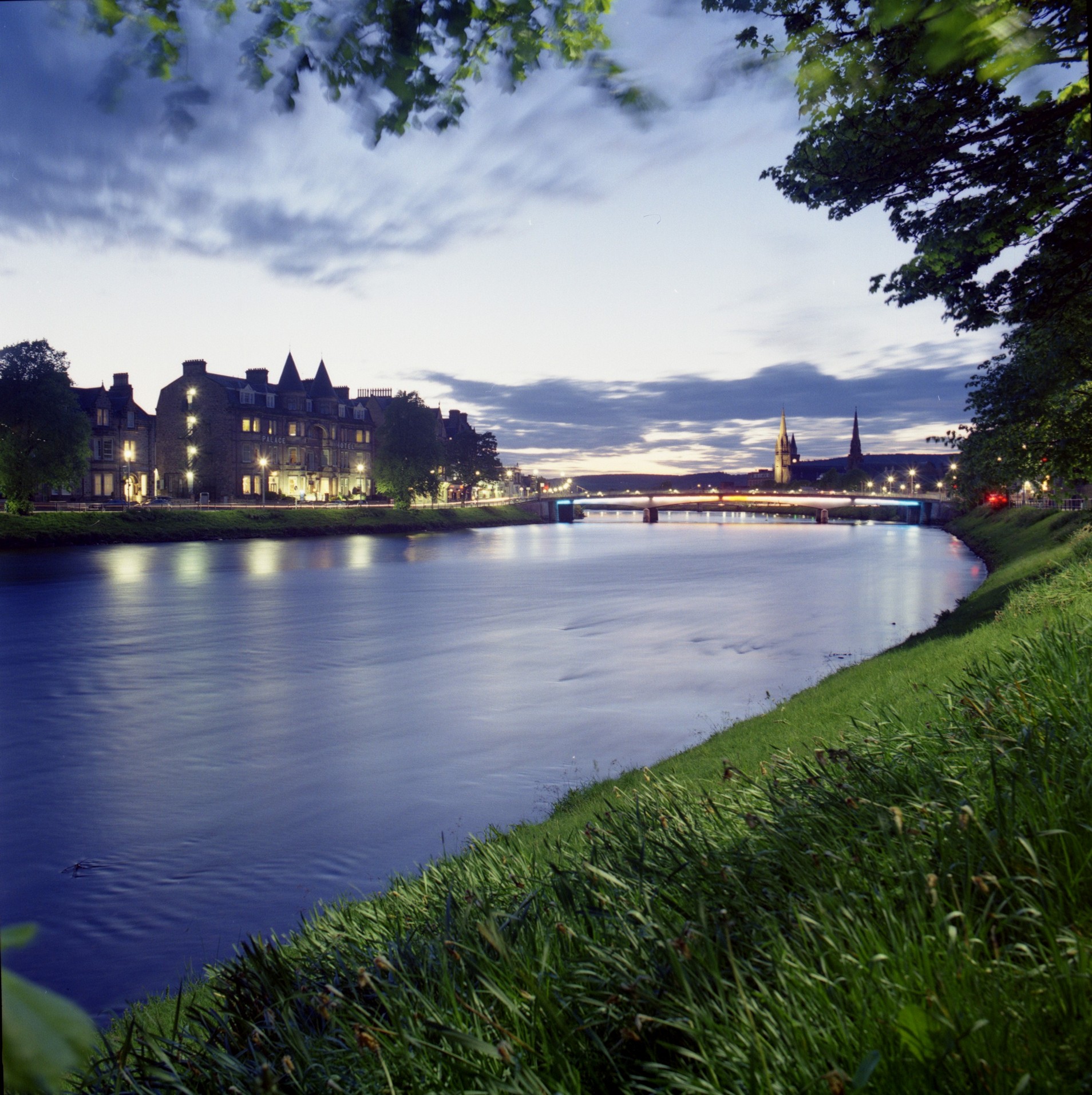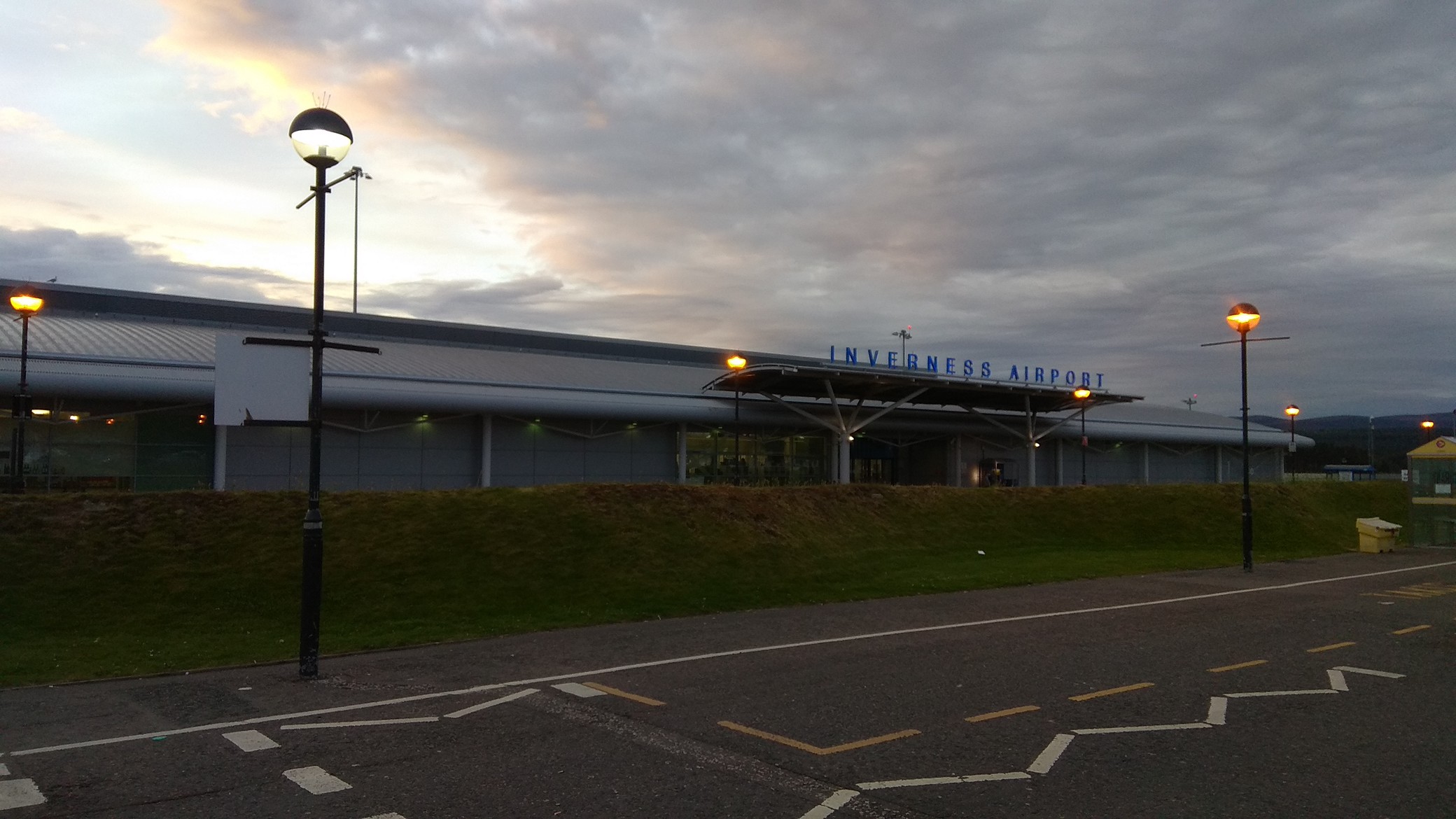Tags
Edinburgh, Glasgow, Glasgow Cathedral, Glenfinnan Monument, Glenfinnan Viaduct, Kelvingrove Art Museum, Leith, Malaig, Necropolis, Portobello Beach, Scotland, University of Glasgow

May 2023
So much have happened since our last time in Scotland. Difficult things to adjust to. Painfull. But you take the hit and keep moving. It’s the only thing you must do. For there’s no reverse. There’s only going forward. And it was about time we once again boarded a plane to Scotland. More photographs than words. Here it is.

Glasgow and Edinburgh only for this one. No car renting. Our flight landed in Edinburgh in a Tuesday morning. Blue sky with white scattered clouds. A very nice welcome.
The bus to Glasgow takes about an hour. As soon as the route starts and you leave the airport, your eyes drift away to the Scottish countryside which you like so much. It’s so nice to be back.



Some showers here and there, but nothing major. Clouds gathering, a wee chilly wind to wake up your warm skin, then spreading apart once more to let more light to the streets. Classic Scottish weather changing conditions, without the rain.

Checked in to our hotel and went out for a stroll and something to eat. We choose a pub -what else? – and it was the best intro to our first day in Glasgow.

Day light was still very bright and a short walk down by the River Clyde filed our eyes with sunny water views.





Back to the hotel to let our feet get some rest and allow the sun to set. Later, the night stroll lead us down by the river again to a very old place. Had to visit and enjoyed our time there.



It is considered one -if not- the oldest in Glasgow and chances are you will enjoy your drink while a guitar will be played near you and songs will fill the place.
On the way there and back, my eyes were drawn by a black building.


A good breakfast, coffee, and off we went…

A visit to Kelvingrove Art Gallery and Museum is a must while in Glasgow. A fabulous place to wonder into and explore the galleries. During our time there, children from an art school were practising drawing and painting. Dispersed in various places in the building, the lively little artists were a delightfull view amongst the exhibits. In the main big hall, an Organ fills the place with it’s distinctive sound when played every day for some time. A small cafe serves the need for a refreshment break. Entrance is free but we would gladly pay to get in. There are donation boxes, if you visit do donate.












The day was once again great and fitted the walk up Kelvin Way to the University Of Glasgow.




The Hunterian museum is inside the historic Gilbert Scott building. For us non students a perfect opportunity to step in the old building. The museum itself is excellent and houses Scottish mineral treasures, dinosaurs and fossils along with excibitions dedicated to the Romans in Scotland, W. Hunter, the scientist Lord Kelvin and Glasgow’s medicine history.




Took us a while to find the right door… it was her major afterall… just in another university. Can you make ‘English Literature’ on the sign?


A quick lunch brake in Bank Street Bar Kitchen, a ‘student’ spot that brought up memories of our desk years and felt good. Then off we went down the road…





Bud Neill was a Scottish cartoonist for a number of Glasgow newspapers between 1940-1960. Here is Sheriff Lobey Dosser of Calton Creek. Rank Bajin, a resident of Calton Creek, and El Fideldo the sherrif’s two-legged horse.


Next morning we set the walking route to the opposite side. The end of Cathedral St takes you to the Glasgow Cathedral next to the Necropolis but before emerging to silence you pass by the tall modern buildings full of youth life and dreams.











On the way back via High St and in George St we once again mingled with the modern University buildings and saw some destinctive Murals.












Next stroll took us down by river Clyde on a bright afternoon.




Glasgow played an important part in shipbuilding and docks were flourishing it’s waters. During a short meal, dusk came to be.



As I mentioned earlier there was no car renting for this trip. But as we wanted to visit a well known viaduct we hoped on a daily bus trip from Glasgow. To anyone seriously interested in a daily bus trip from Glasgow (or Edinburgh) do decide on the date and route and buy your tickets before travelling to insure your going. We chose the “Glennfinnan Viaduct, Mallaig & Glencoe Tour” with Discover Scotland Tours. Plenty of views of rural Scotland that we love.




More important than a refreshment and souvenir stop, the Glencoe visitor centre provides info and advice on the difficulty and possible hazards on the various Glencoe paths to any trekking admirer.


Malaig is a small port with a few places to eat and stroll.




It is also the end destination of the steam train coming from Fort William before returning. Most daily bus trips schedule their time to ‘catch’ views of the train as it passes over Glenfinnan Viaduct on the way back.



The view of Glenfinnan Monument from Glenfinnan viewpoint is beautiful. It takes some steps uphil to get there but it’s worth it. In our opinion it’s not worth it for the Viaduct. A better view is the one closer from groundlevel. If you want to admire the viaduct’s curve you have to have time to go closer to the viaduct’s sides and way higher from it.

Upon arriving in the visitor centre, we went down to see the monument, then went up the viewpoint were we decided it was best to go down and head closer to the viaduct. The view was better and soon after the steam train passed on it’s way back to Fort William.

We made a few more stops on the way back to Glasgow before completing the 12h bus trip.


Glasgow is a beautifull city. We made choices as to where to go for the days we stayed. There are more things to go to, the Botanic Gardens, the Museum of Transport, Pollock Park and more. We took the bus and headed back to Ediburgh for the remaining days of our trip.

Leaving the bus station we walked a bit towards the bus stop to wait for a bus ‘ride’ to our booked hotel. Edinburgh is very familiar to us by now, on a Sunday with a sun like this, we were certain our destination after ckecking-in the hotel would be crowdy.




A sunny warm and calm walk led us to Portobello. And a couple of streets further, it’s beautiful beach.


Chose to include two photos after enough walk off centre for the beach to be with very few people.


Brighton Park on Brighton Pl, hosts the ‘Portobello Market’ every first Saturday of every month. Must be quite interesting and tasteful but it was a Sunday afternoon. The park was almost empty. A gentleman was painting and a group of girls was chilling on the grass. We sat there for a while to enjoy the silence and the sun.


It’s rather impossible to decide if you prefer Princess St by day or by night. So let’s just agree we love it eitherway.





Scott Monument drifts into the night as we head back to the hotel room. Next day comes a special day.

The ‘Scotland 2019’ piece starts with a photo inside the Cafe Royal and the text: ‘The beautiful tile murals at the Cafe Royal lit up our eyes and the stained glass, the mirrors and wood blend nicely. A fine place. We would meet our friends Gordon and Dorothy, but I messed up the dates and it didn’t happen. It will in the near future we hope…’ and it did, 4 years later, and we were so happy it did.
We got there earlier and I had in my mind to tease Gordon if they were just a minute late… they weren’t late, they got in from the other entrance and my plan was shuttered when I glimpsed inside from the window and there he was ordering at the bar! Proper introductions were of course not needed at least between Gordon and me. I just stood by him and asked what he ordered, he replied and asked me what I will have. It’s that simple. Just a few meters back, Elina and Dorothy matched our mood and soon after this gang of four occupied a table with a history.
Then we walked to a nice restaurant for a fine meal and then walked more right up to the tracks until the gates of the train opened for our favourite Scottish couple to return home. Till next time our friends!

Overwhelmed -though a wee sad the time passed and they had to go- we strolled in Edinburgh towards Circus Lane and then back to centre and Rose St to an old pub.





Next morning the sun was again too bright to let go. Perfect conditions for Pricess St Gardens to host people enjoying the light.



Dedicated to Robert Burns, Sir Walter Scott and Robert Louis Stevenson, The Writer’s Museum is a fine place to visit while in Edinburgh.
***A stop to visualise ourselves in another era… great times!
The clouds add to the sky’s beauty and your eyesight is in full throttle. Even if you don’t plan to enter the Castle, go for the views of the city.


‘Take me to the water’ she sung, Leith in sunny weather is also a fist for the eyes.





***We explored our Scottish past fairytale inside the Tartan Weaving Mill. ‘Royal’ does not suit me, never did, I choose to wear something more true to me.

The bus to the airport awaits. We get in, I glimpse a wee of Scott Monument as the engine starts.

The iconic Edinburgh airport tower, the problem is I see it from the wrong side. The departure side.

The last image in this post is a black & white film photo with the artifacts of developing from an amateur with no intention to be better at it. It could have been taken years ago, or this May that passed. What it shows is what matters to me. It sums up my opinion, thoughts and feelings about Edinburgh and Scotland in general.

Nasos Papathanasiou
